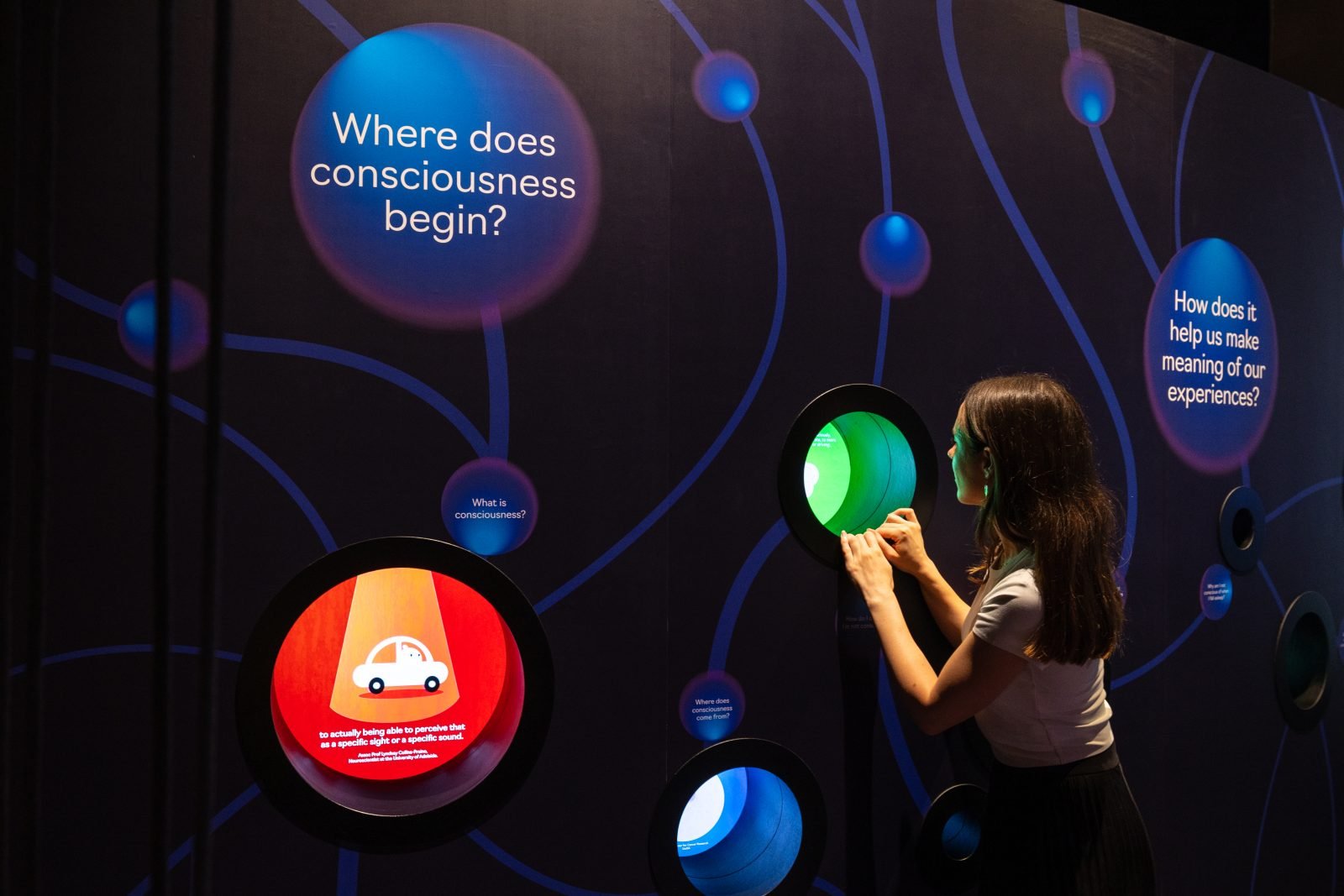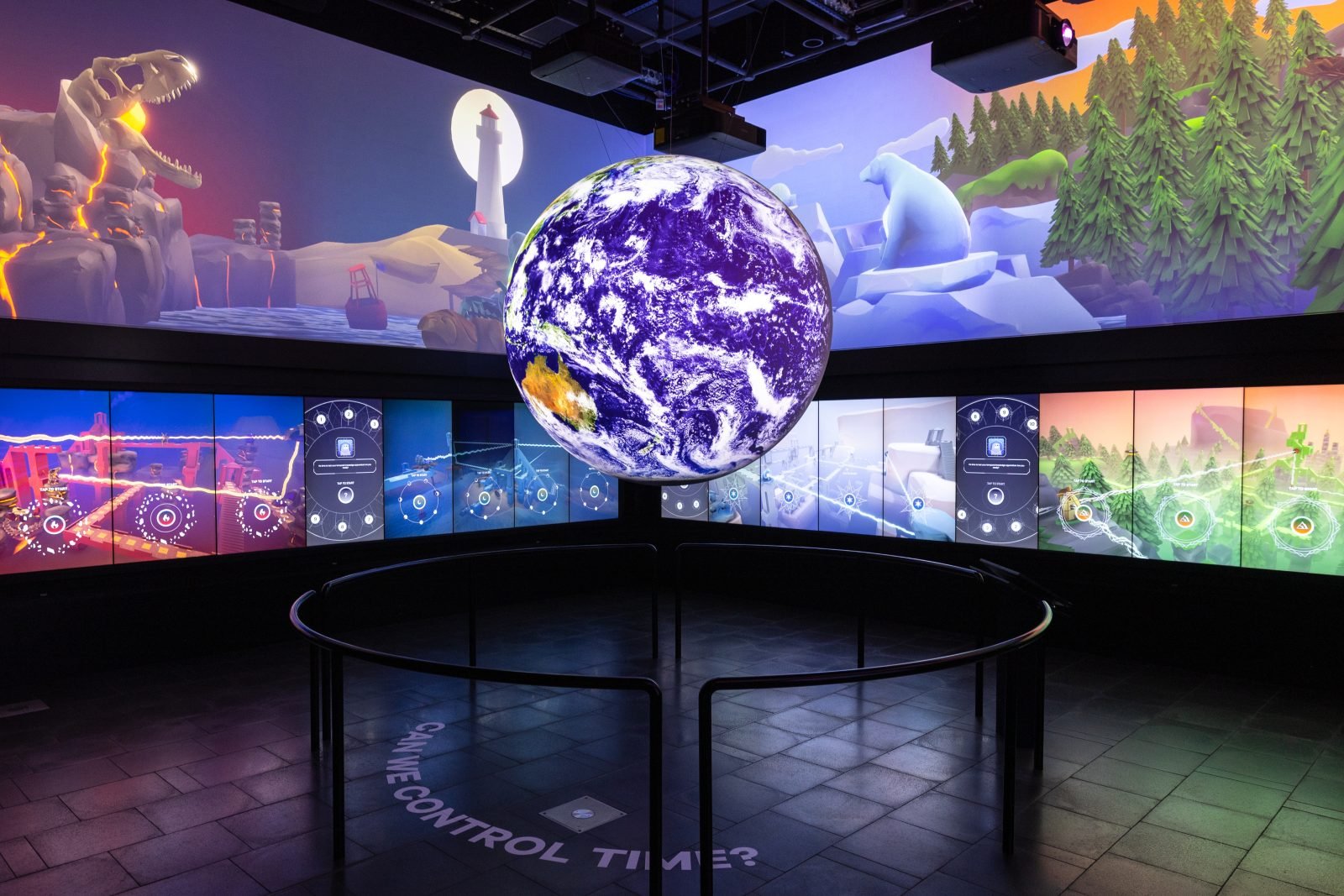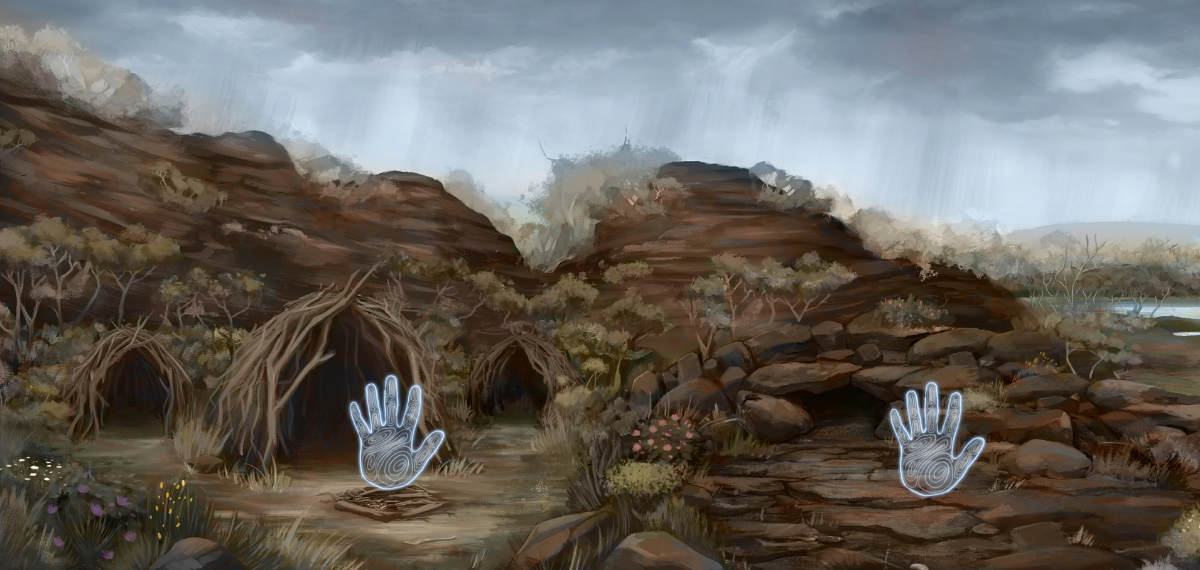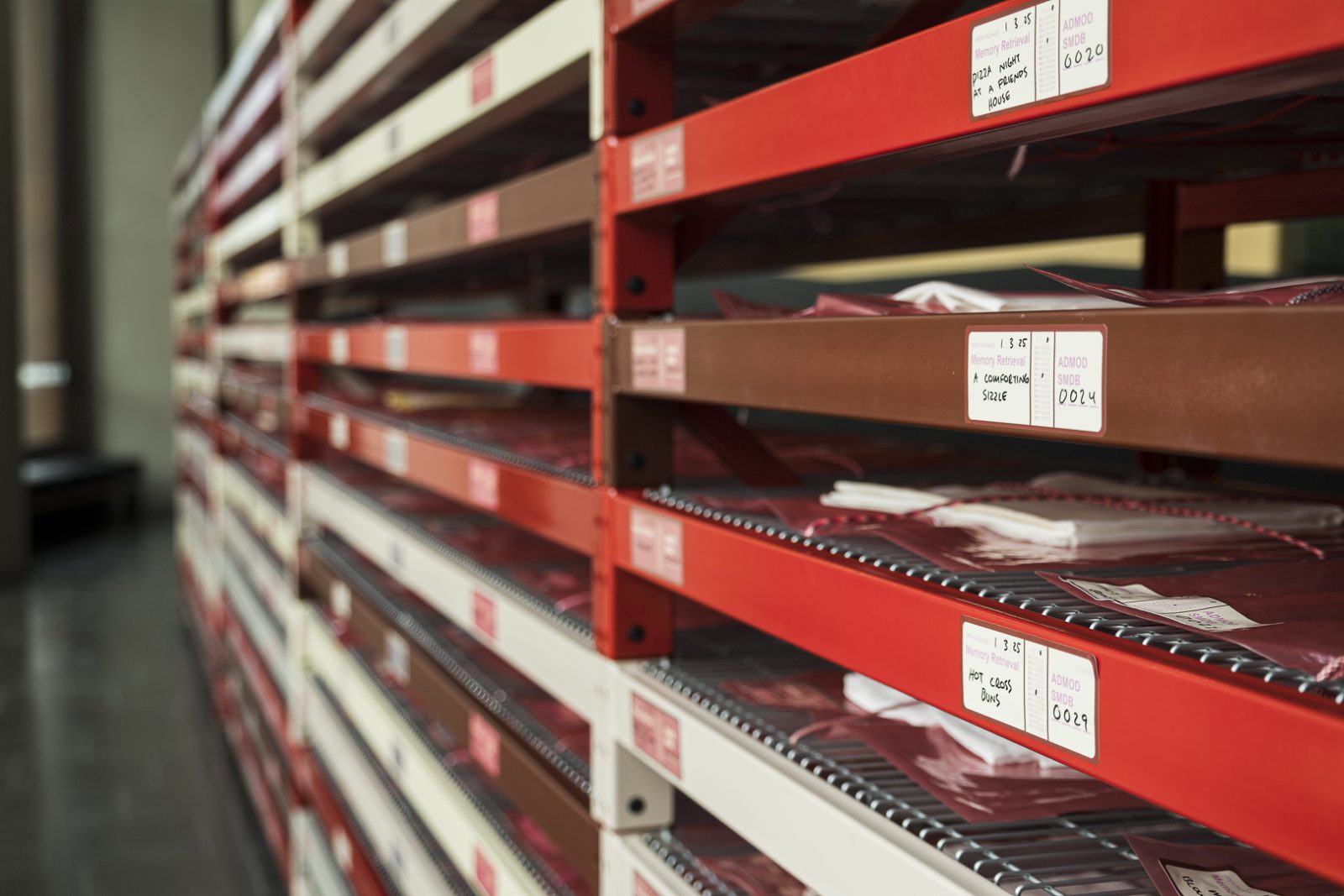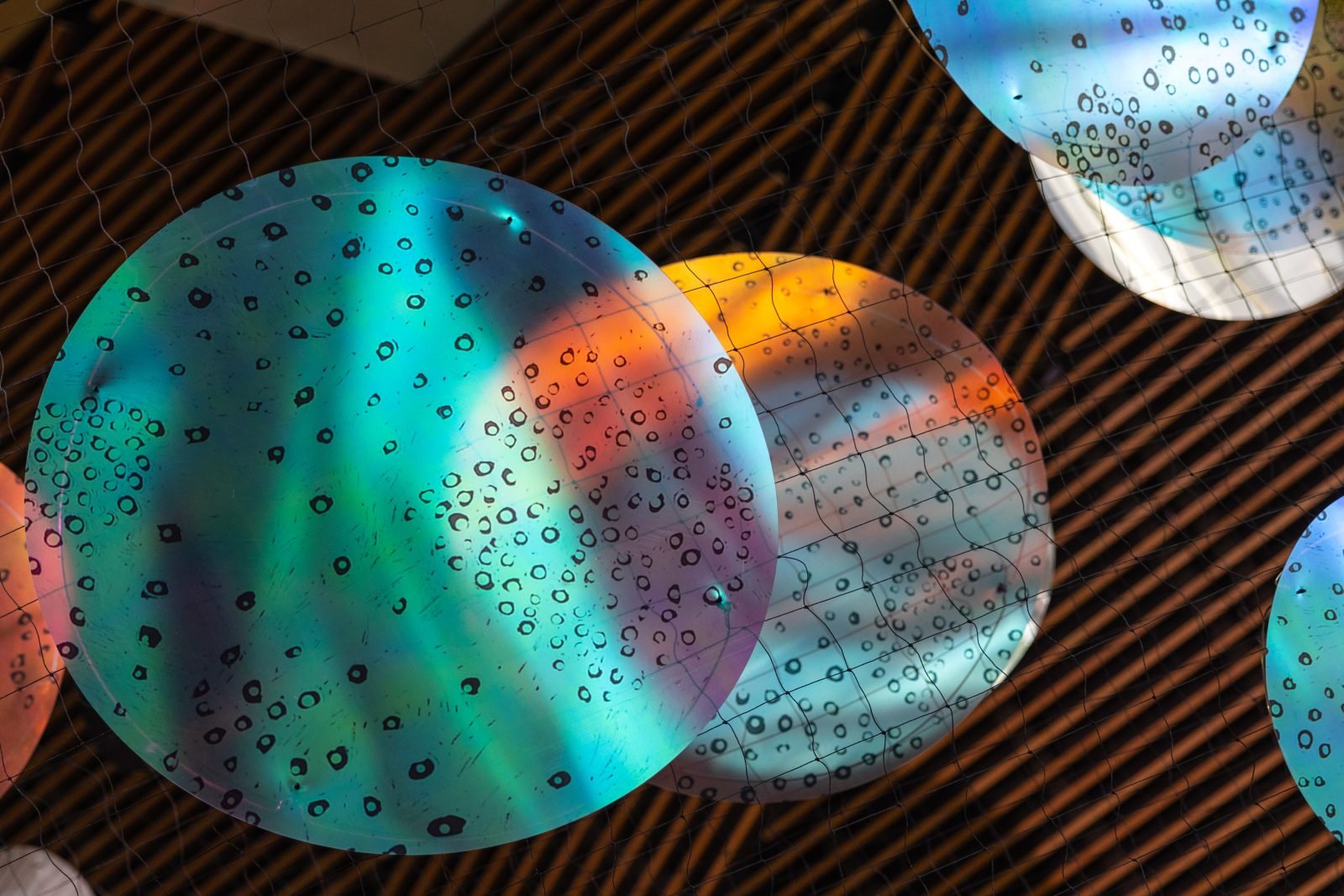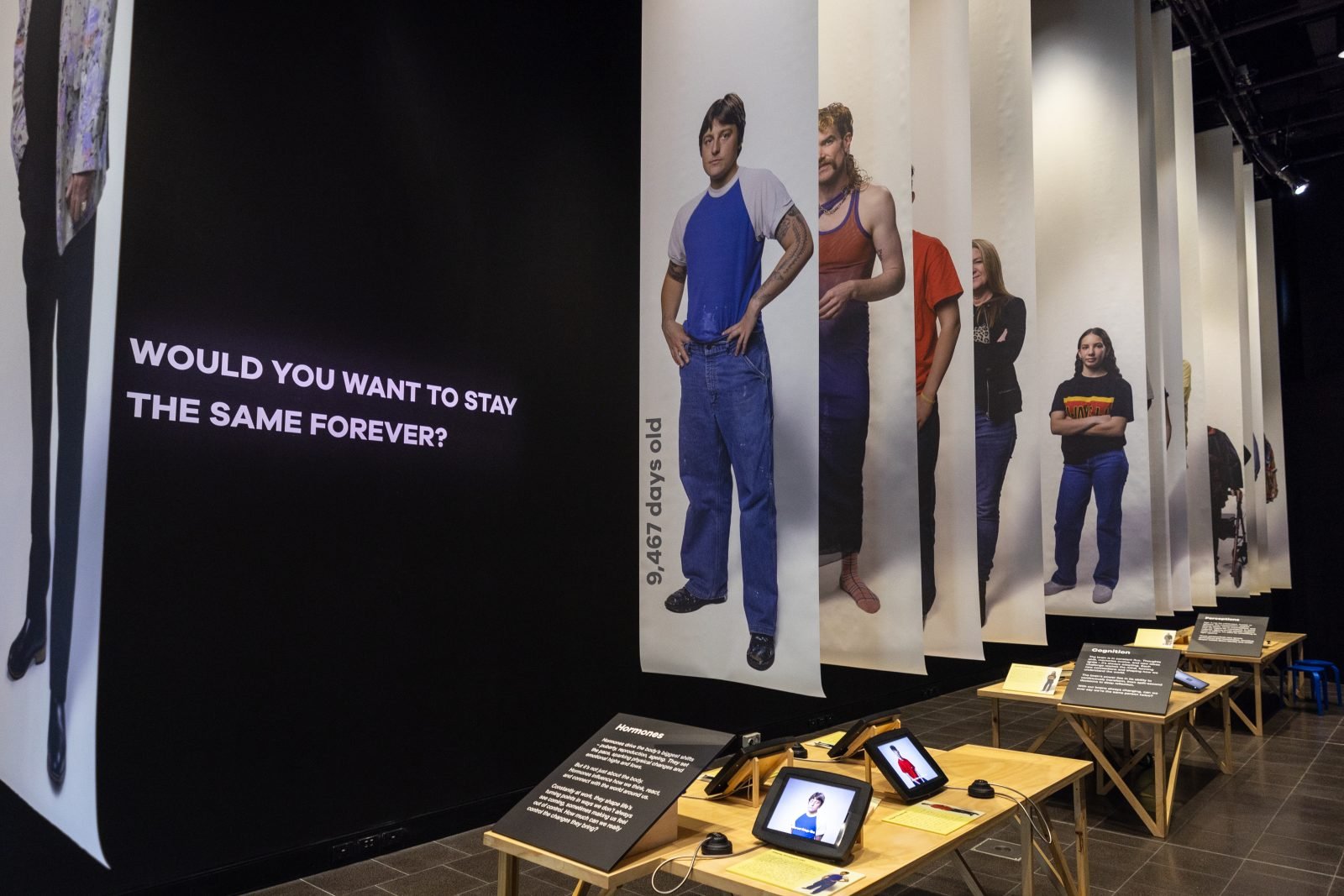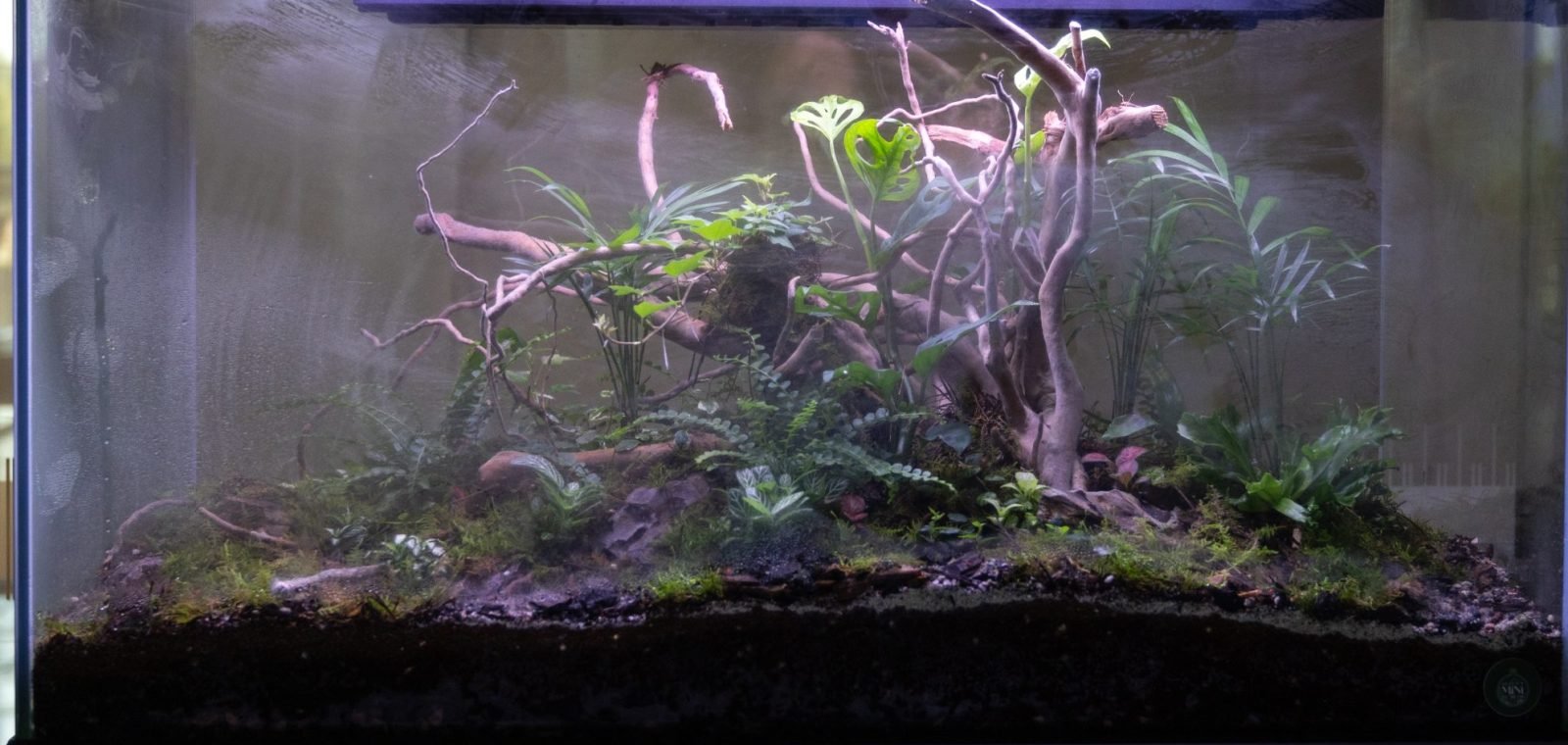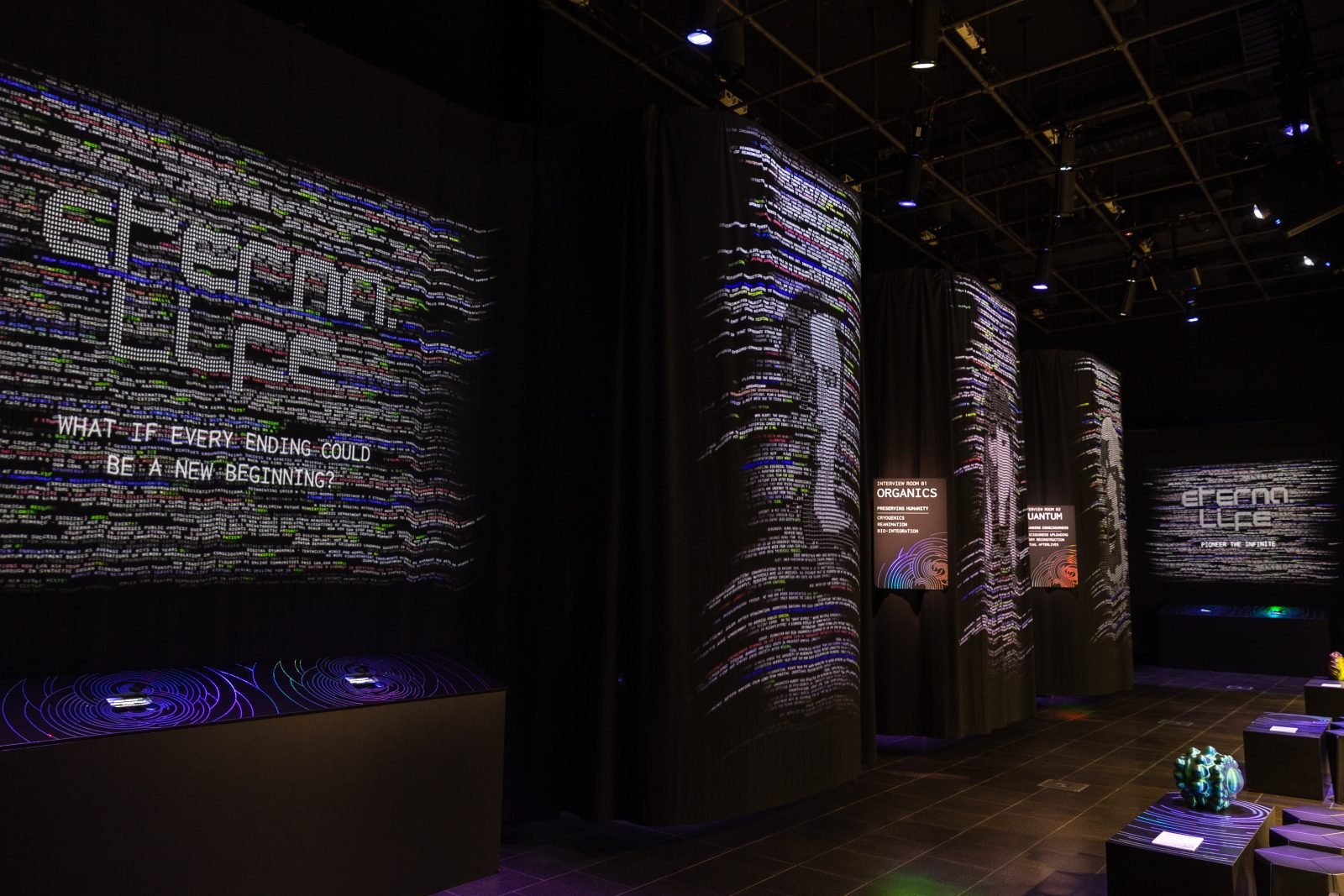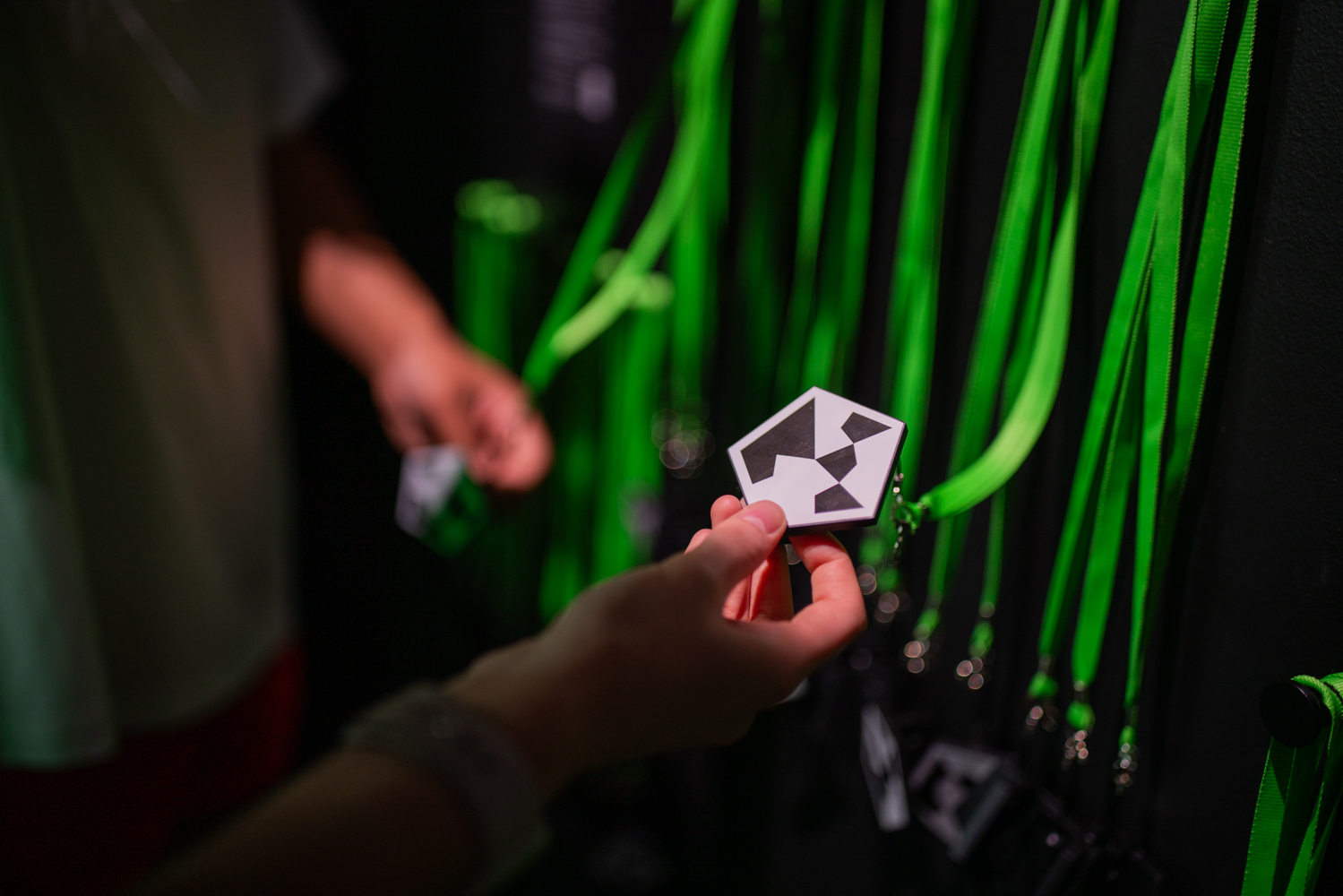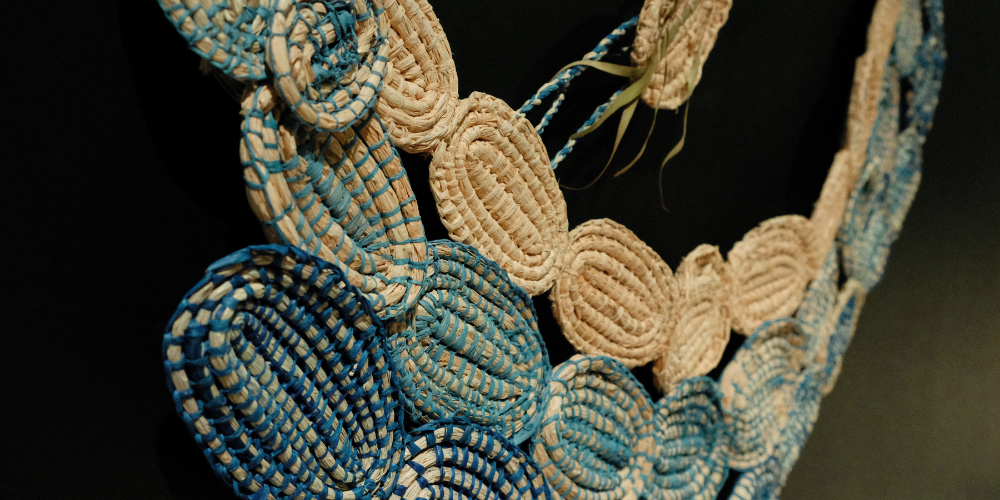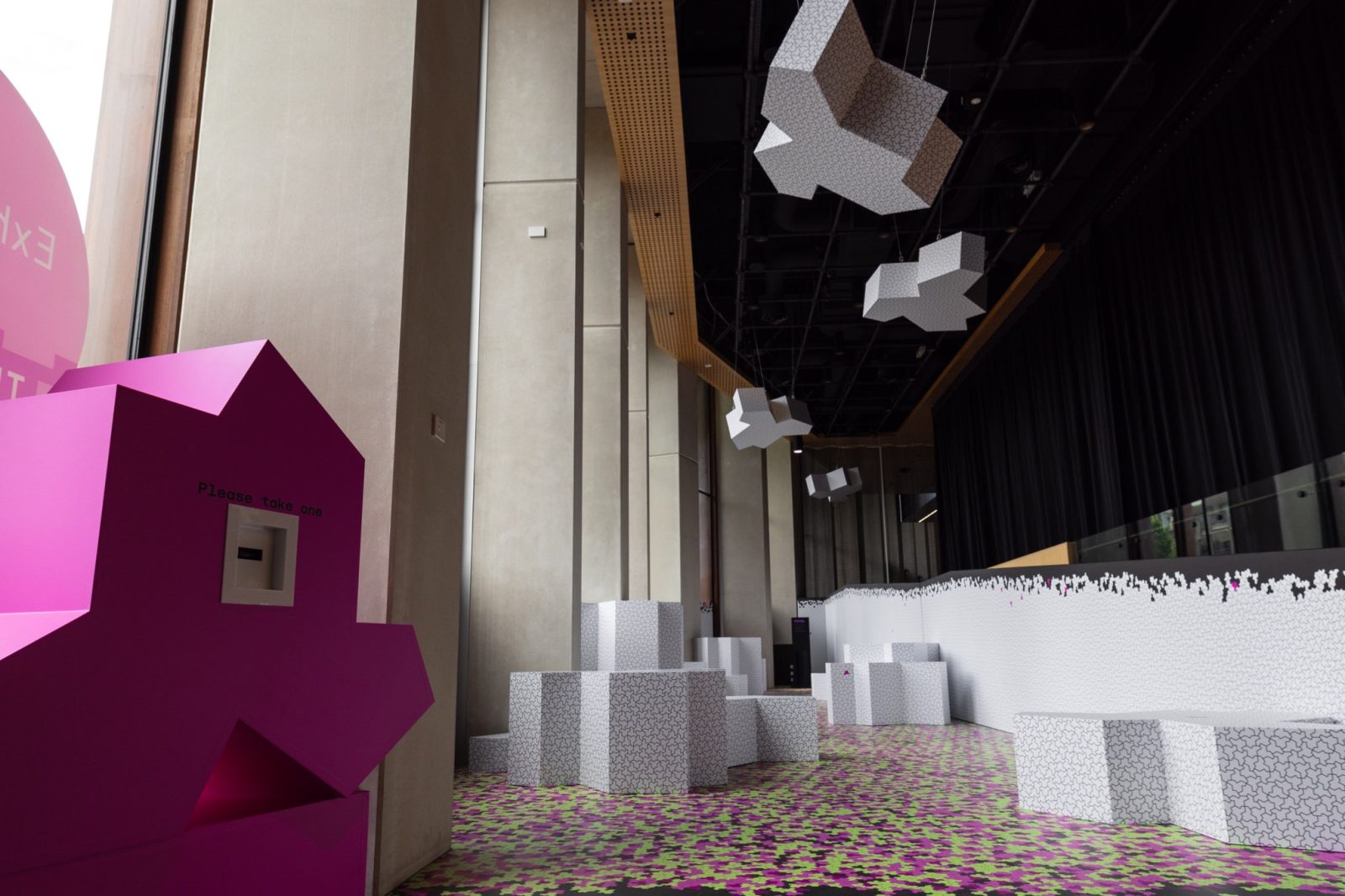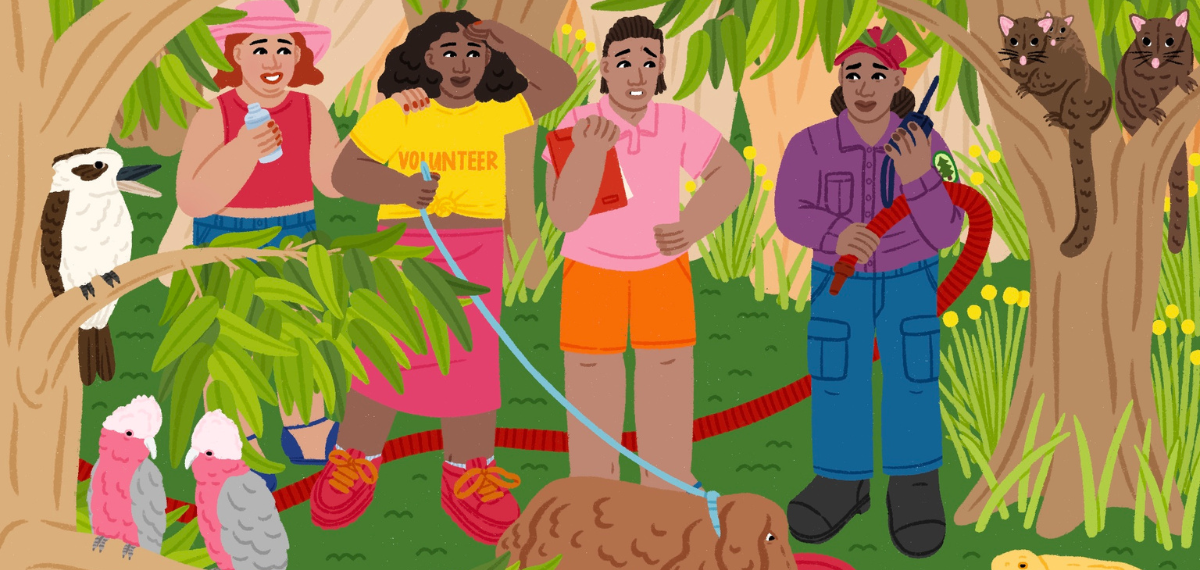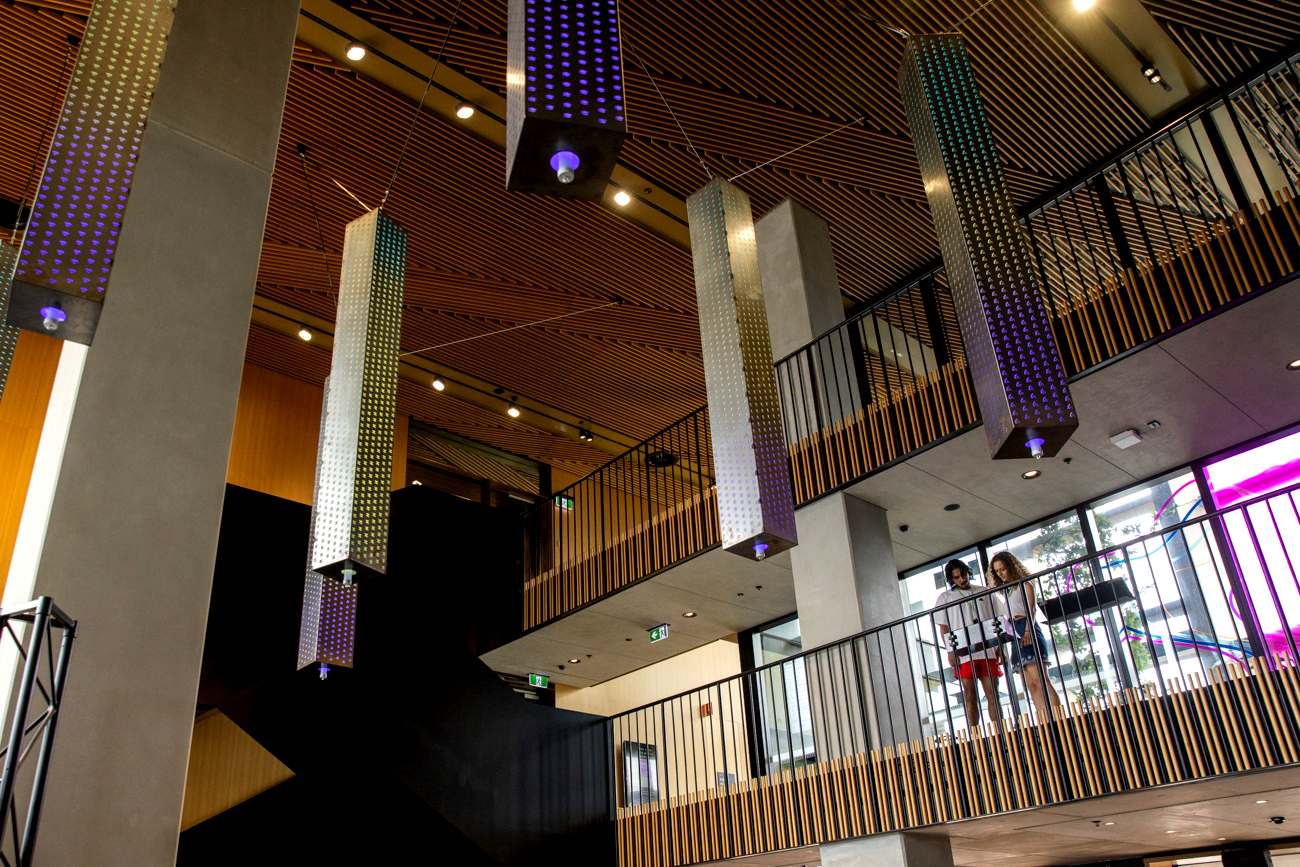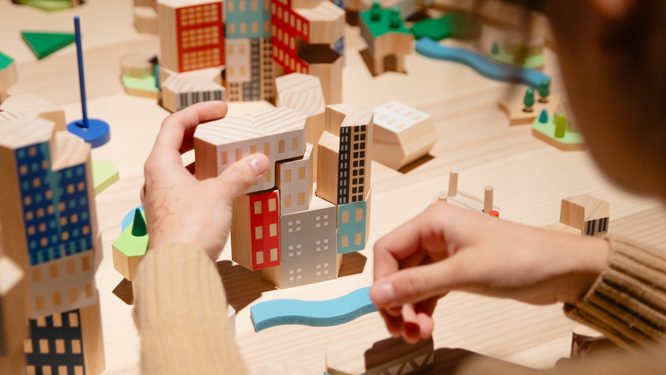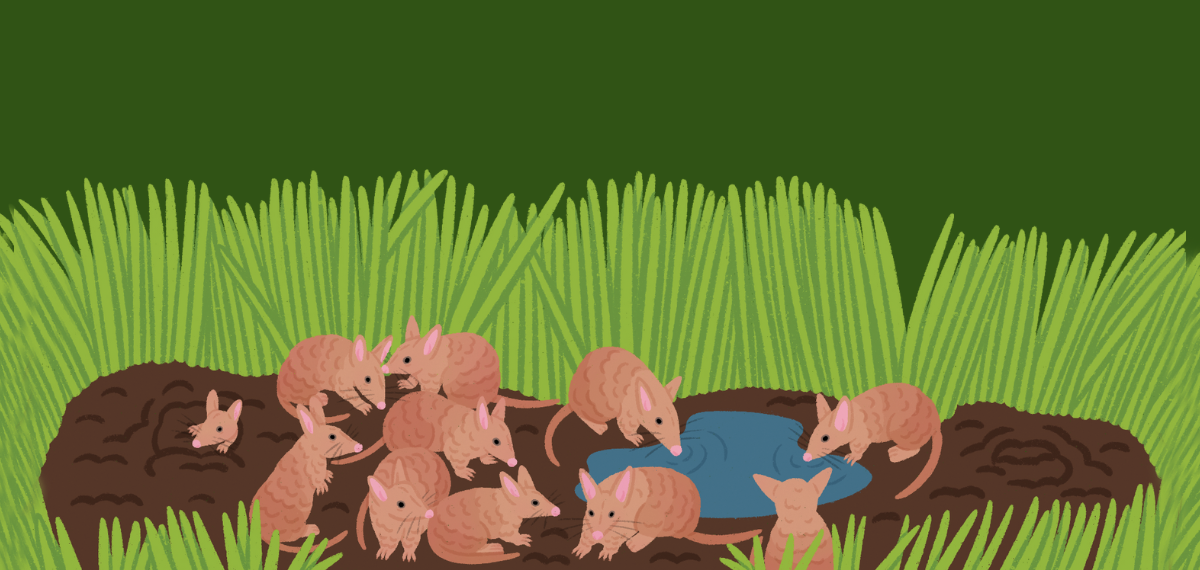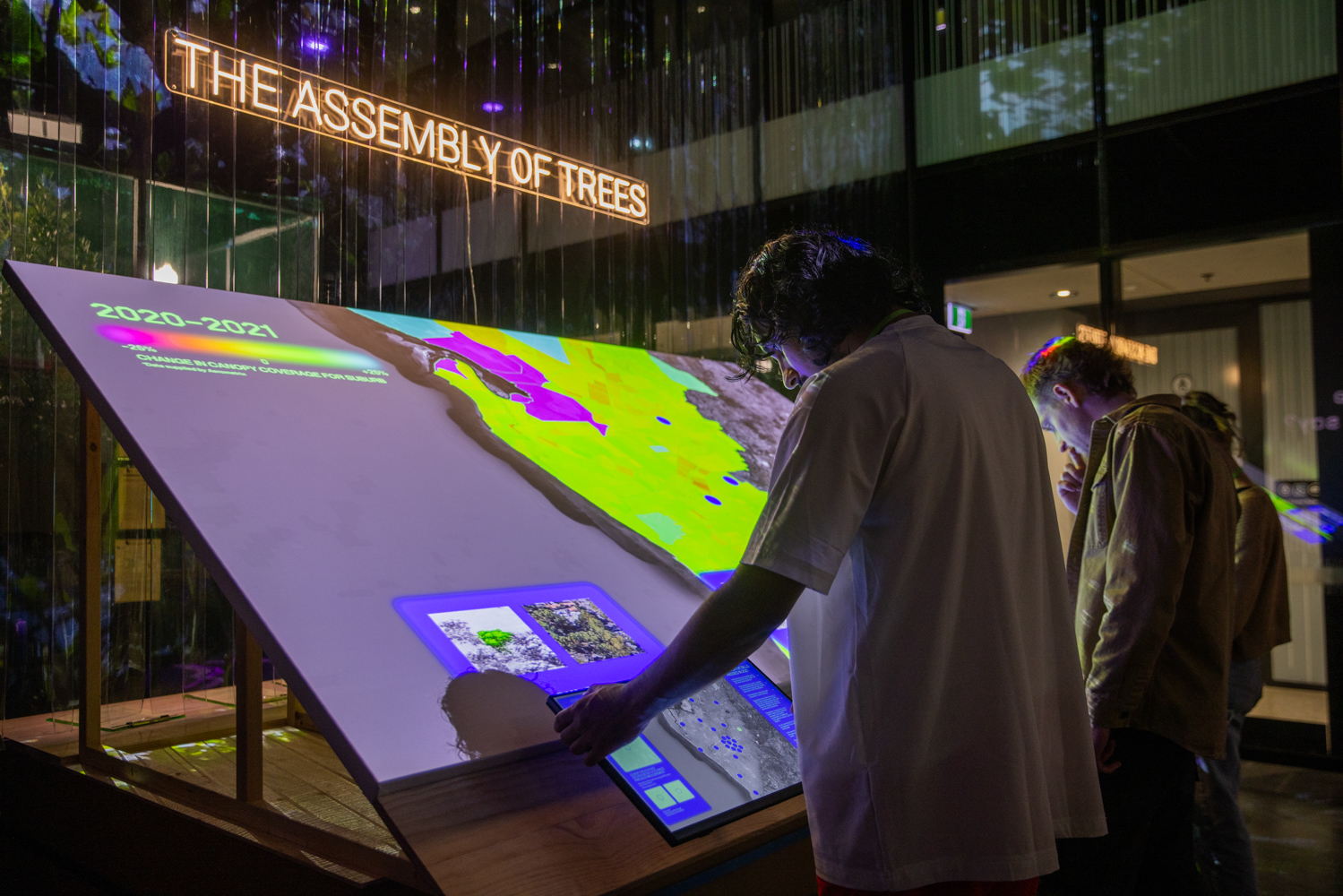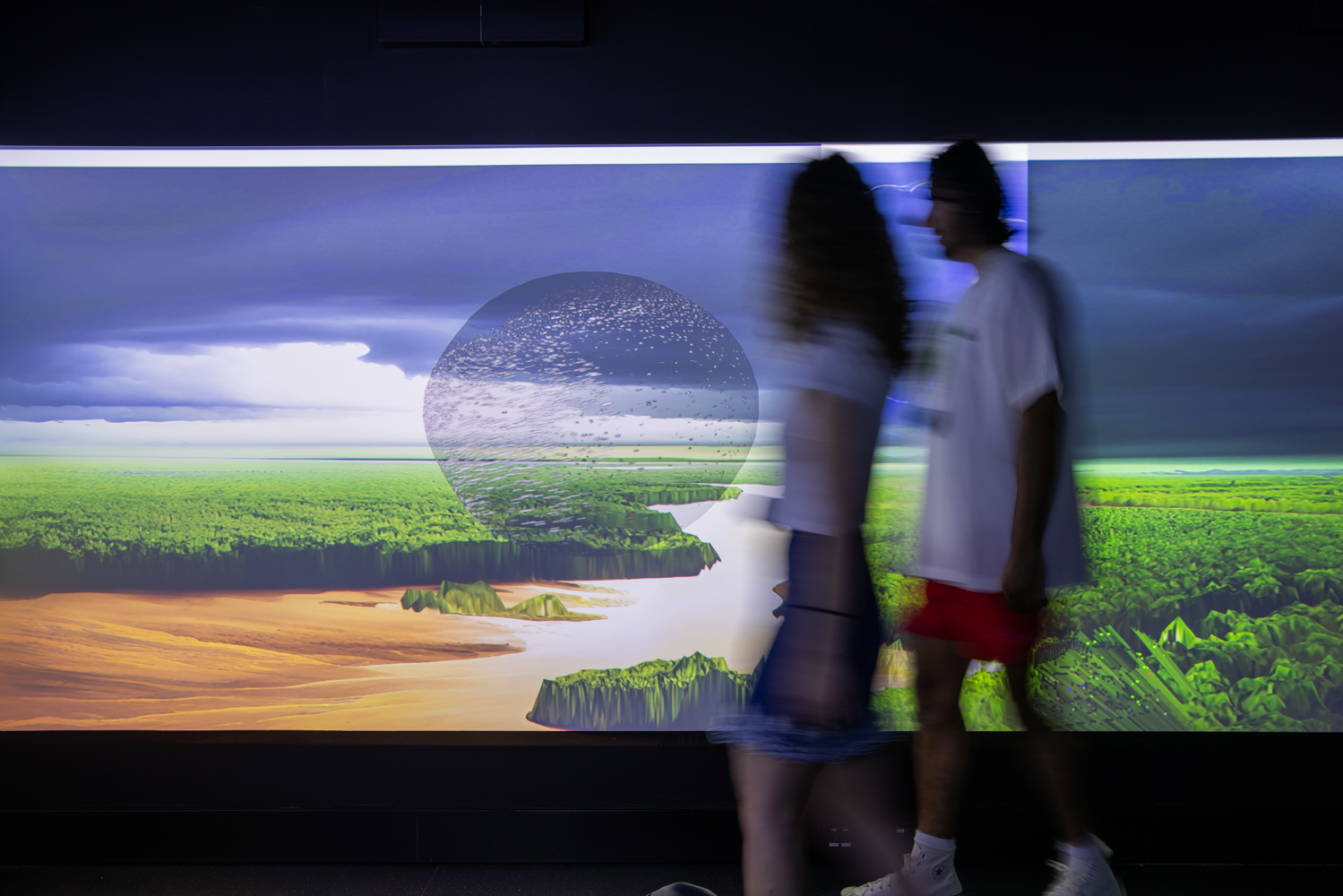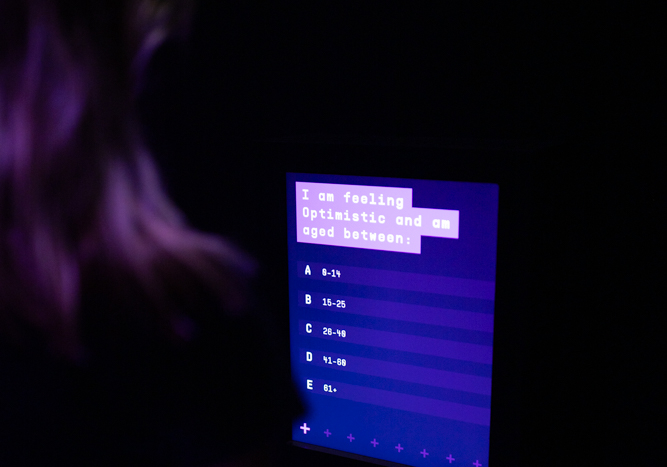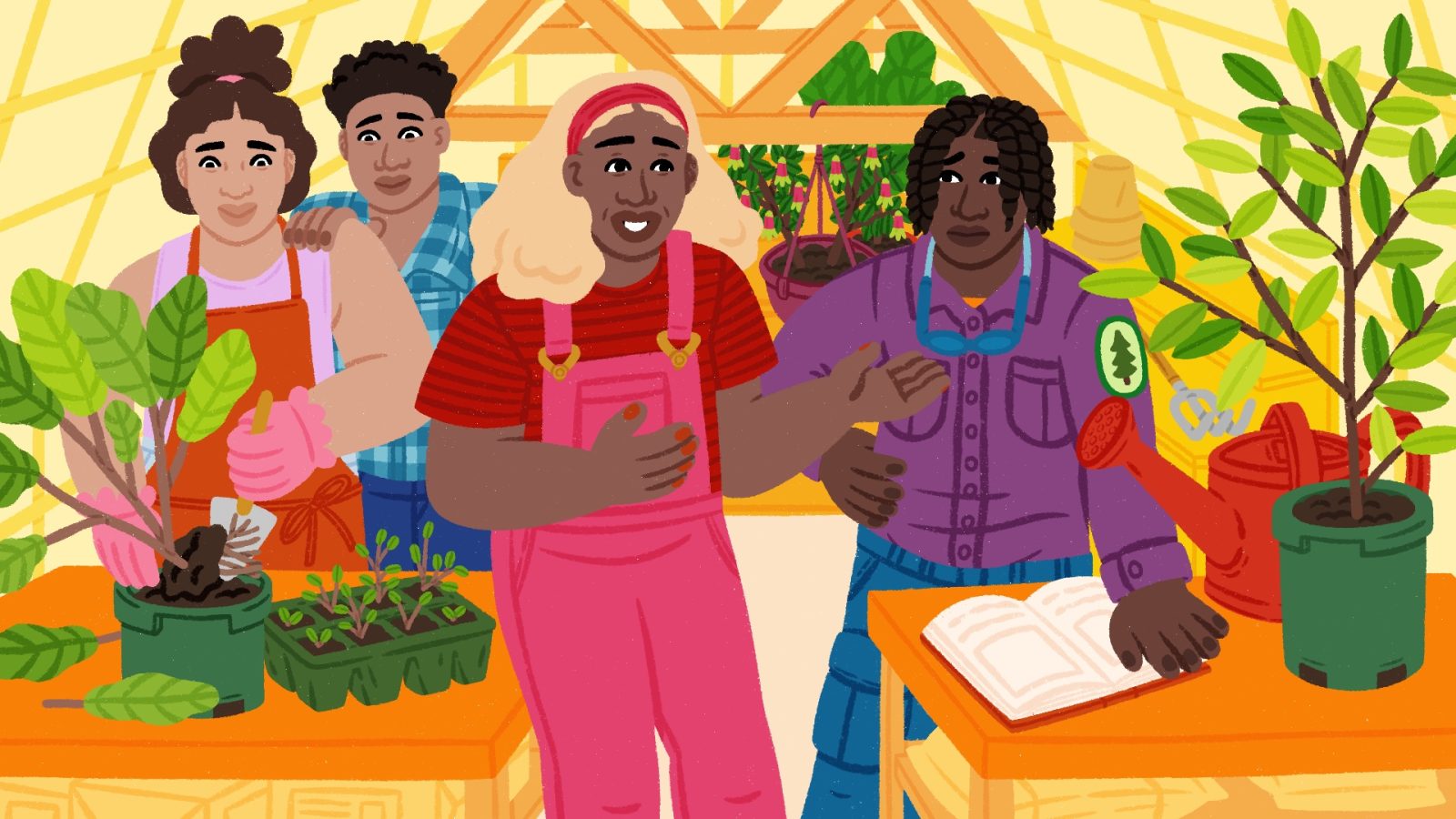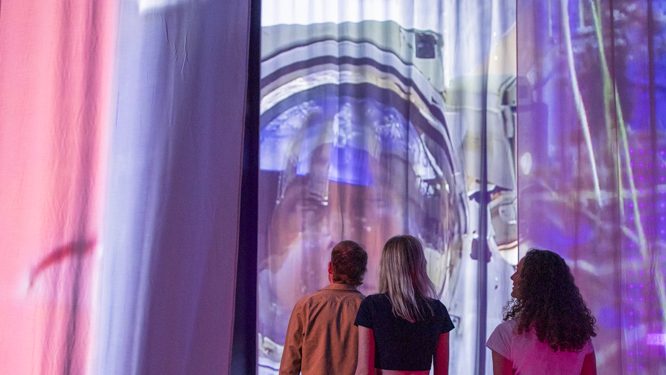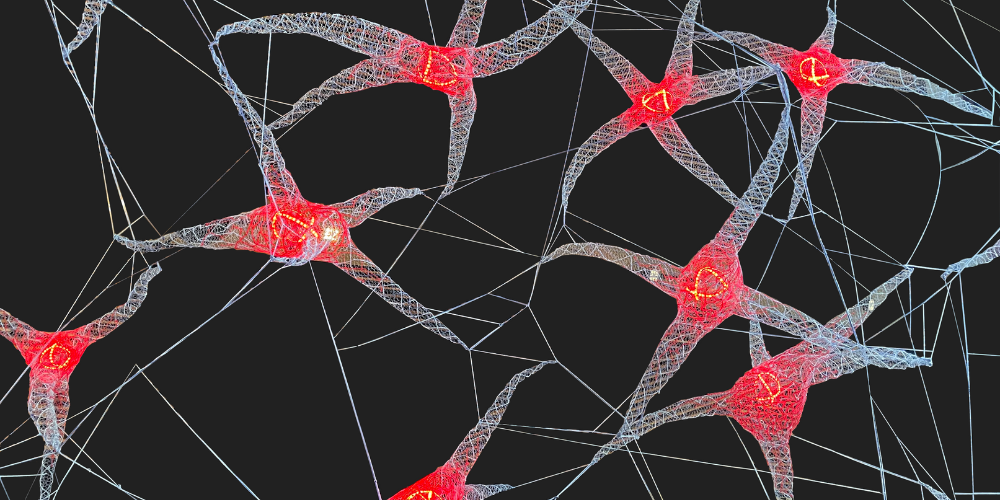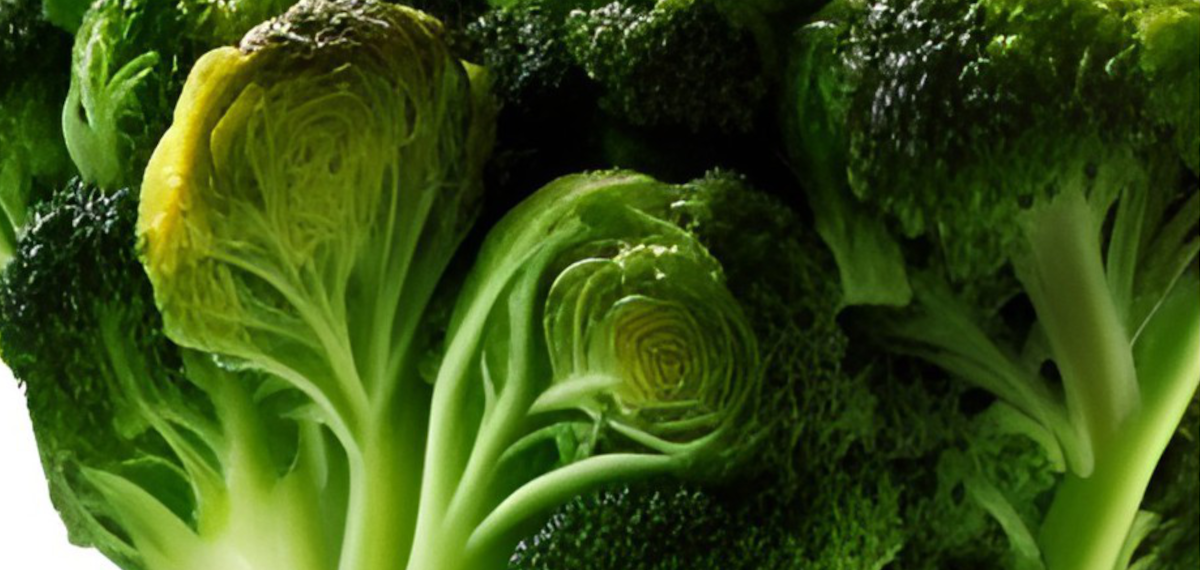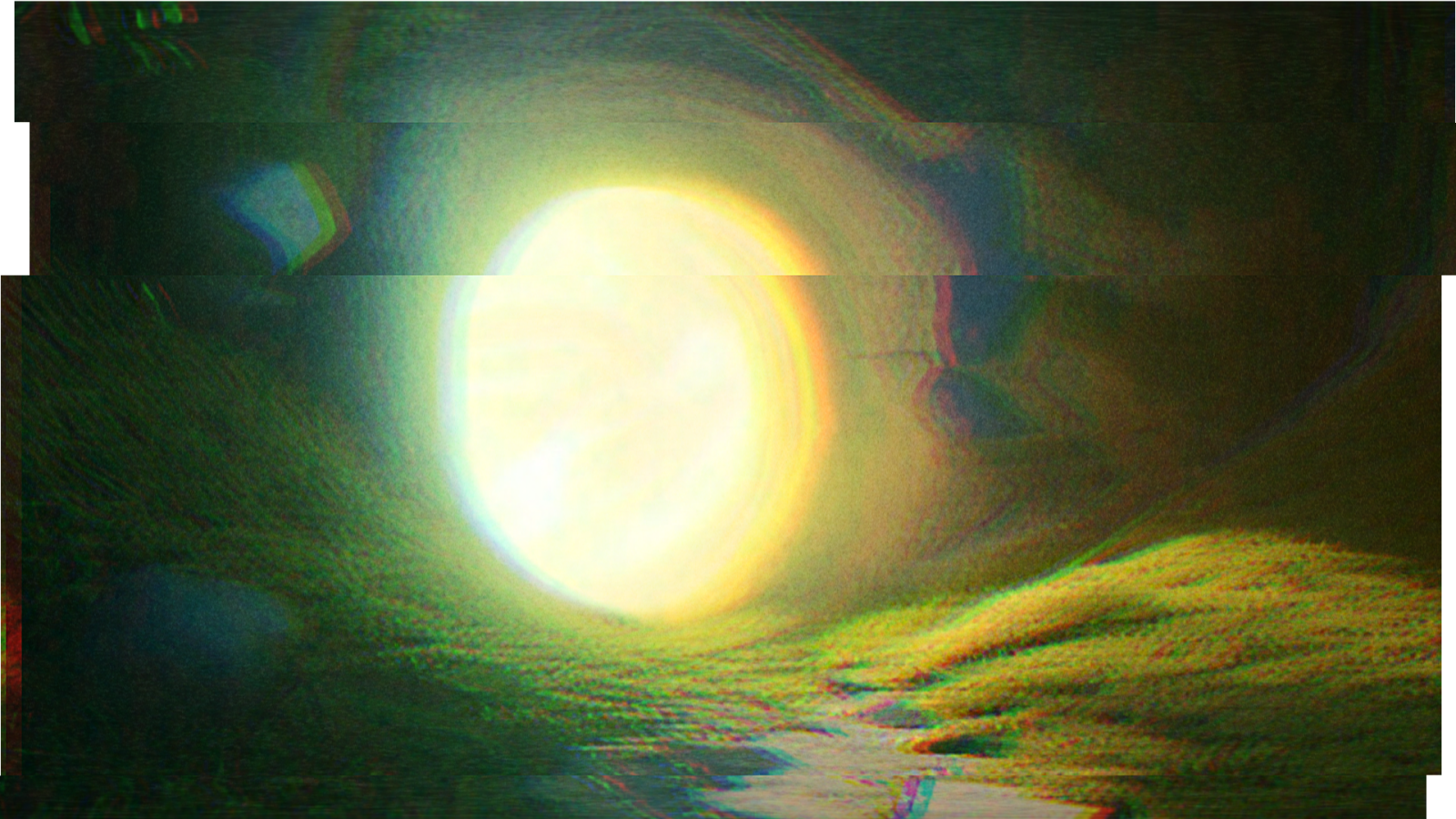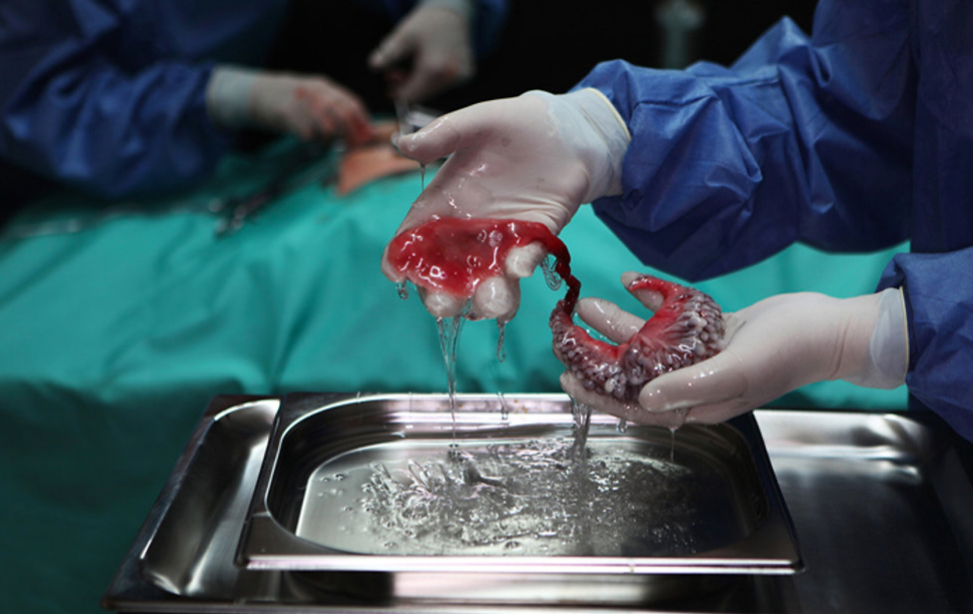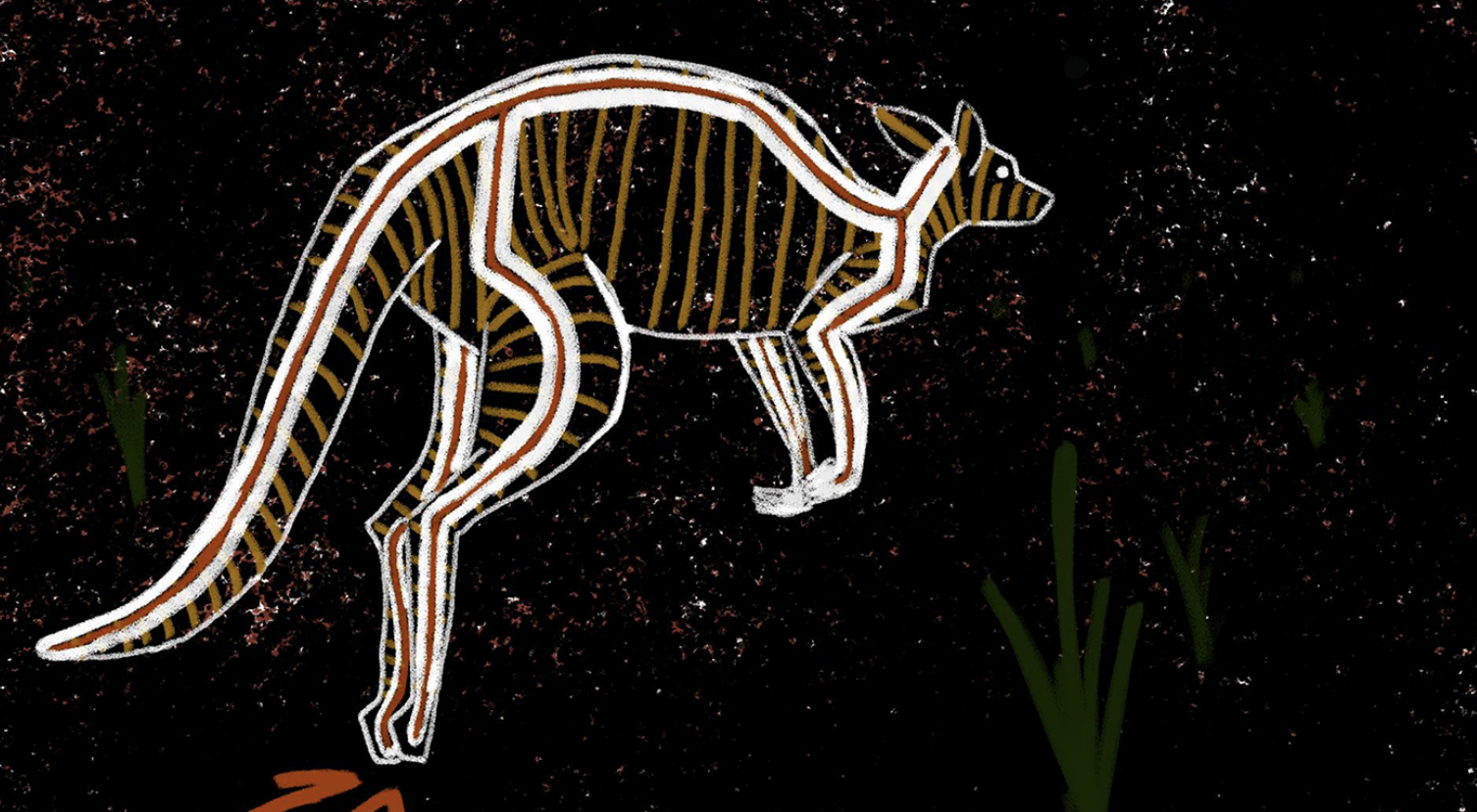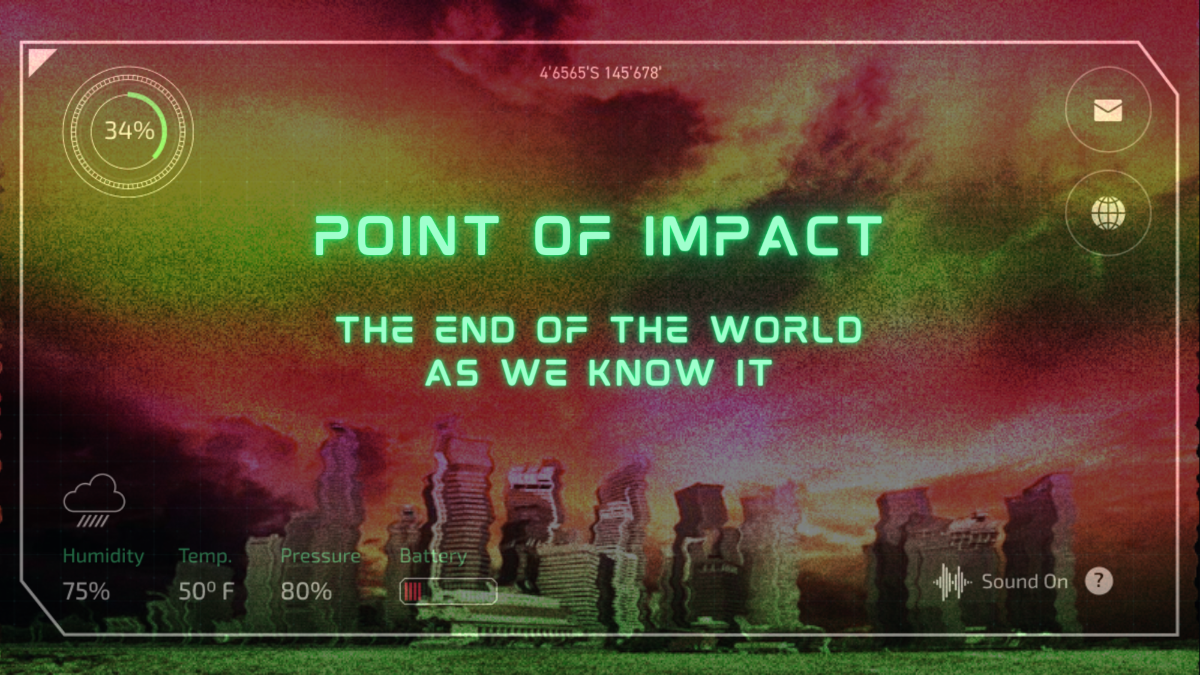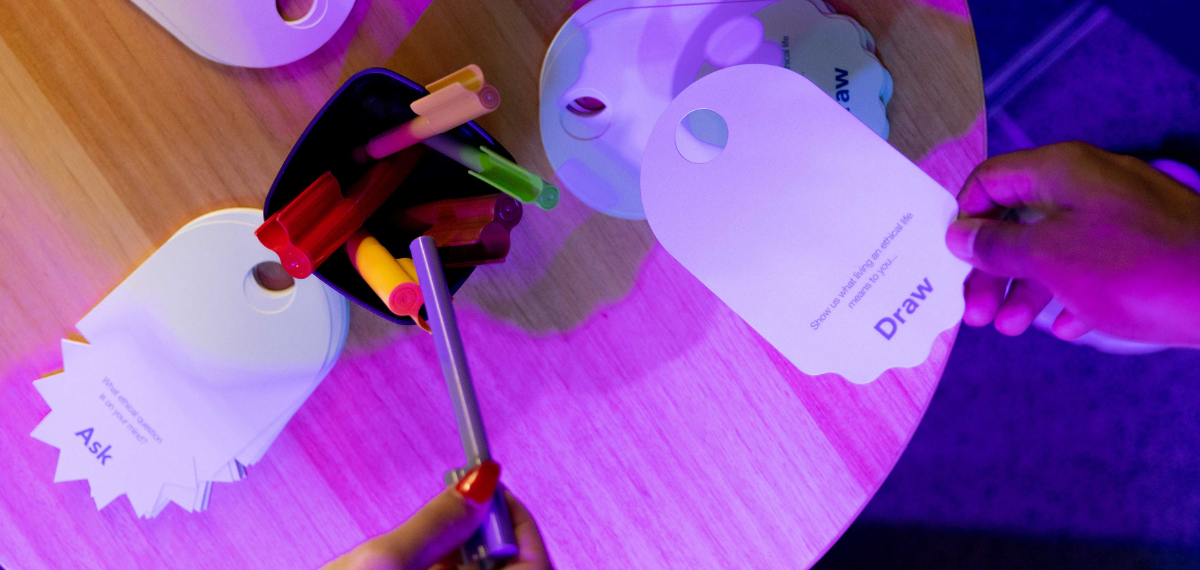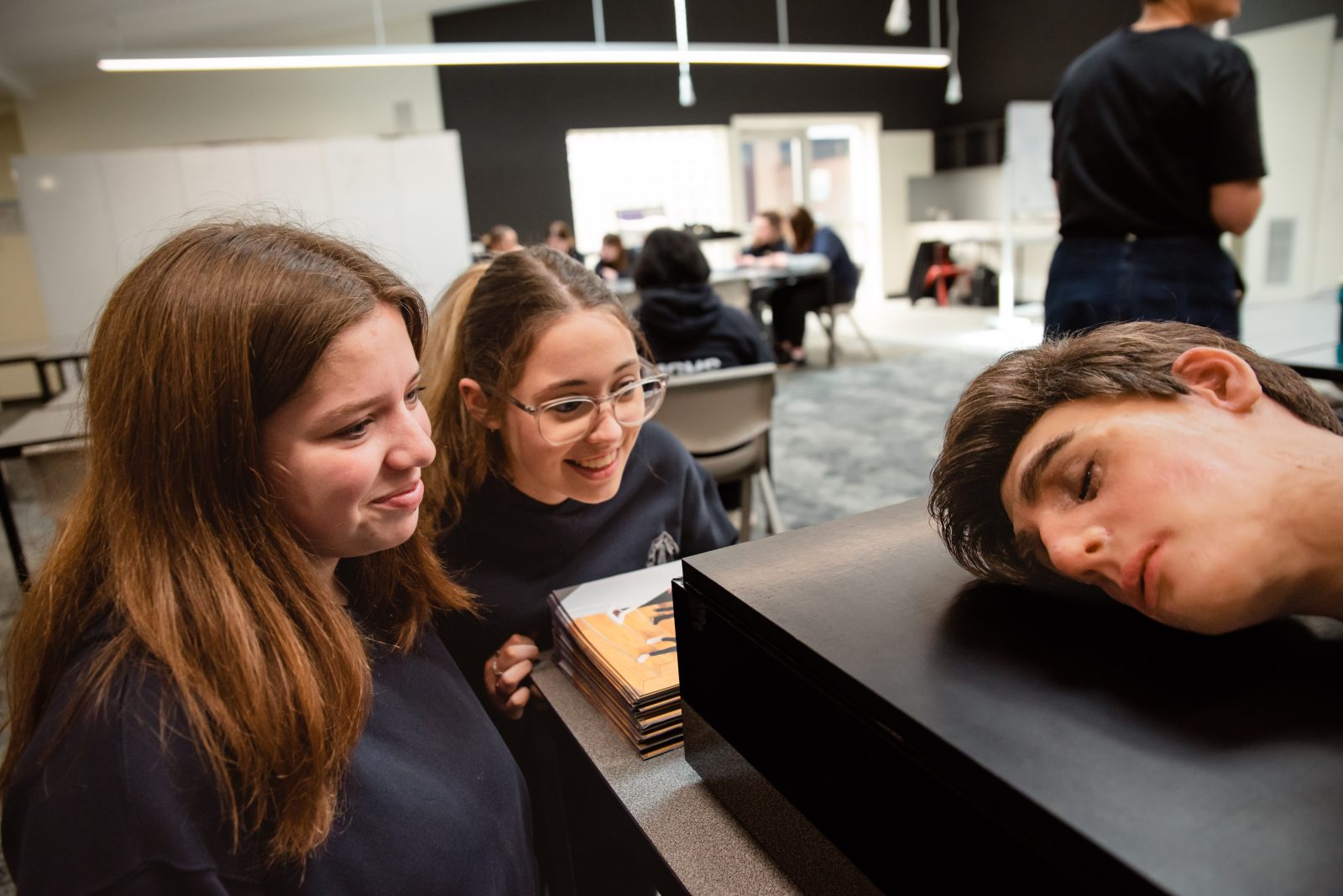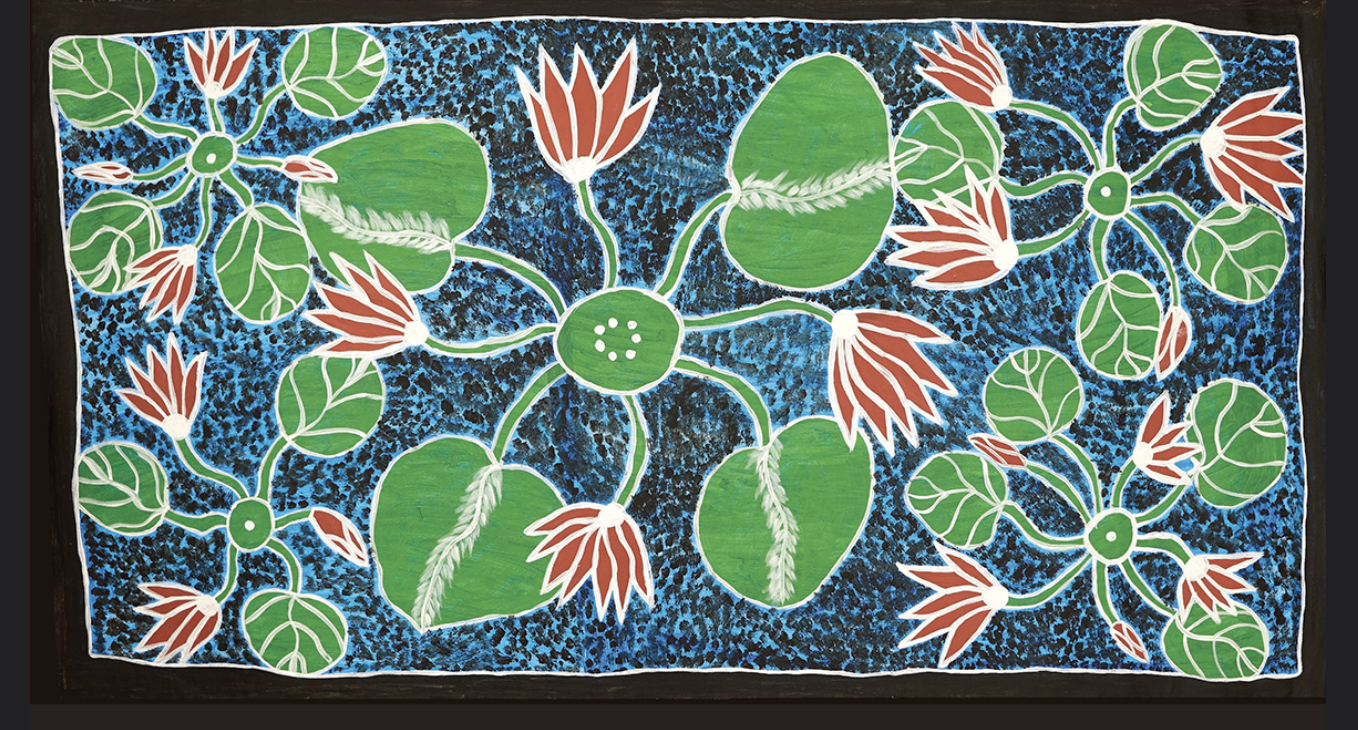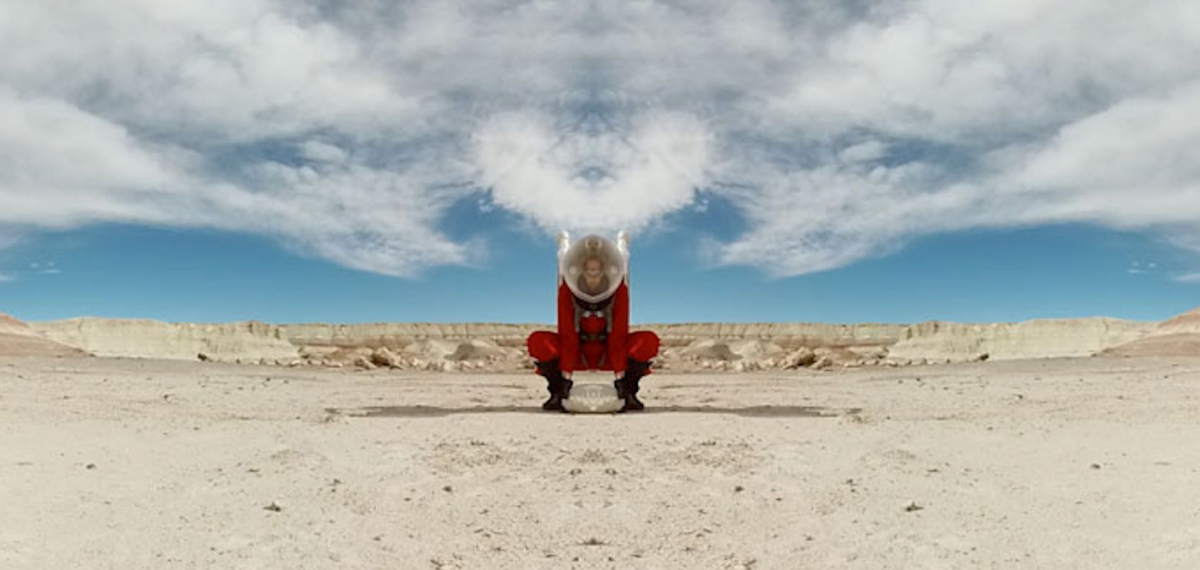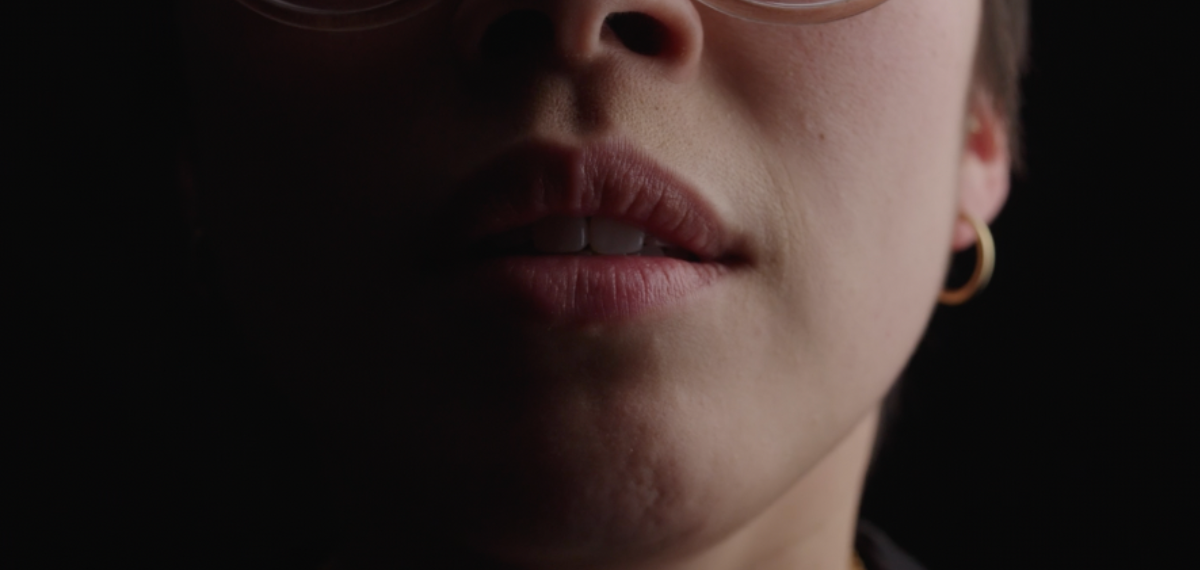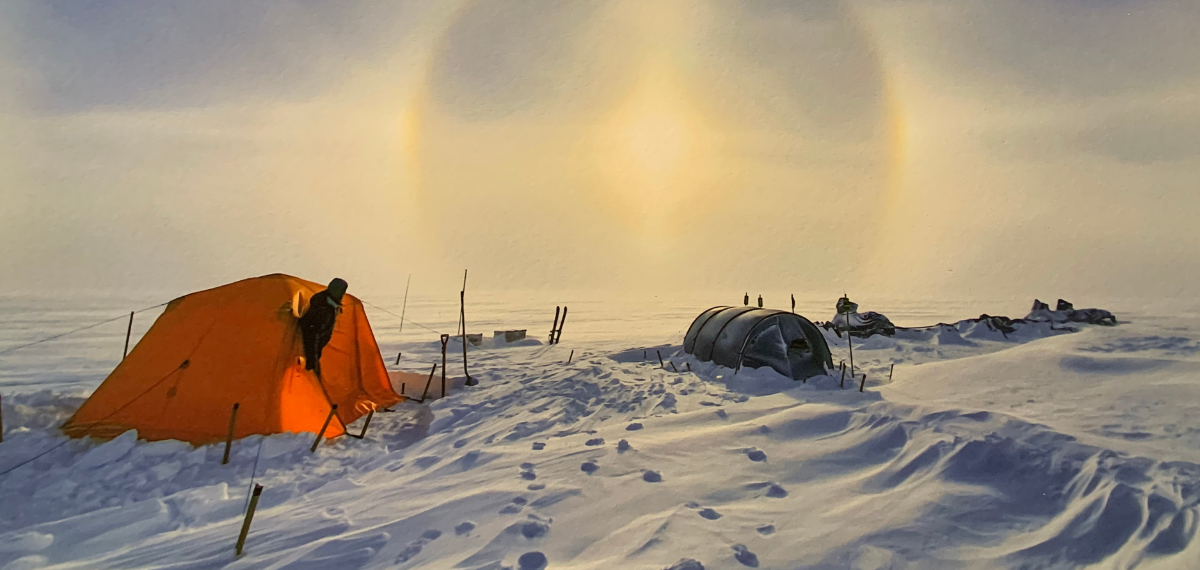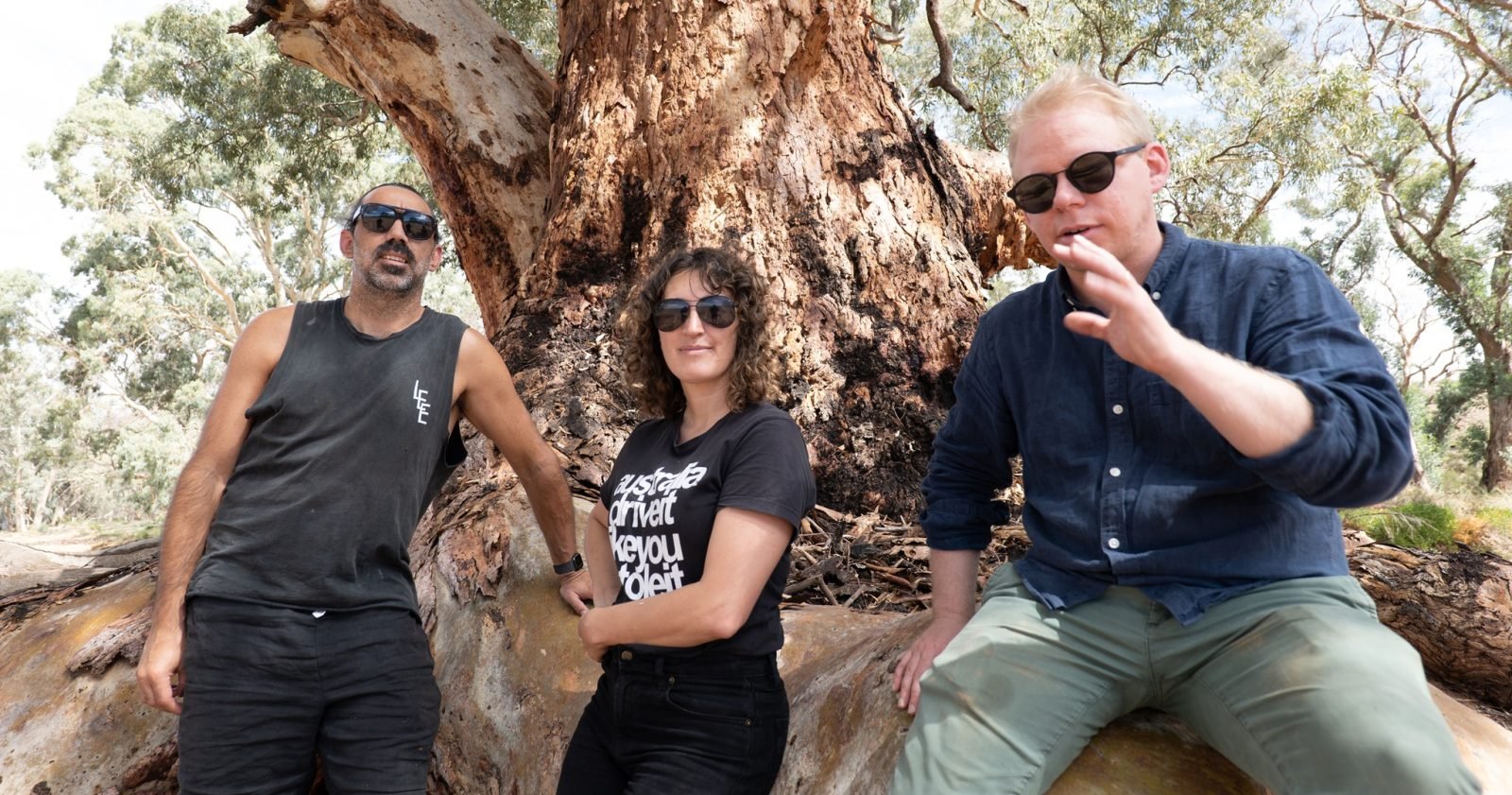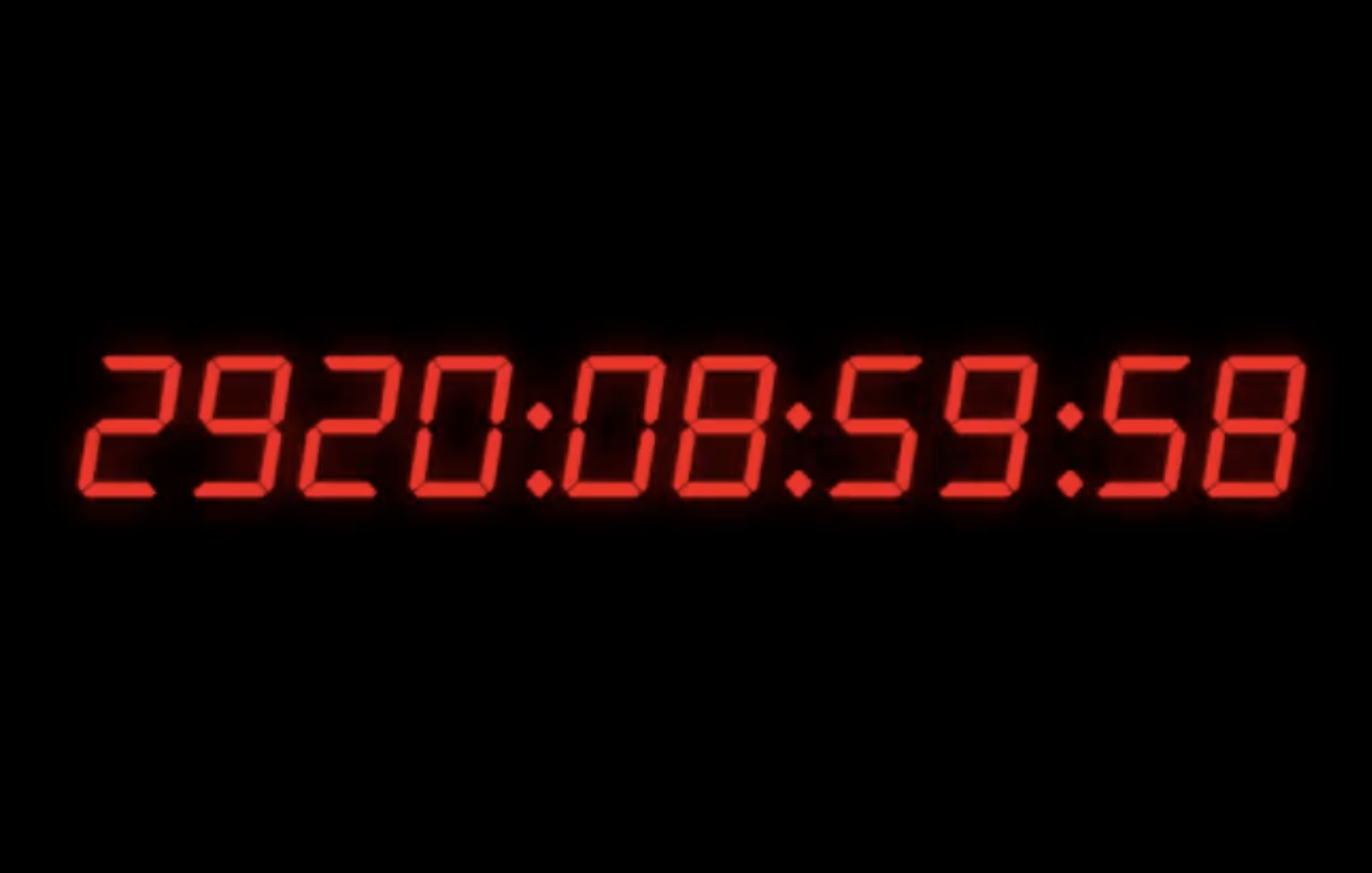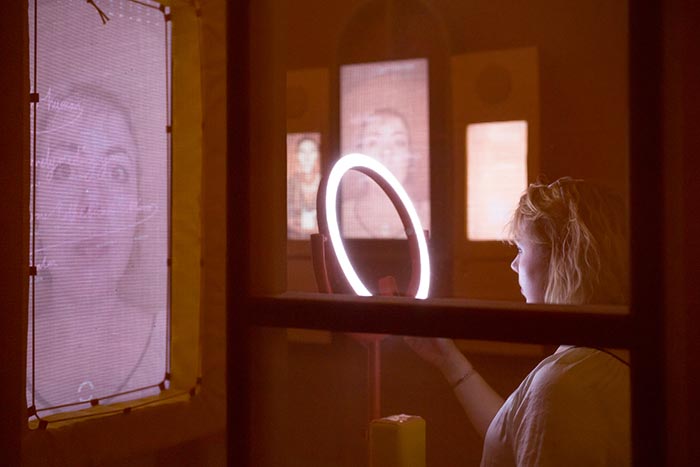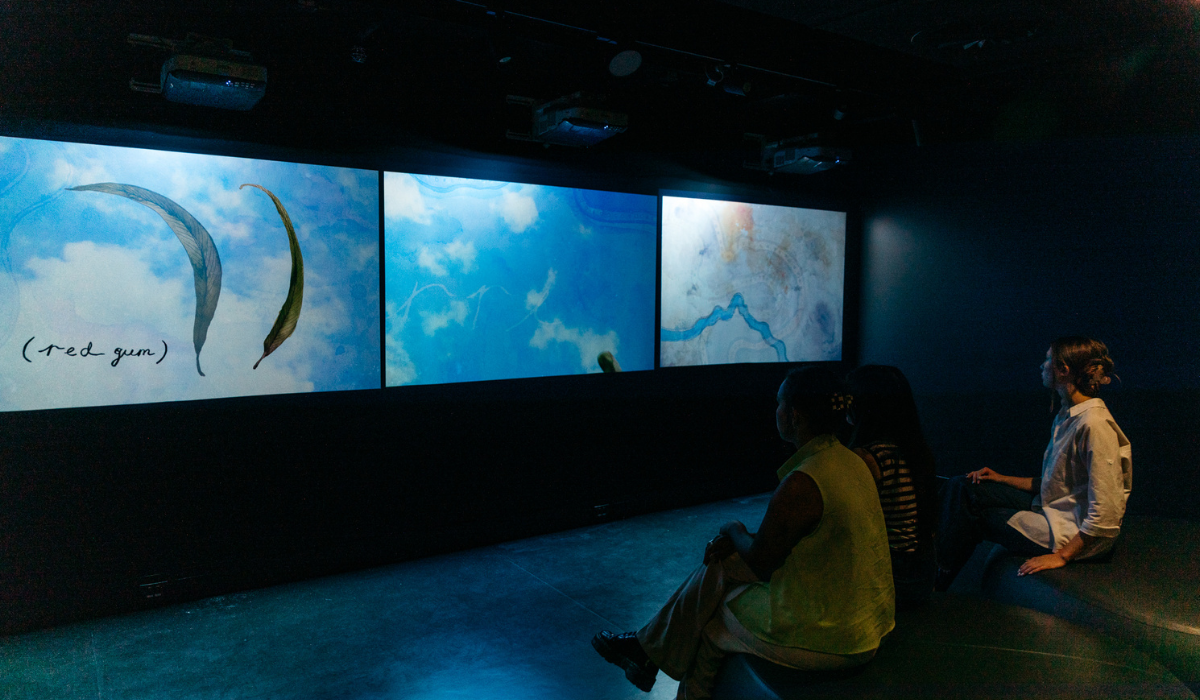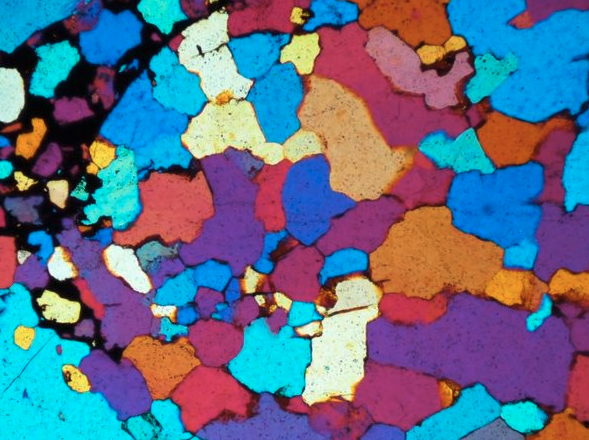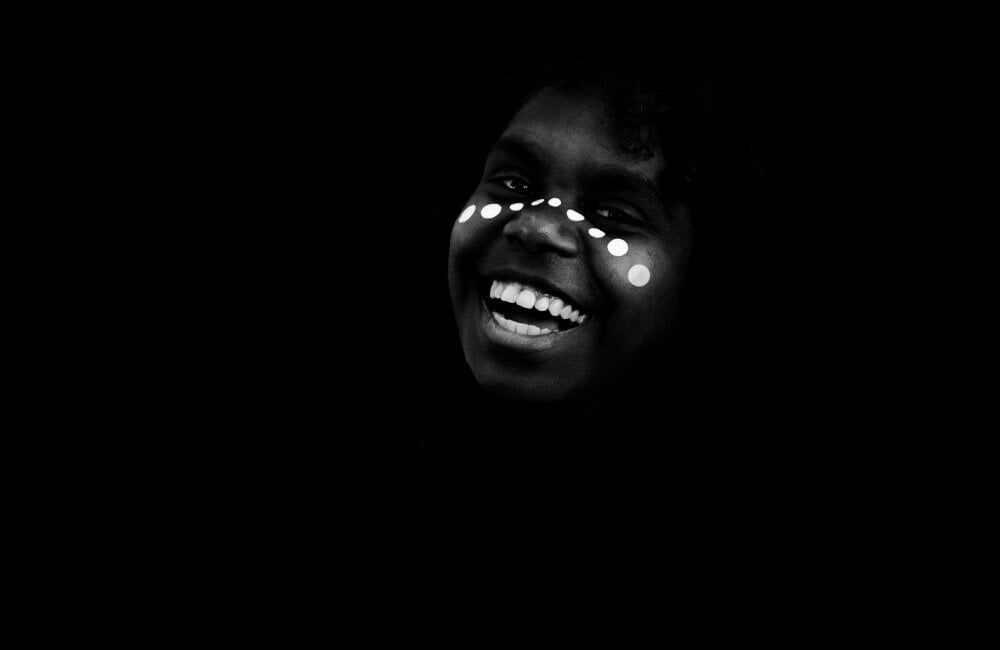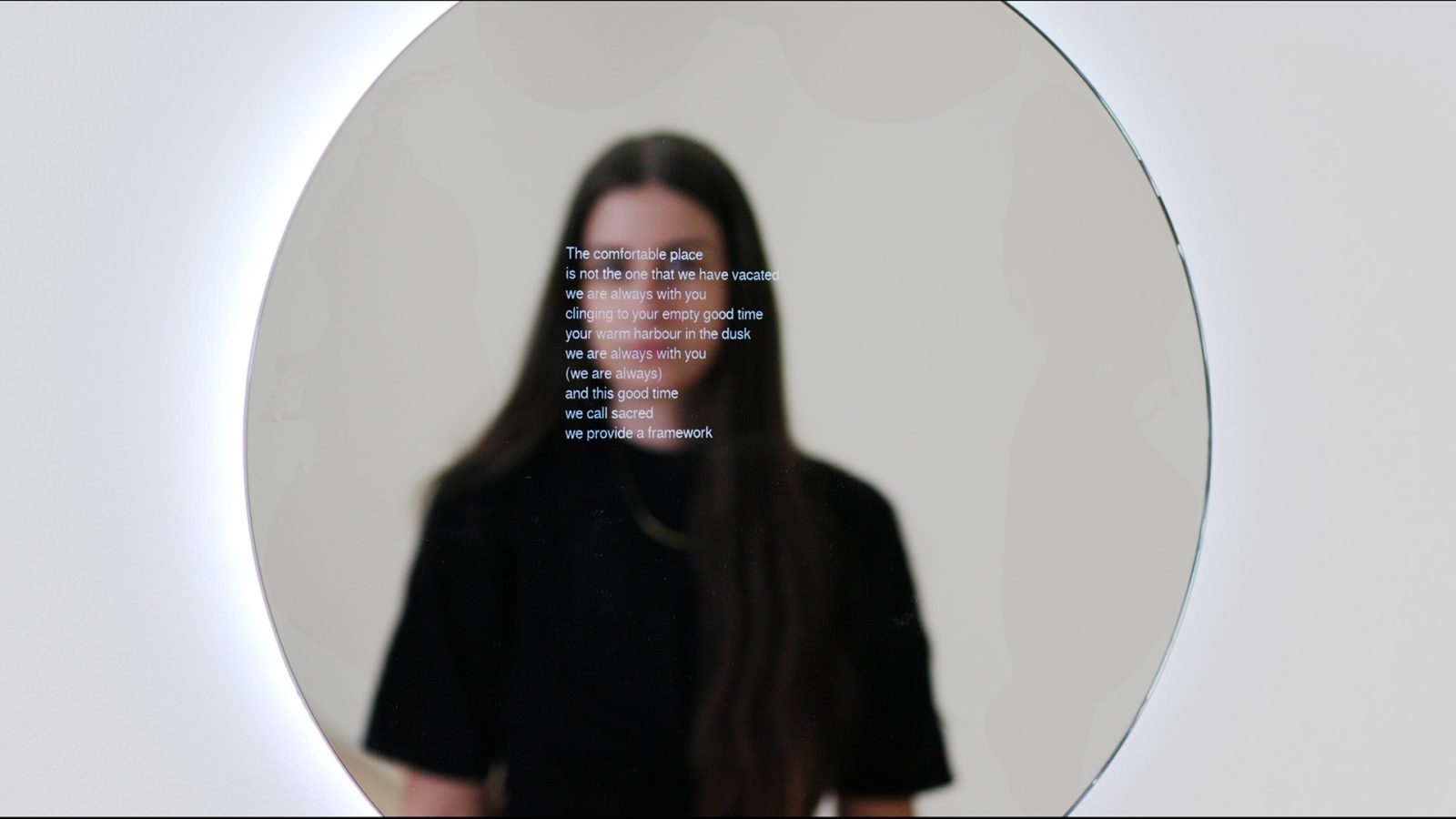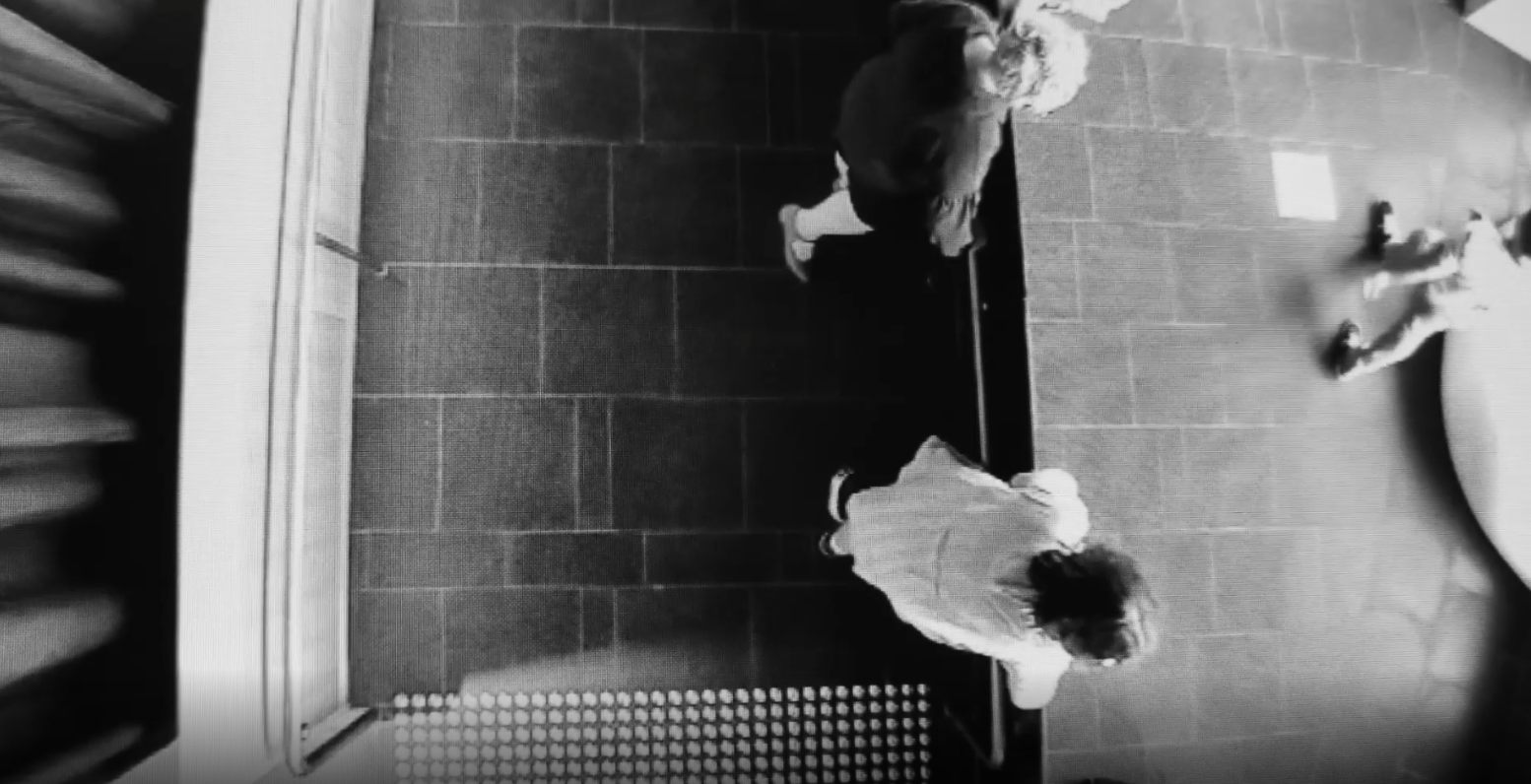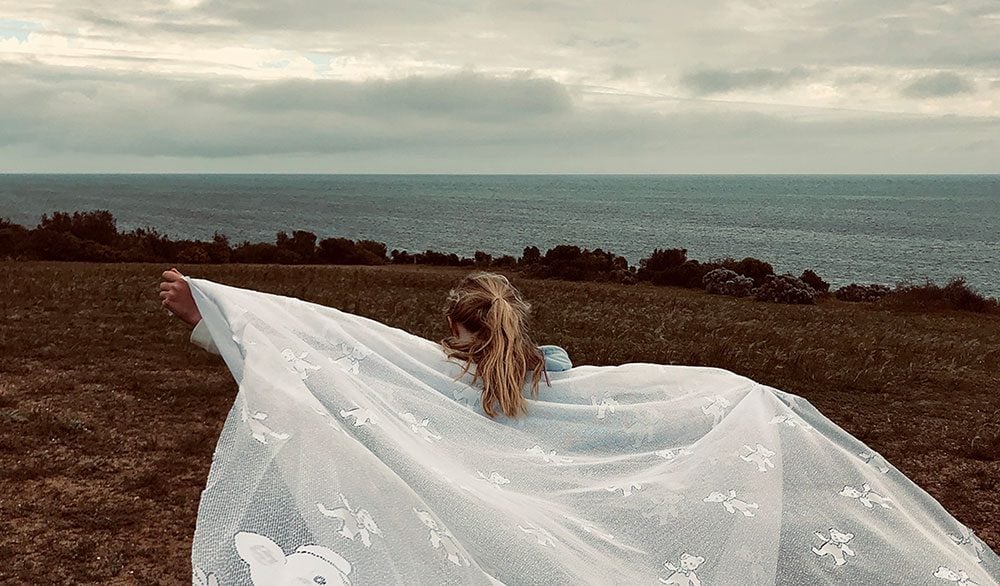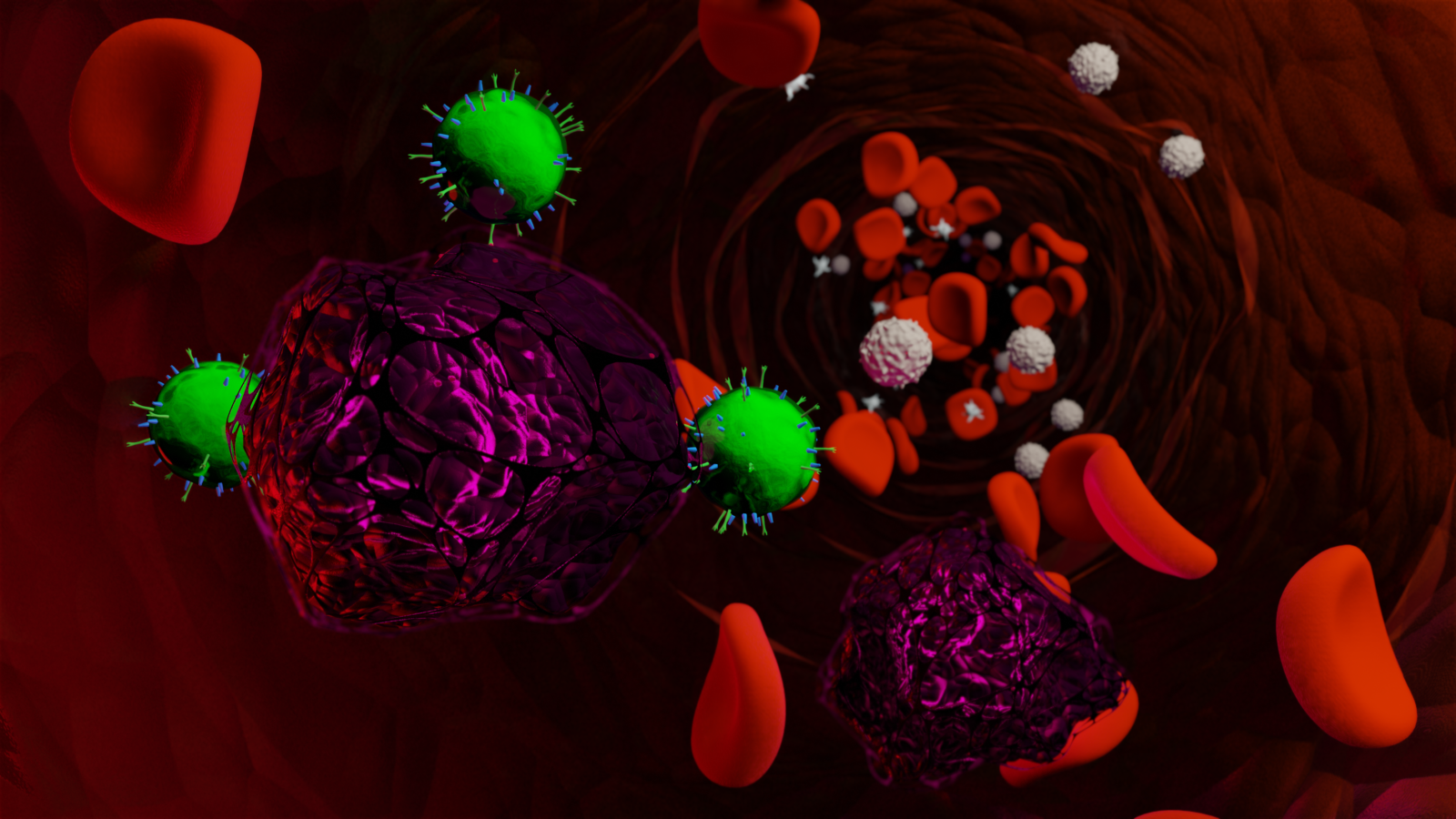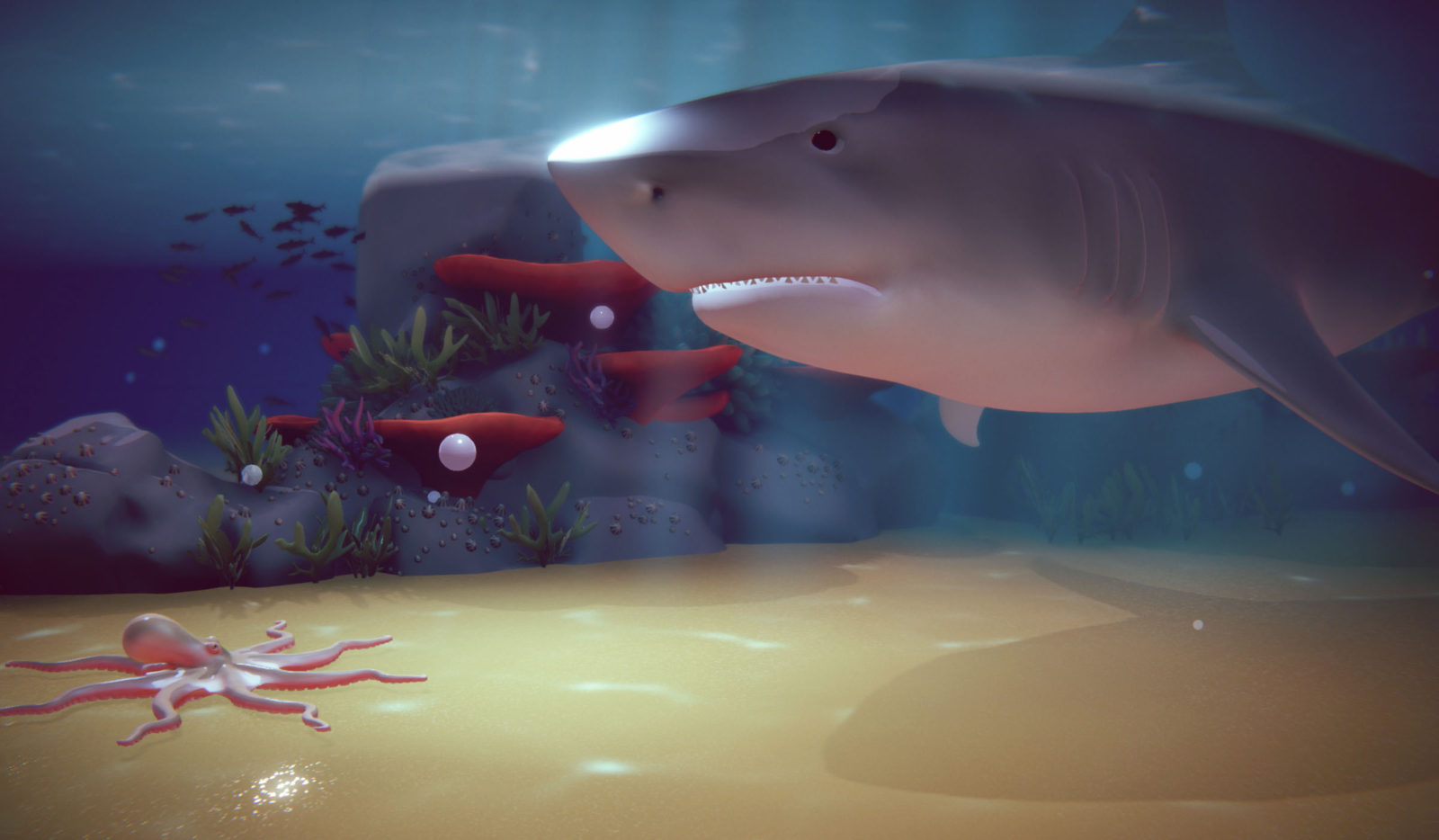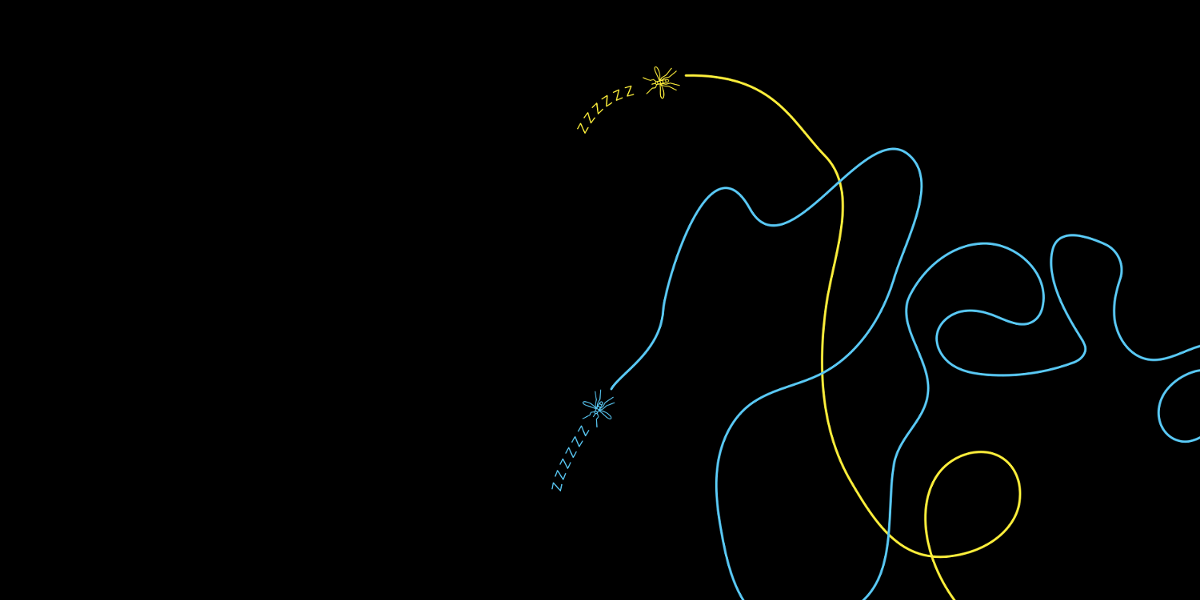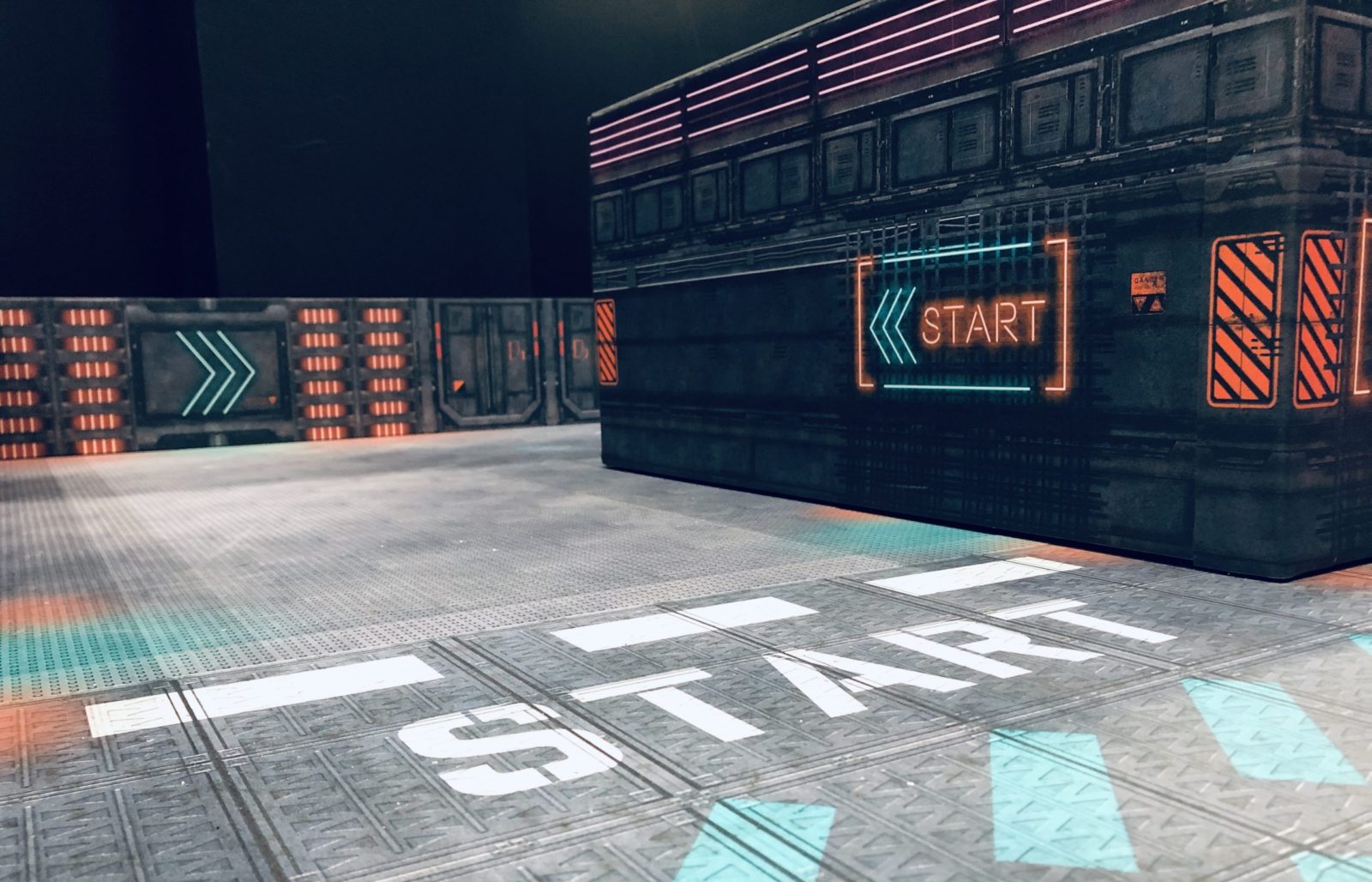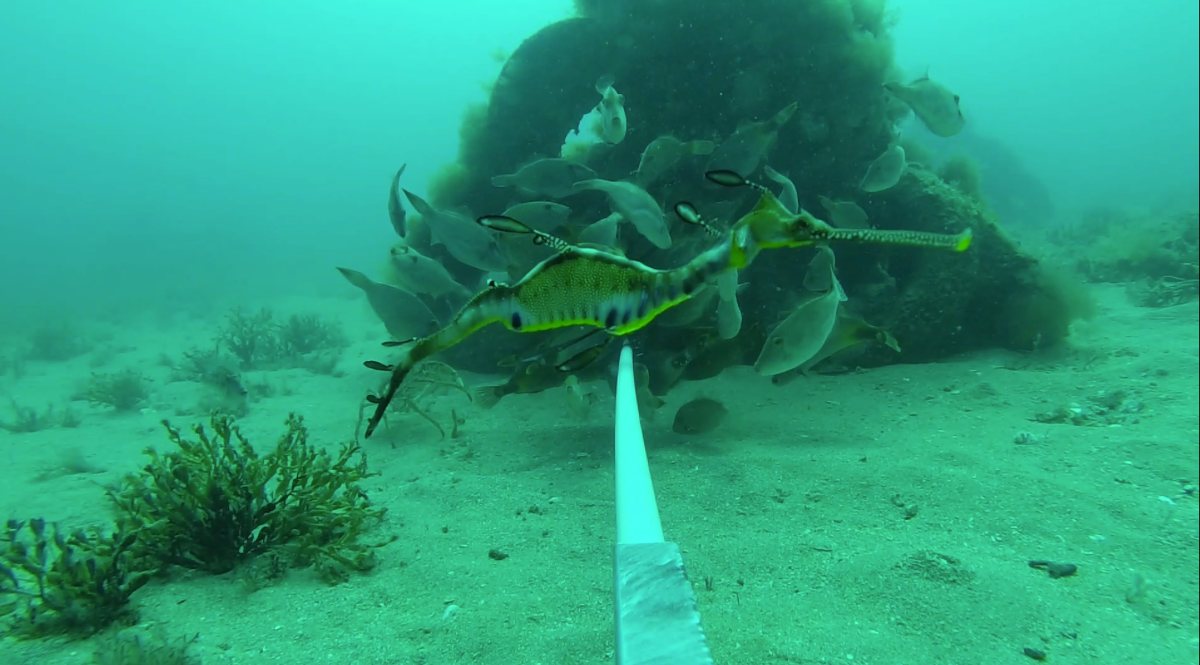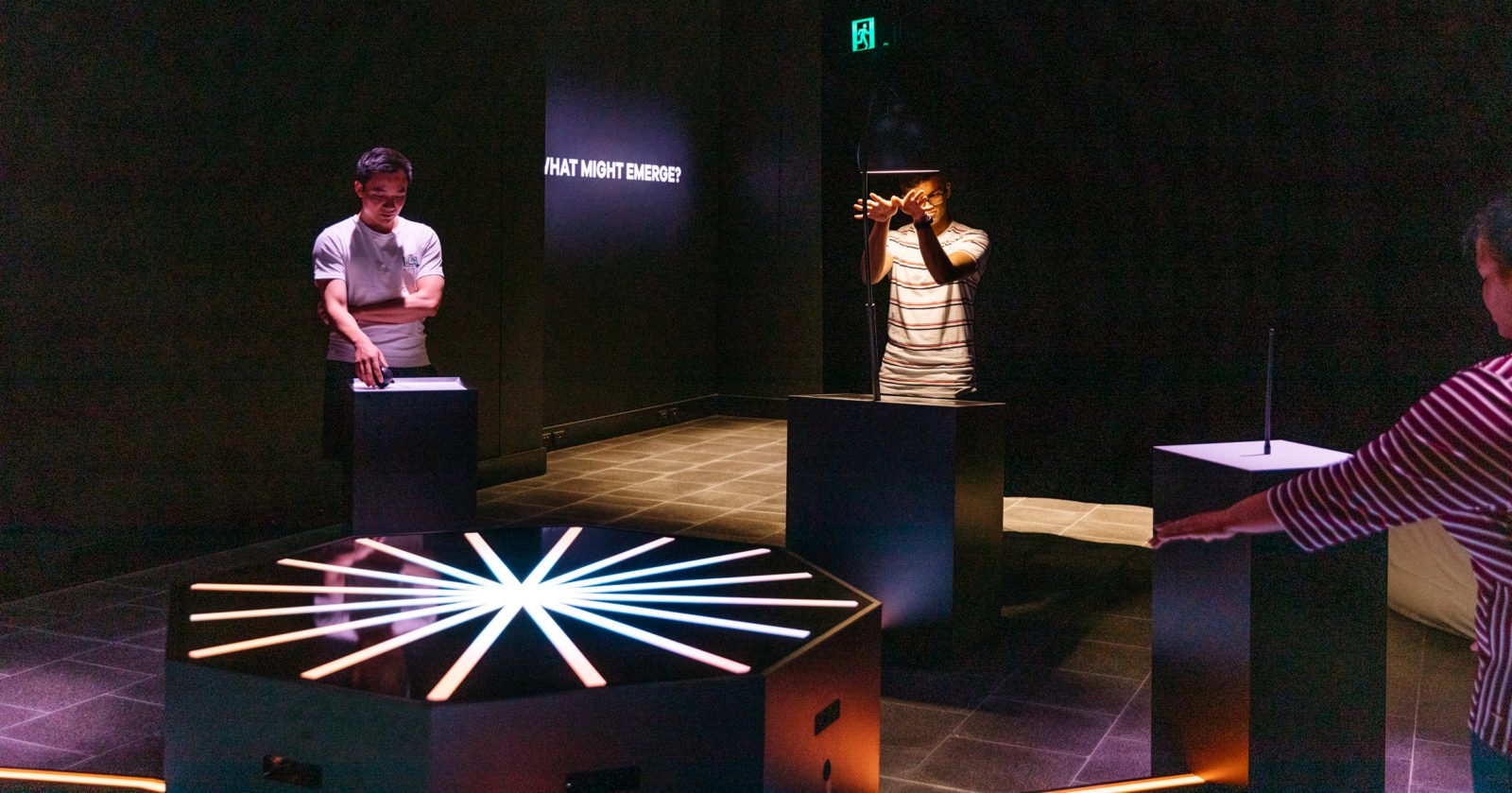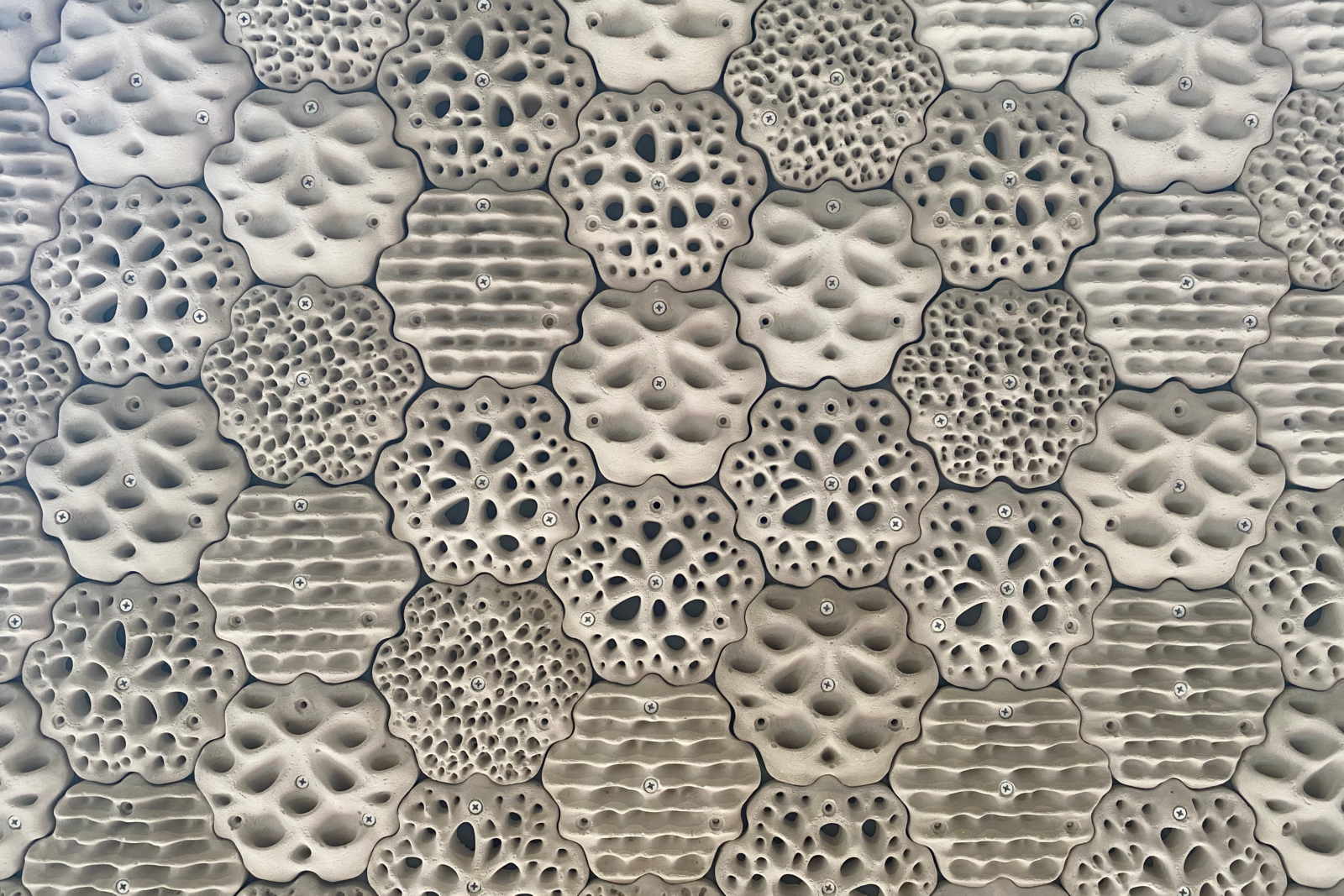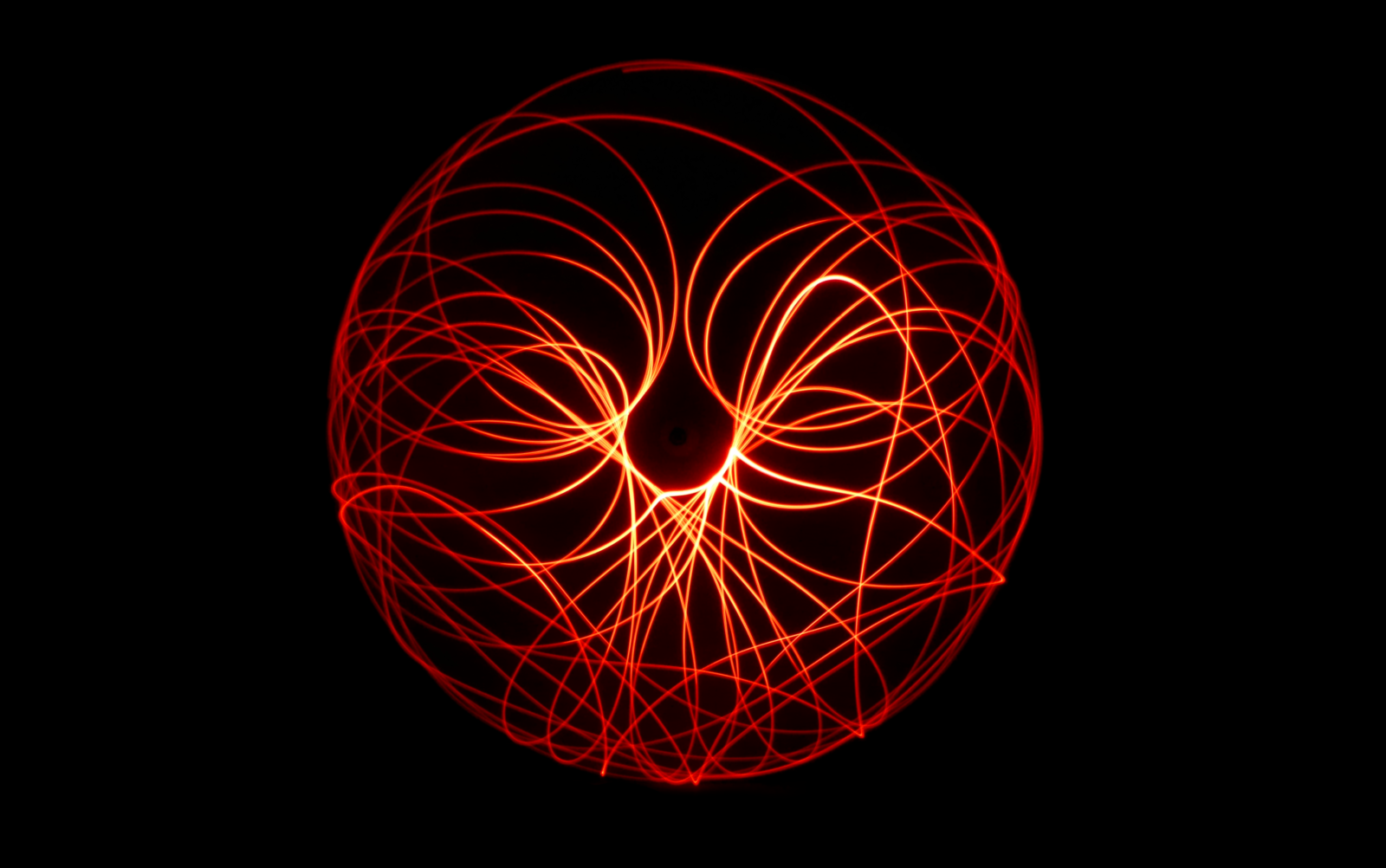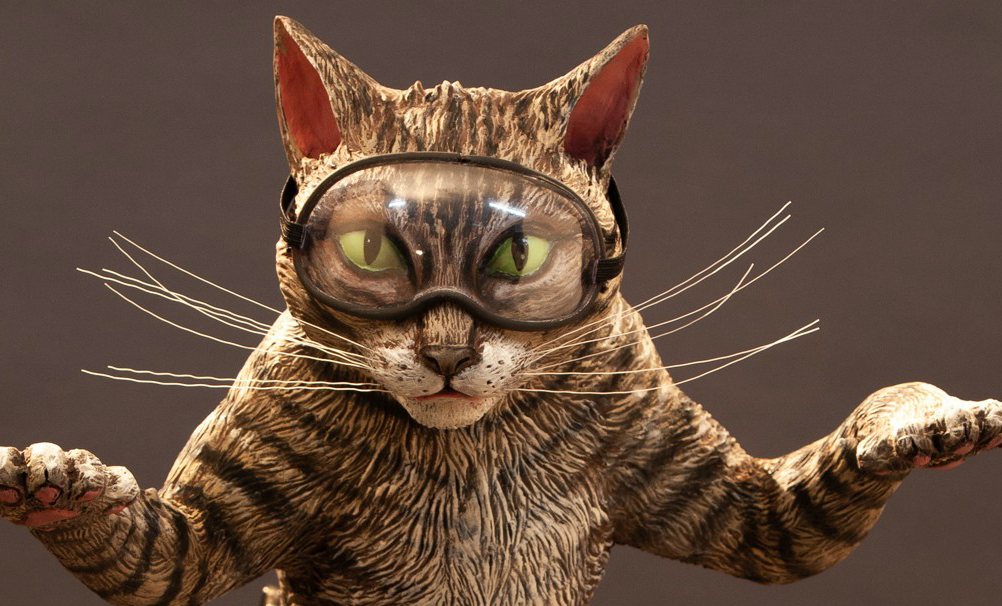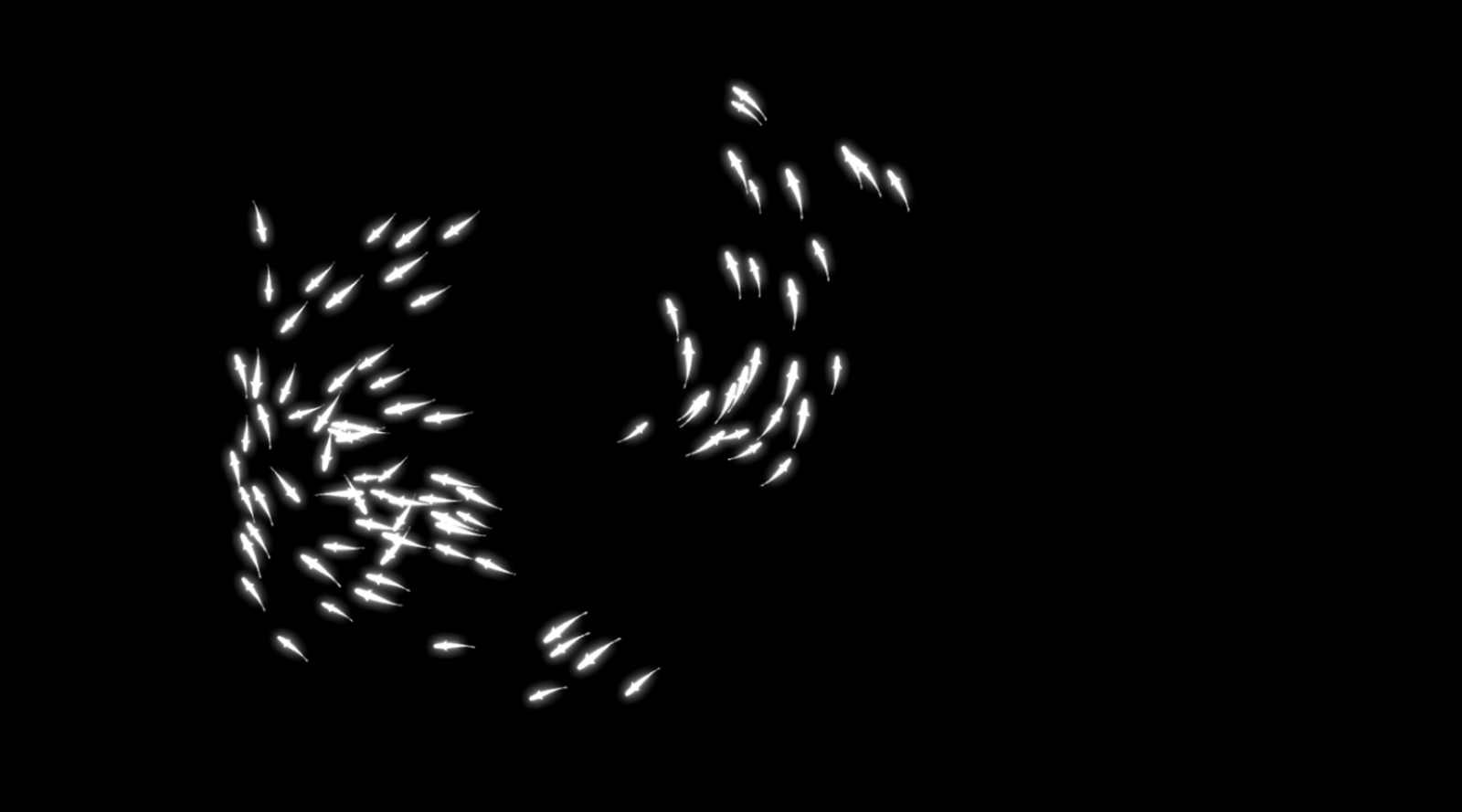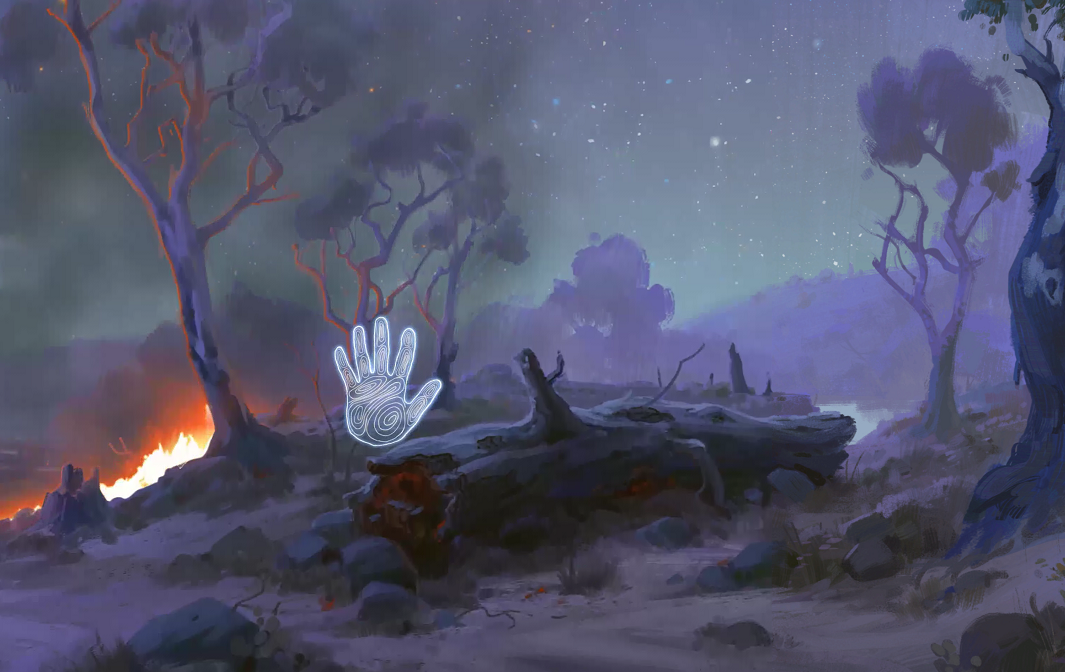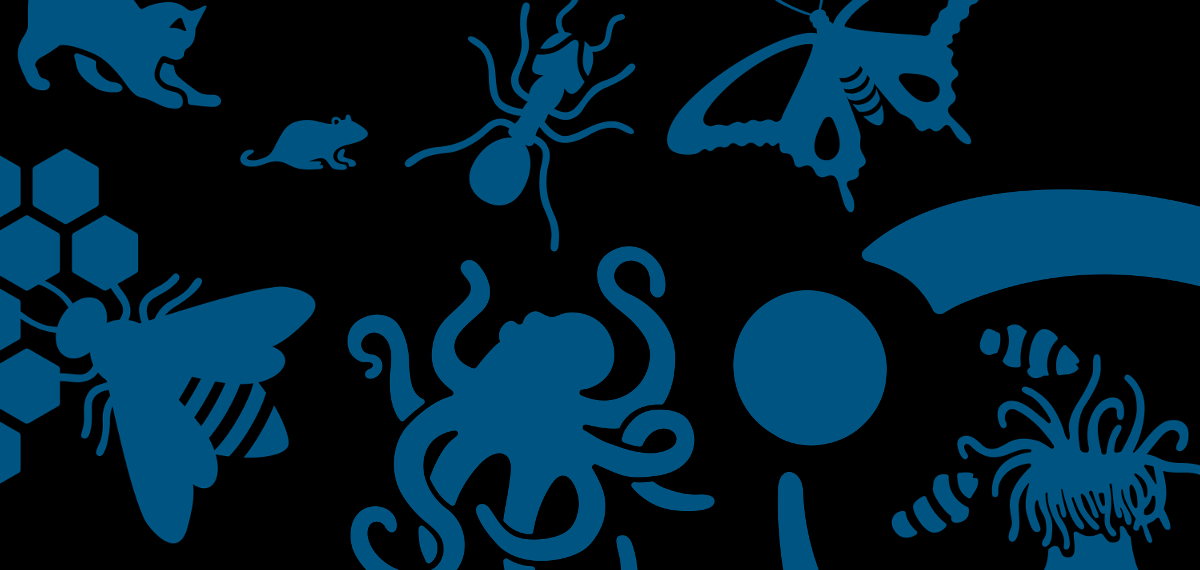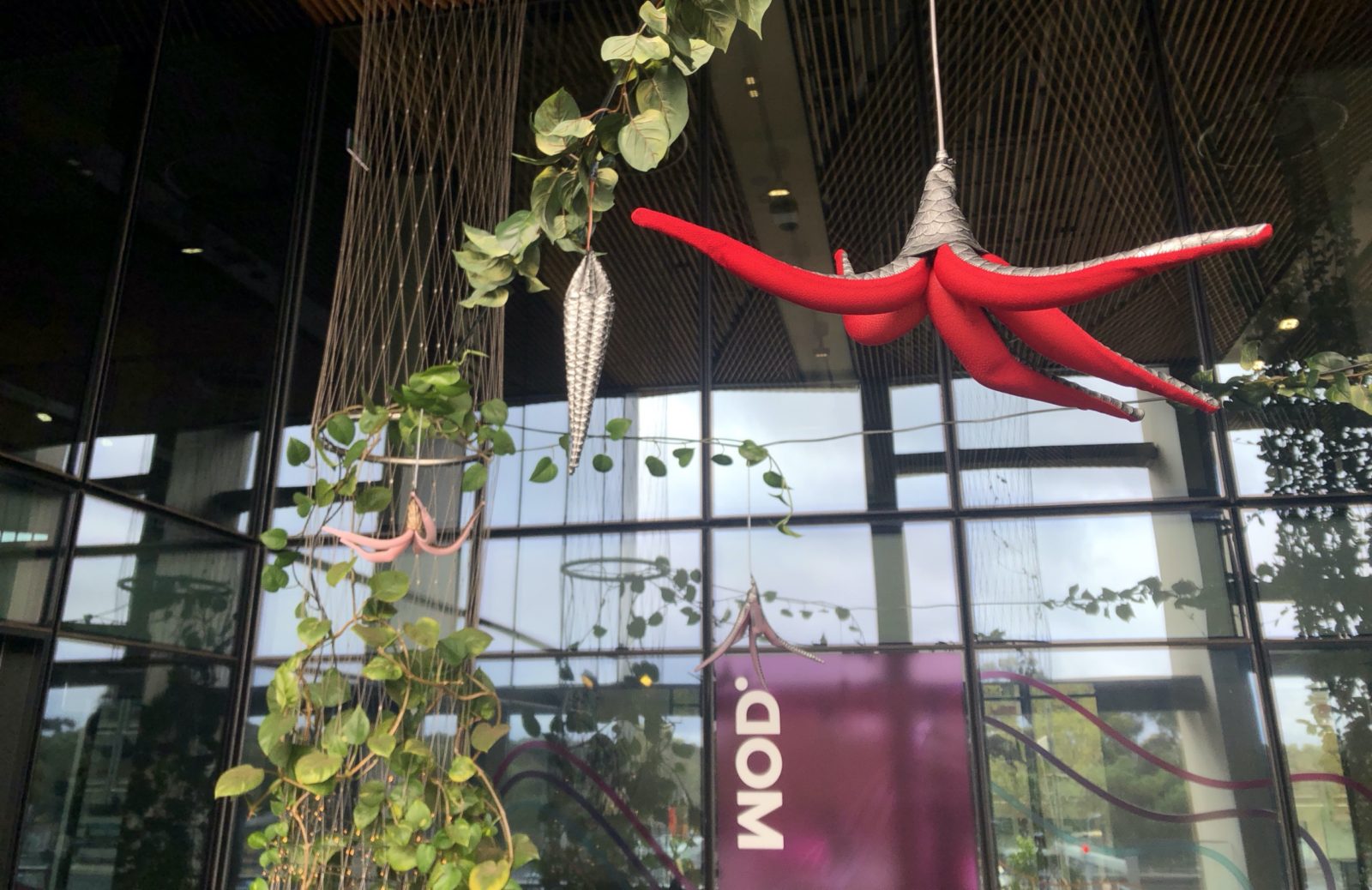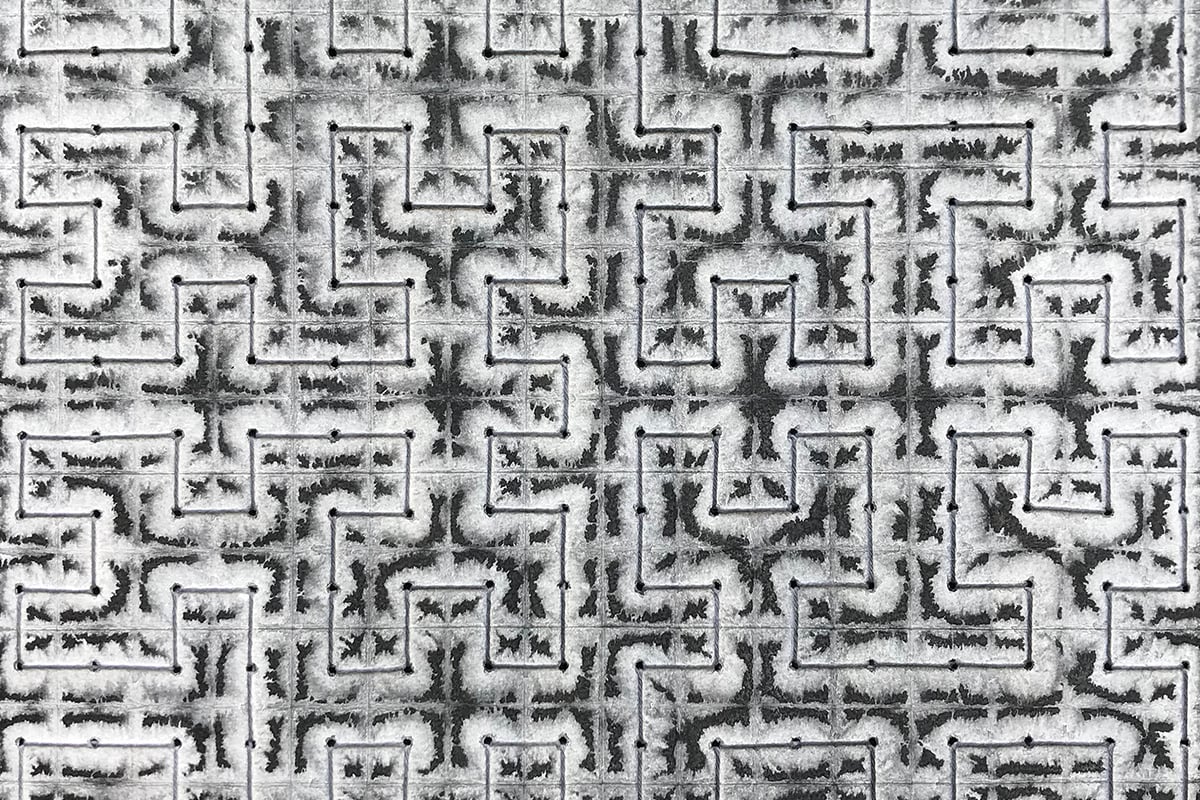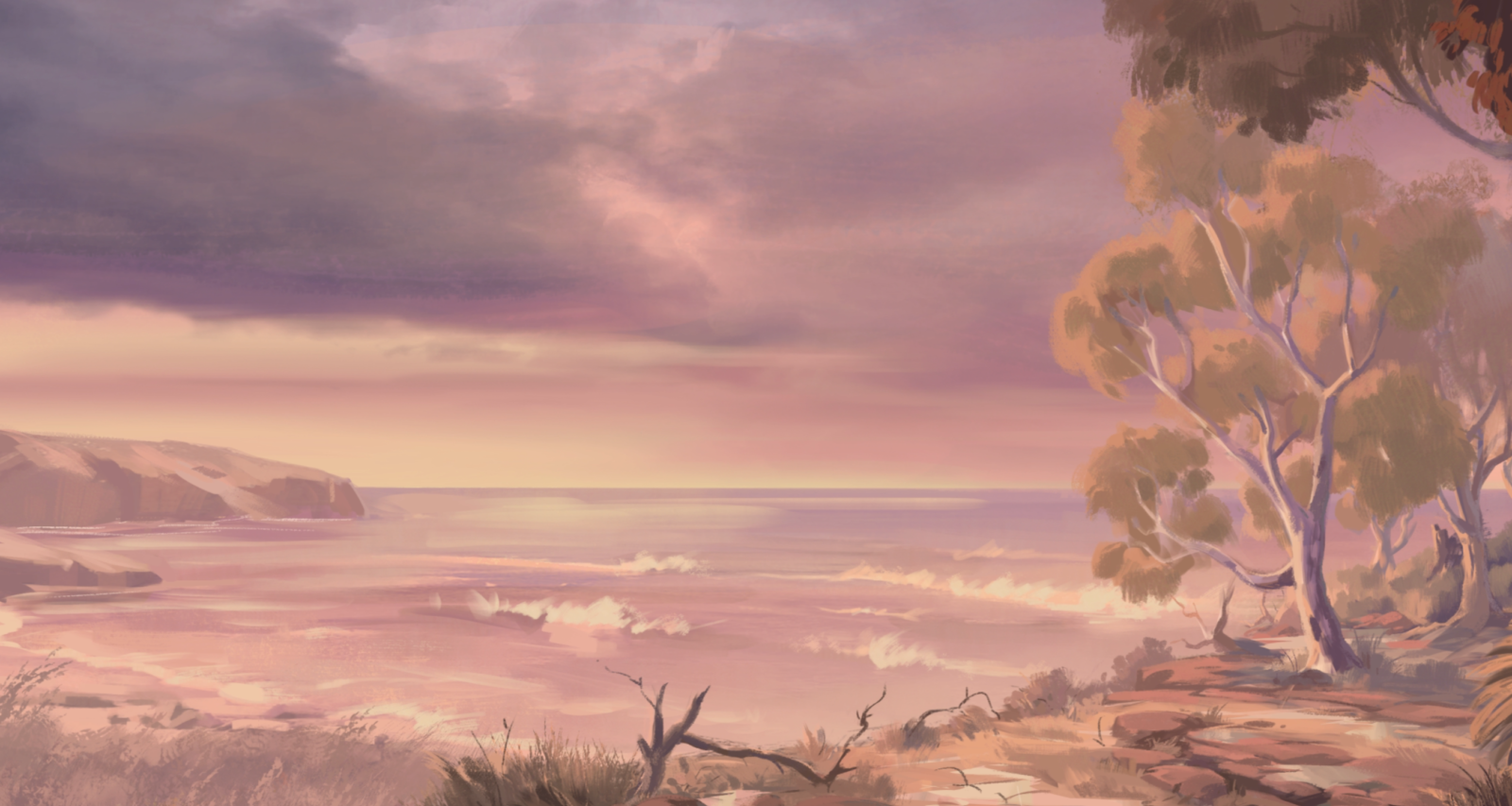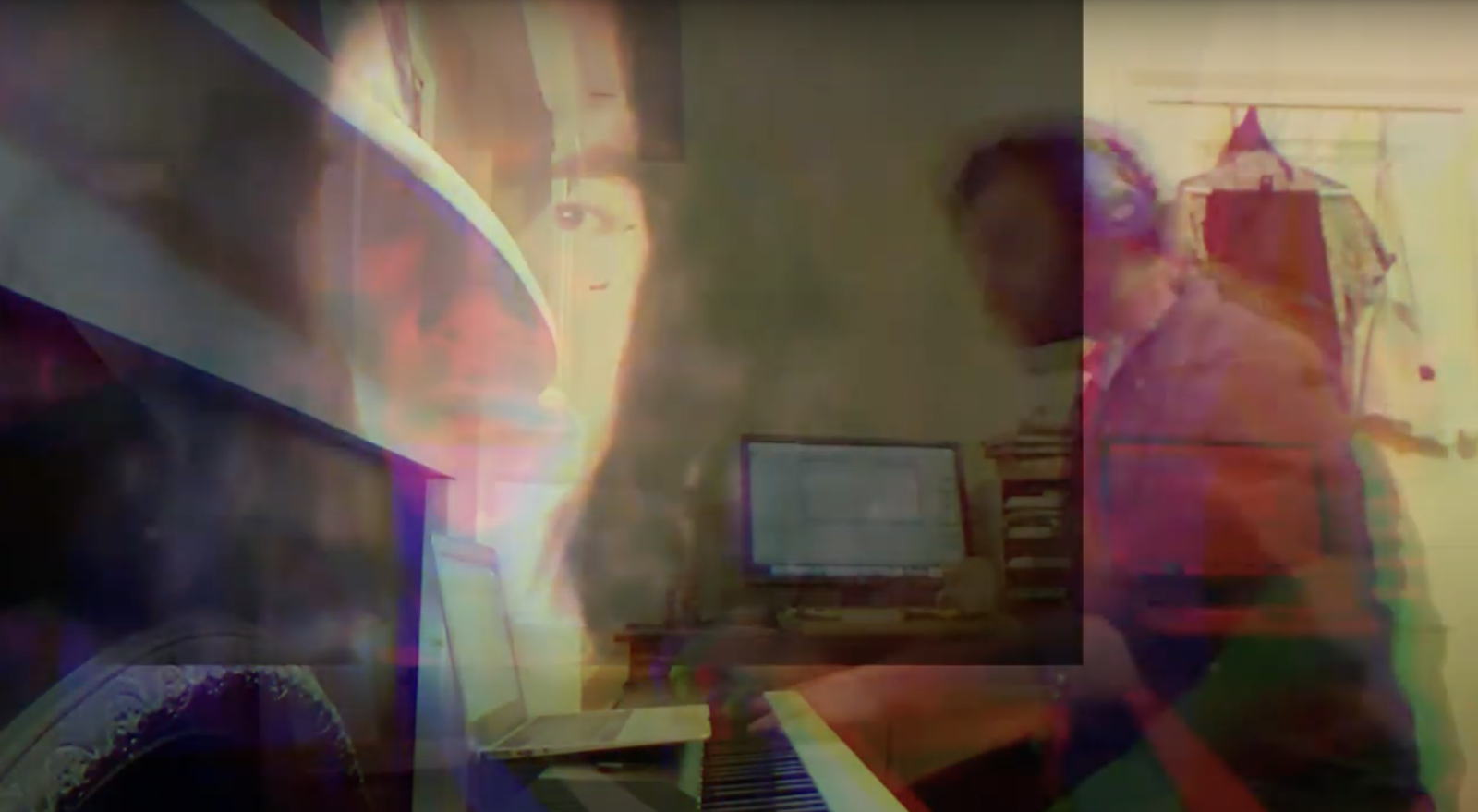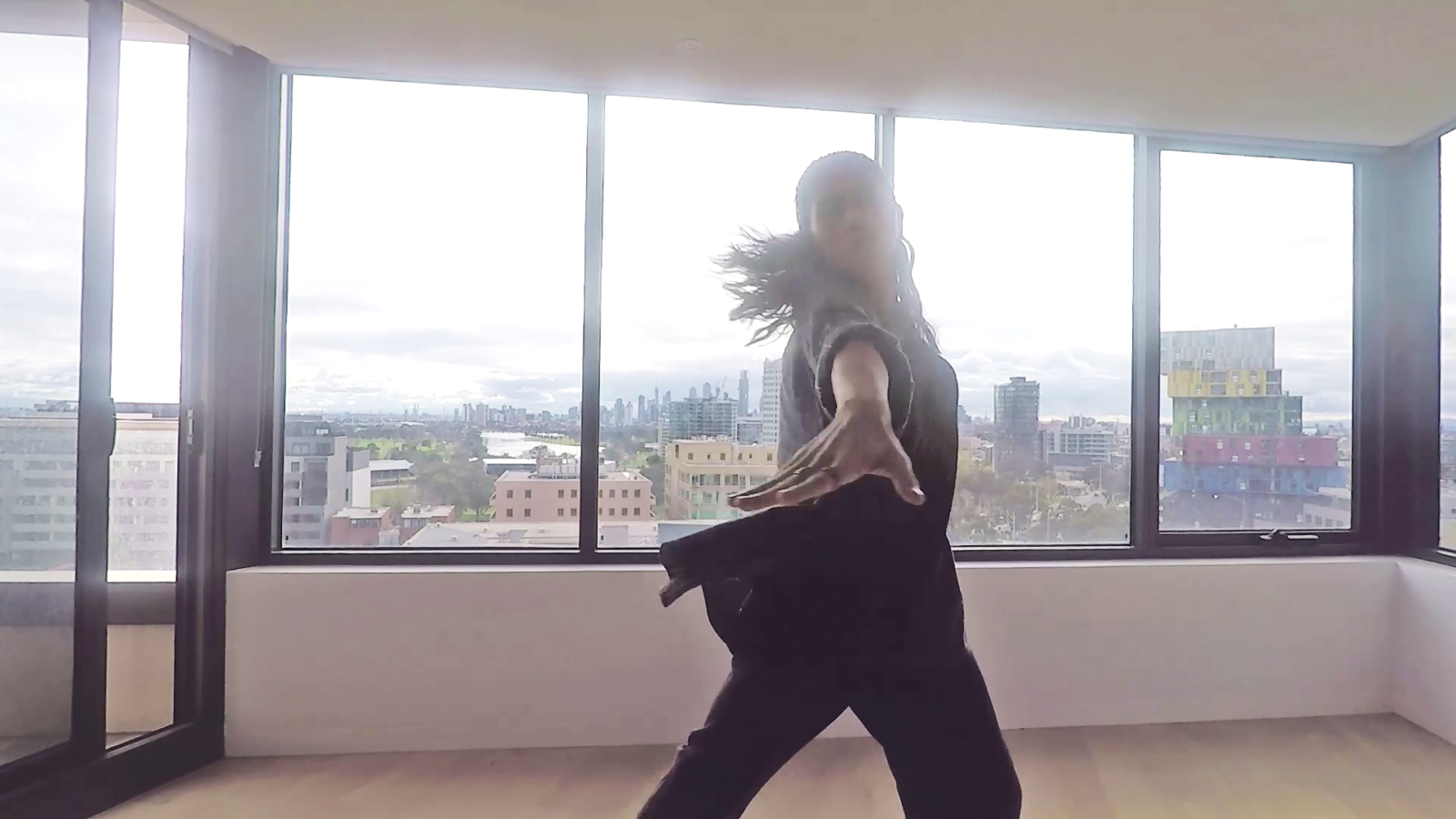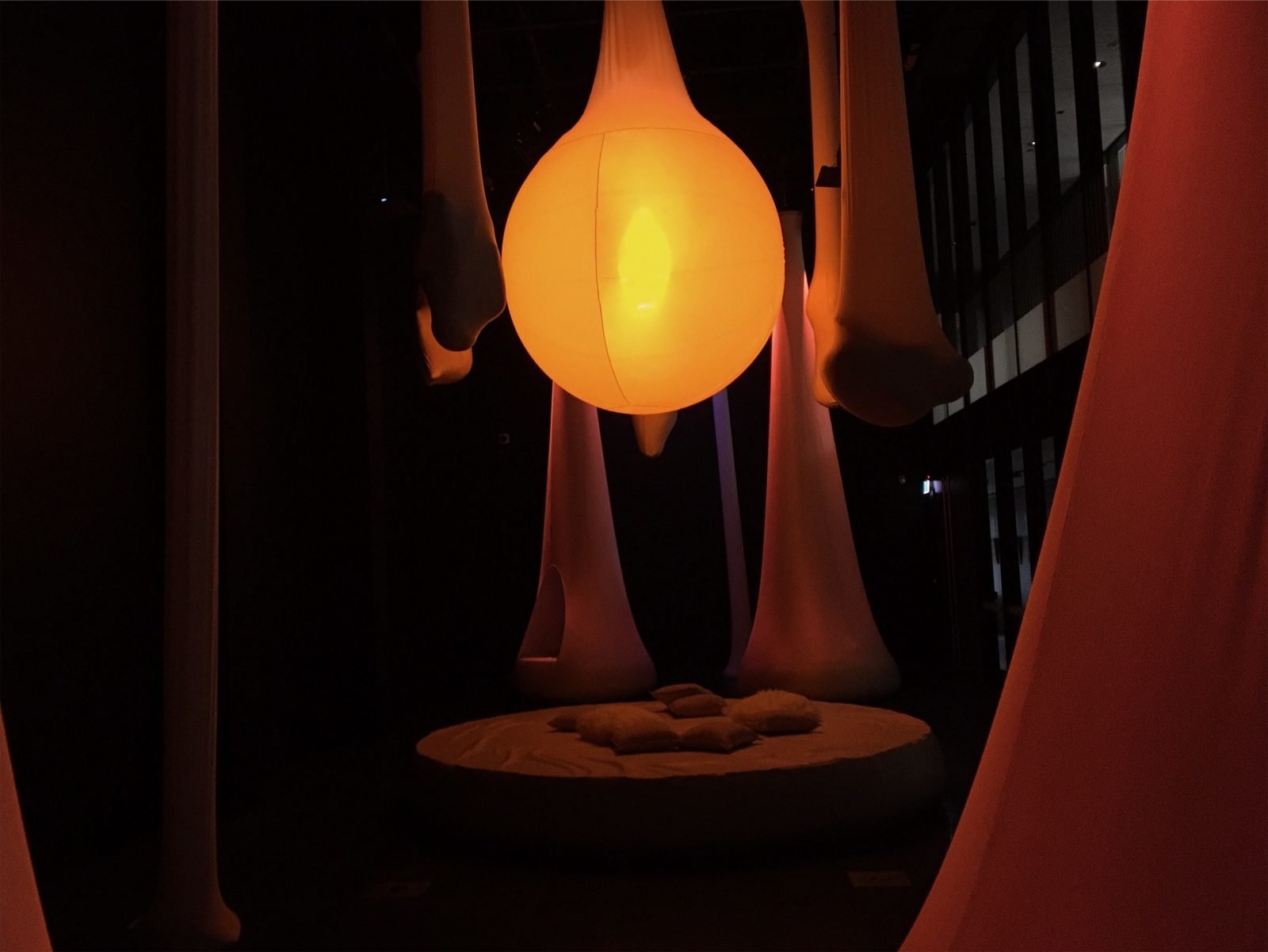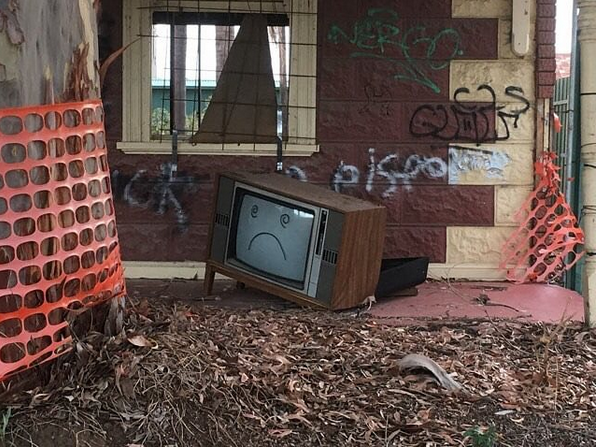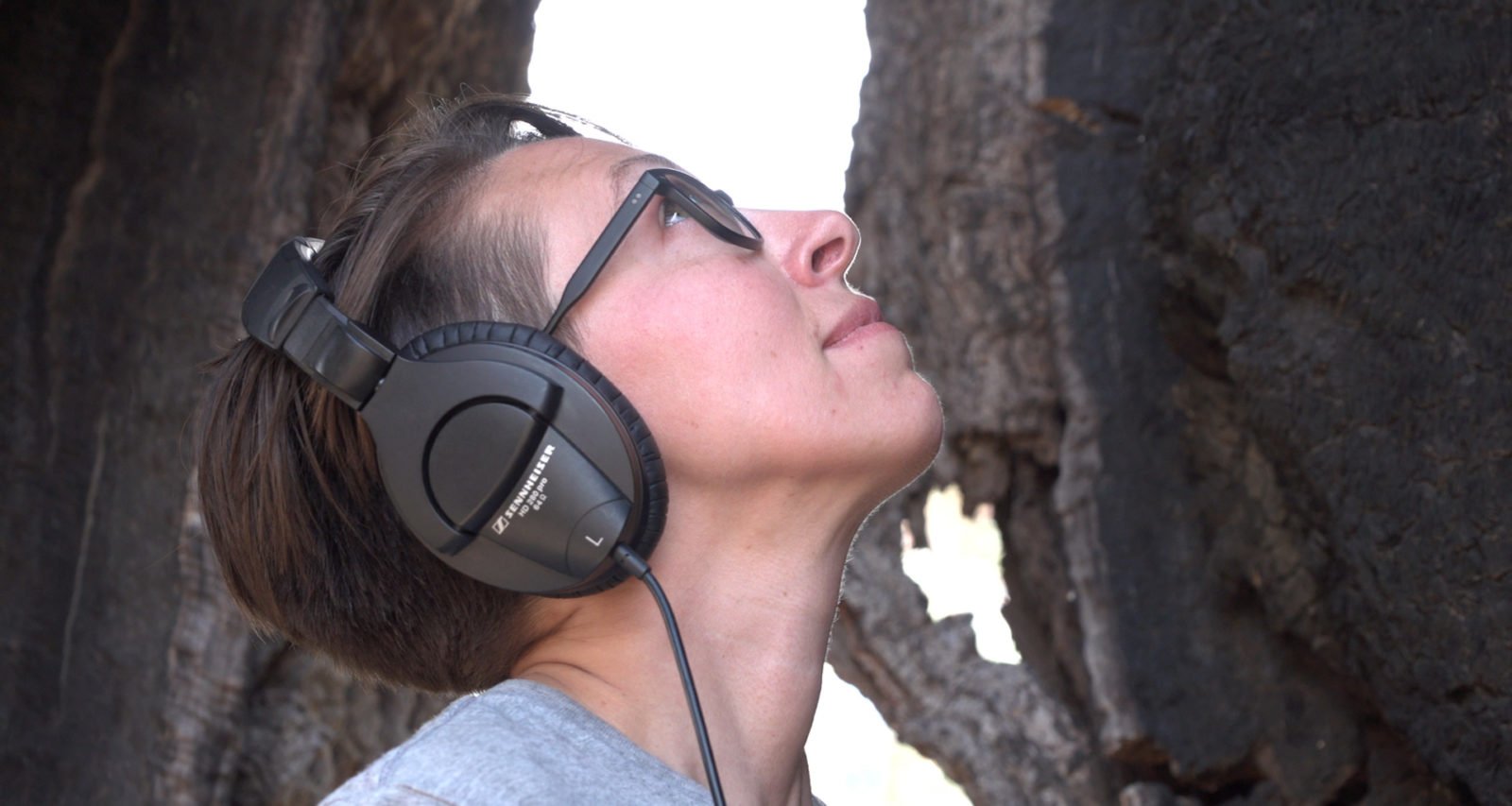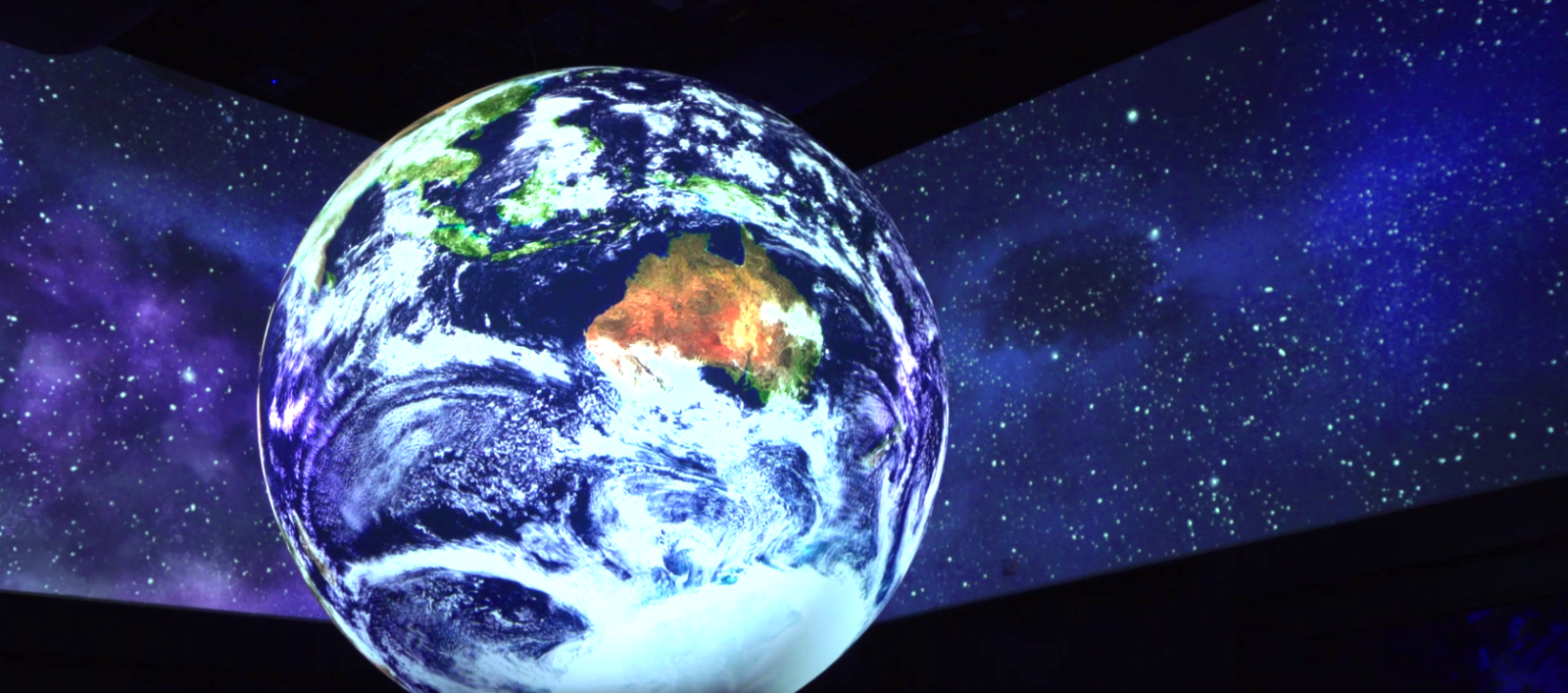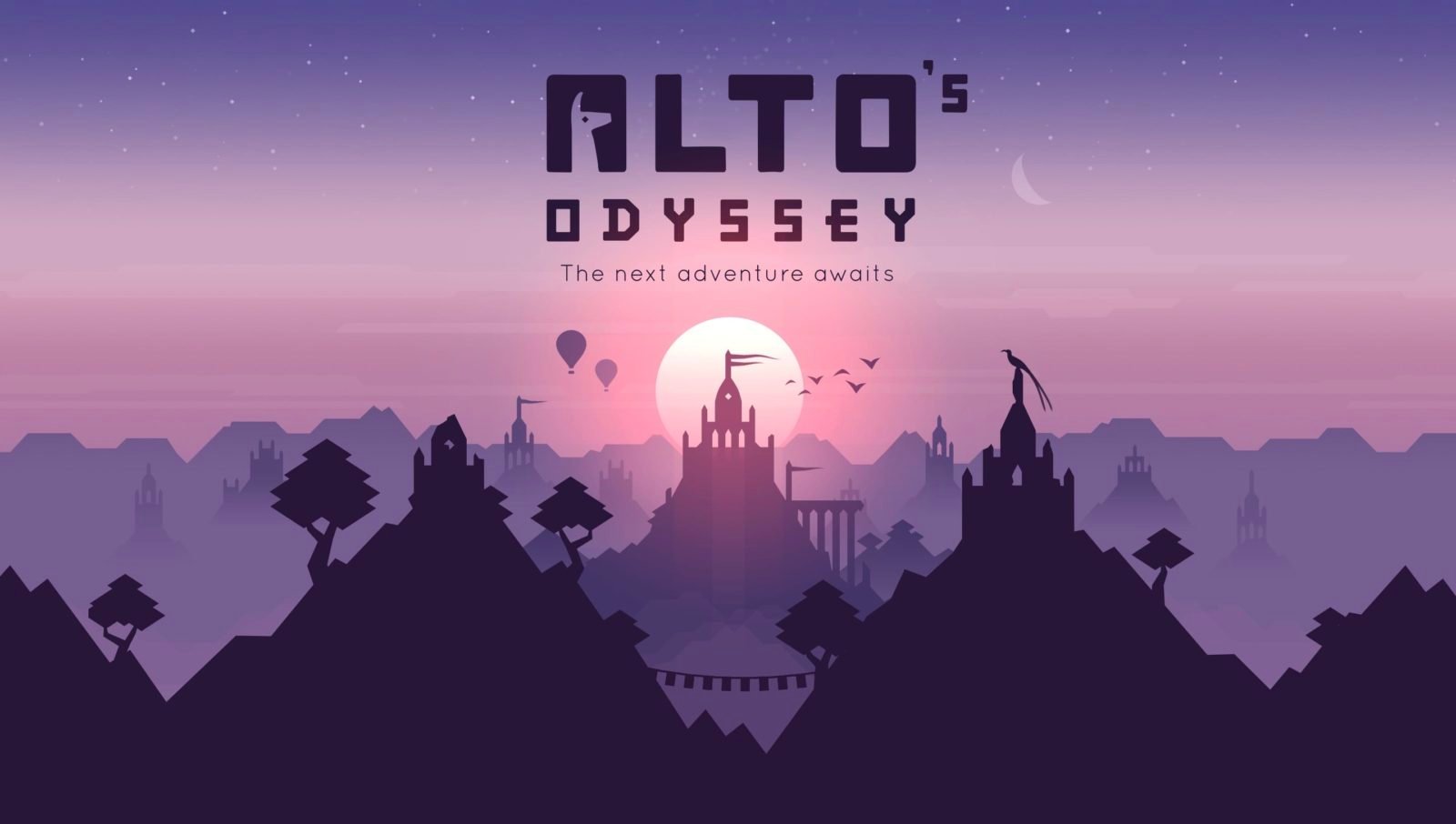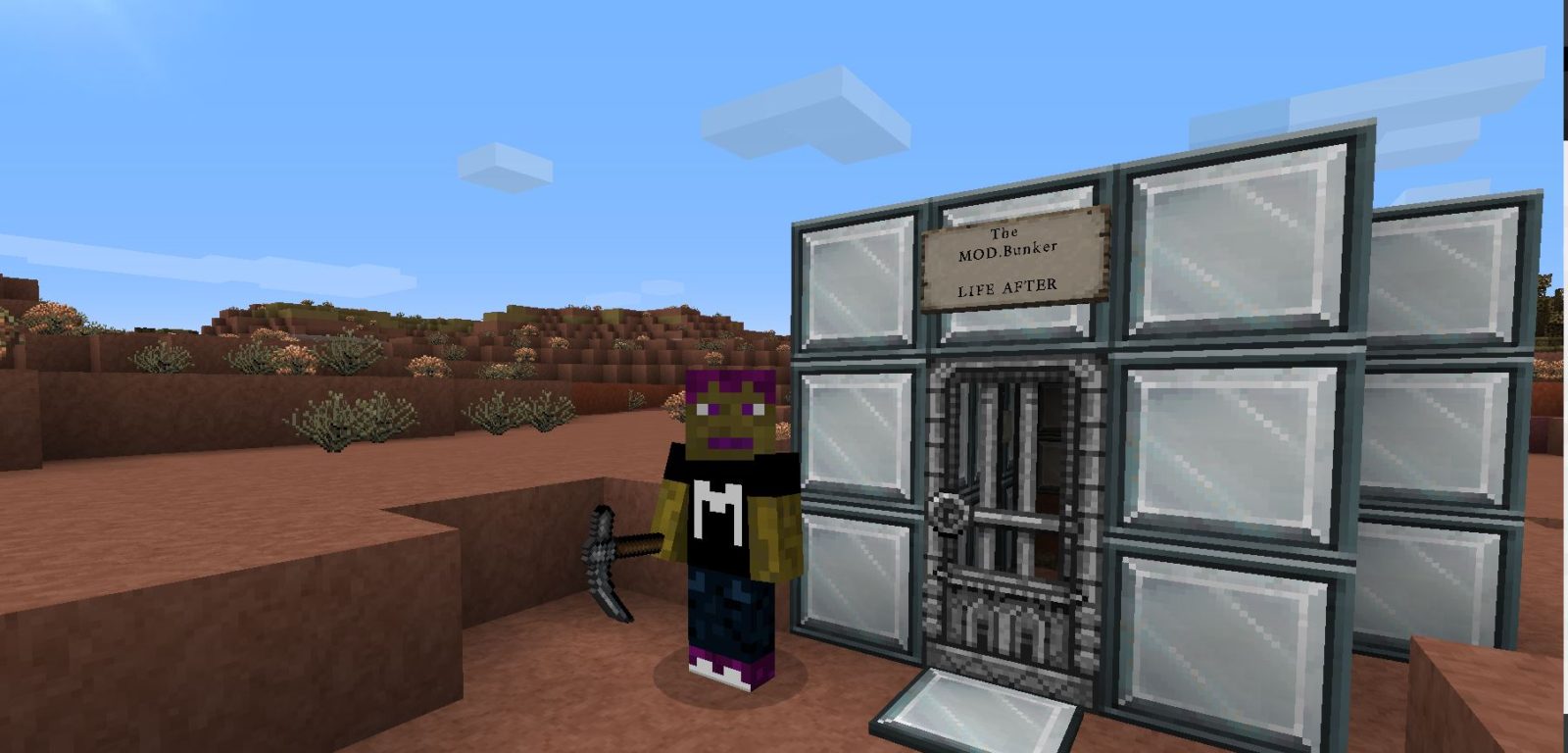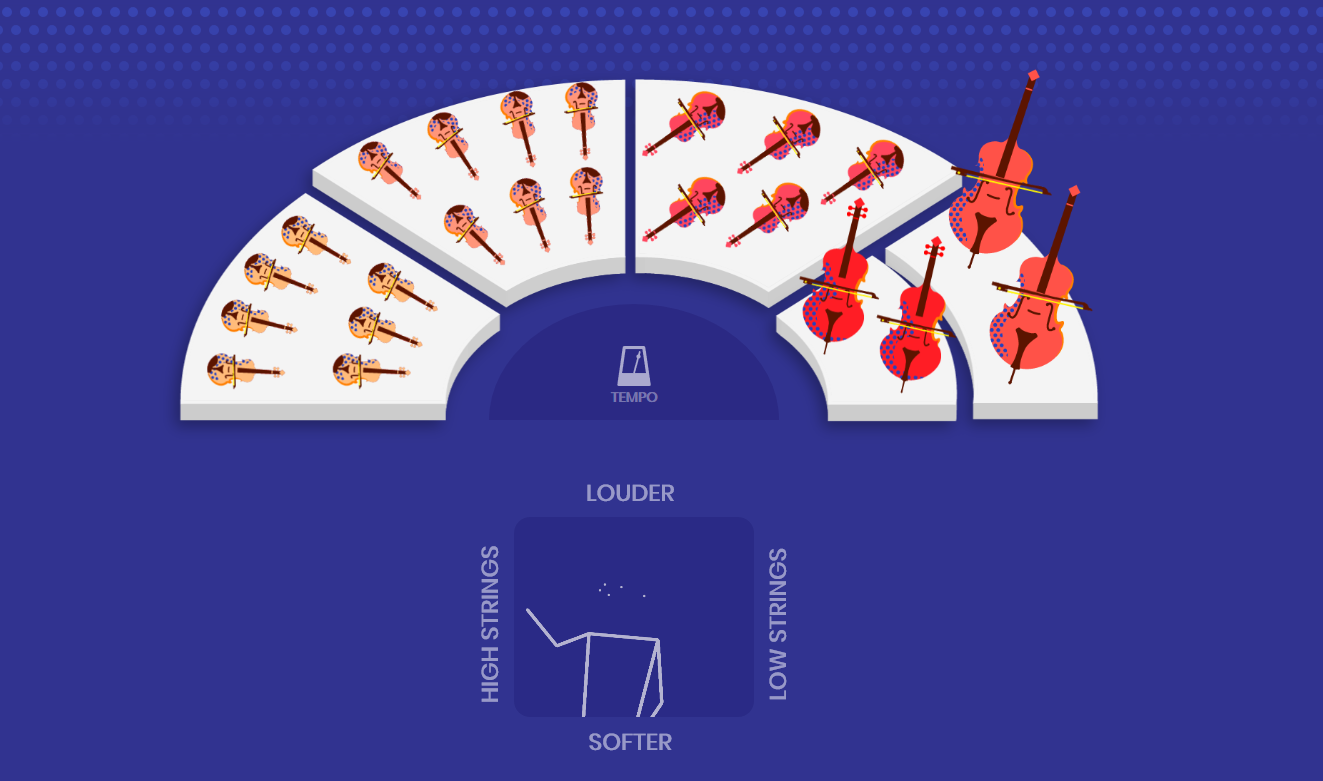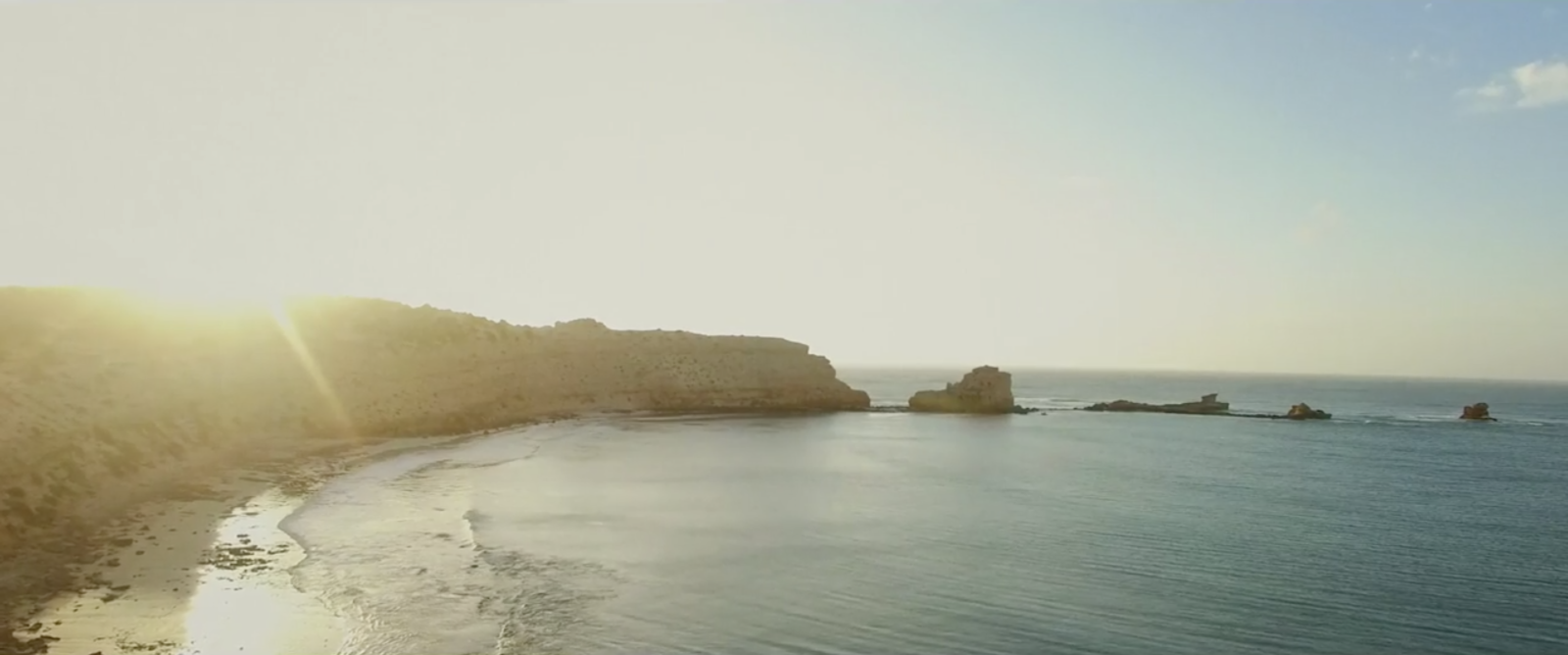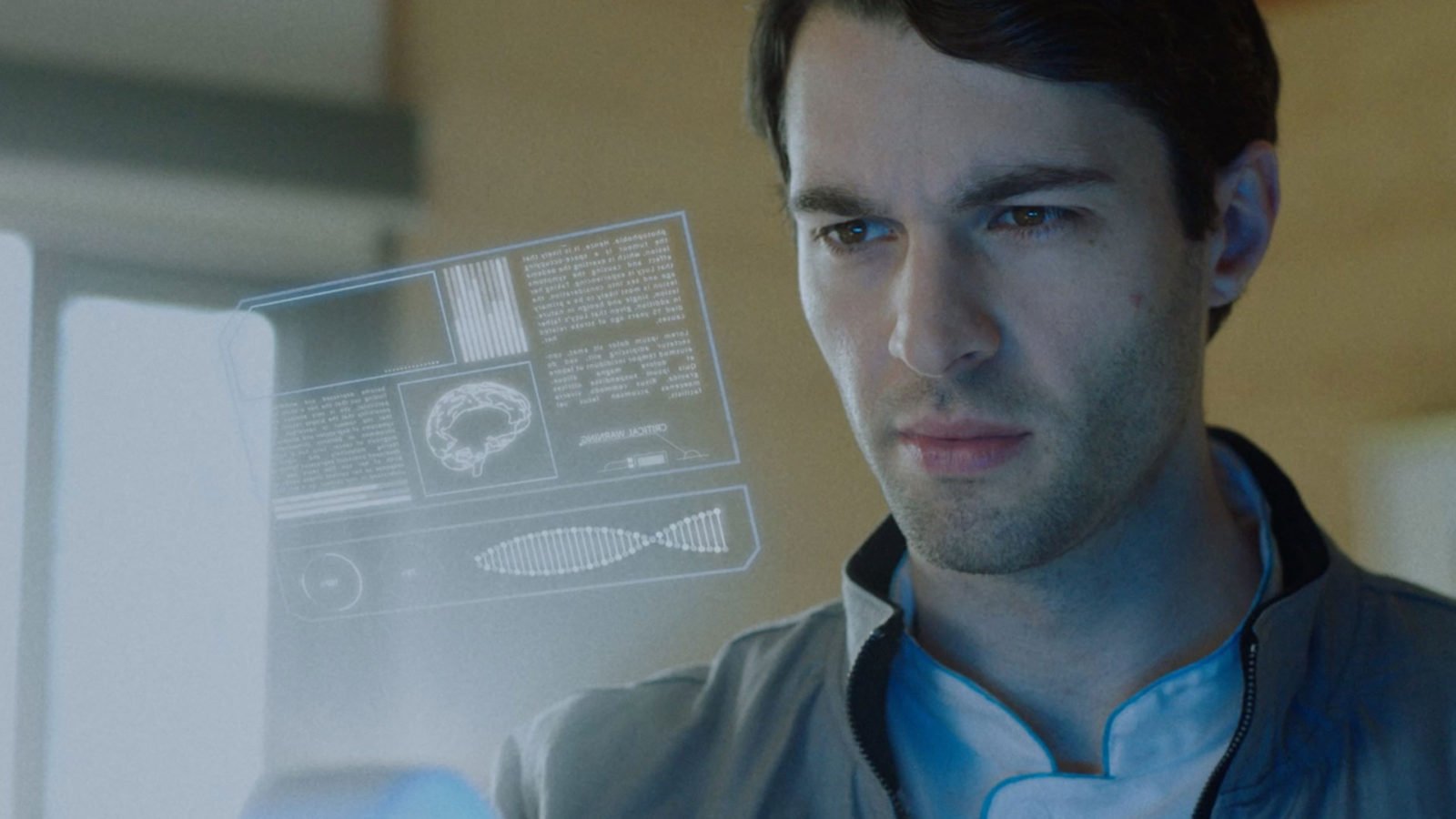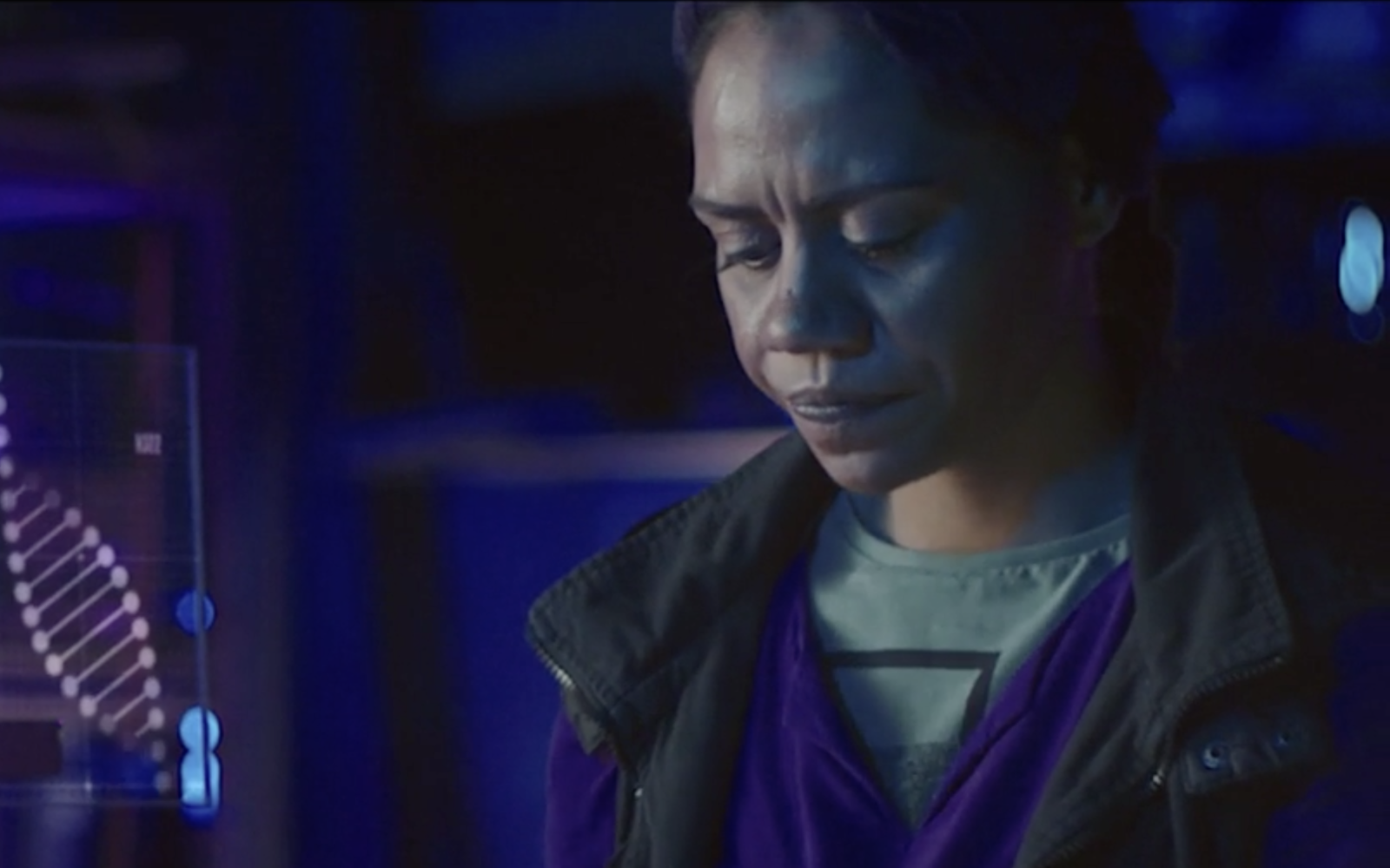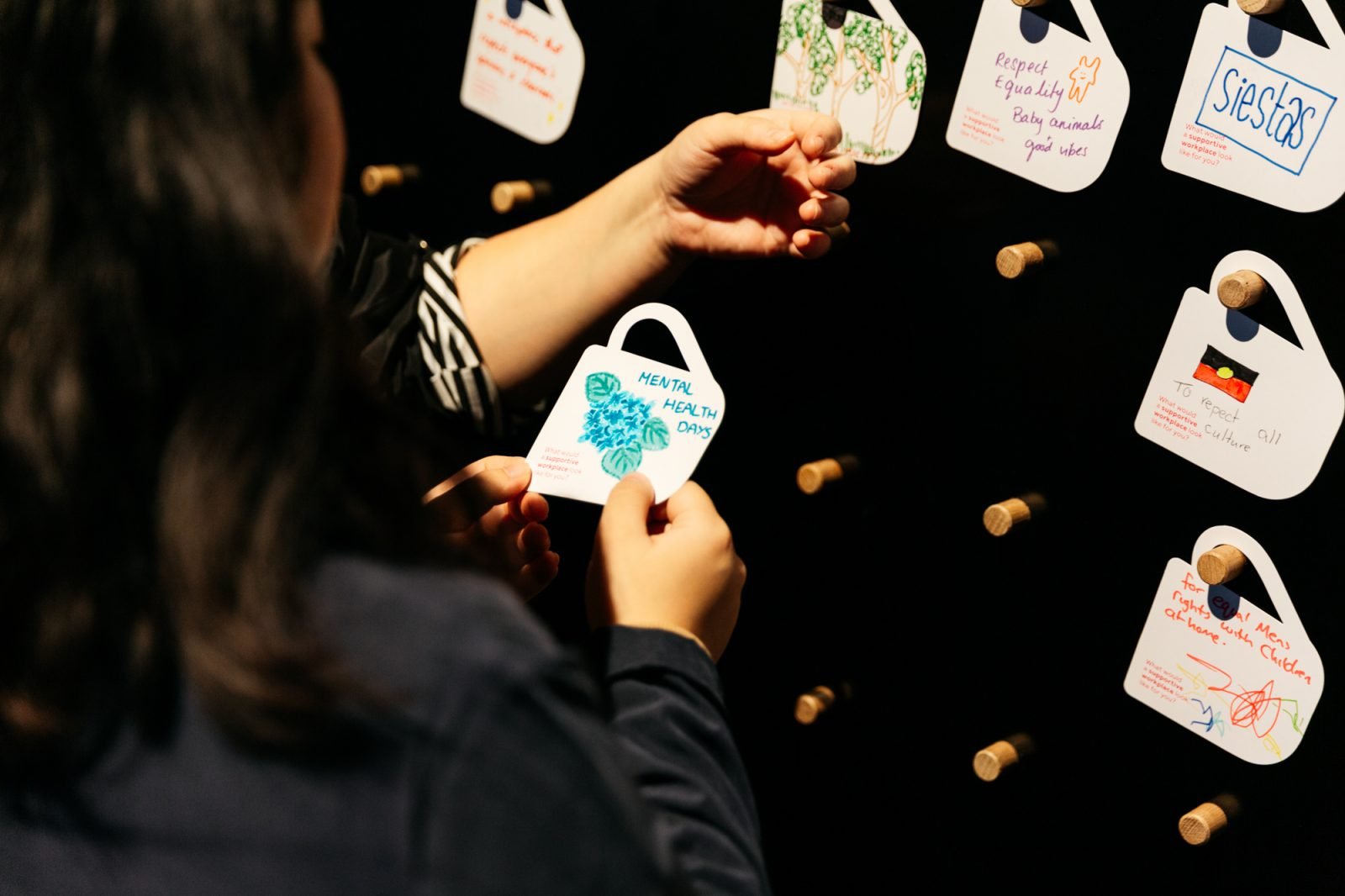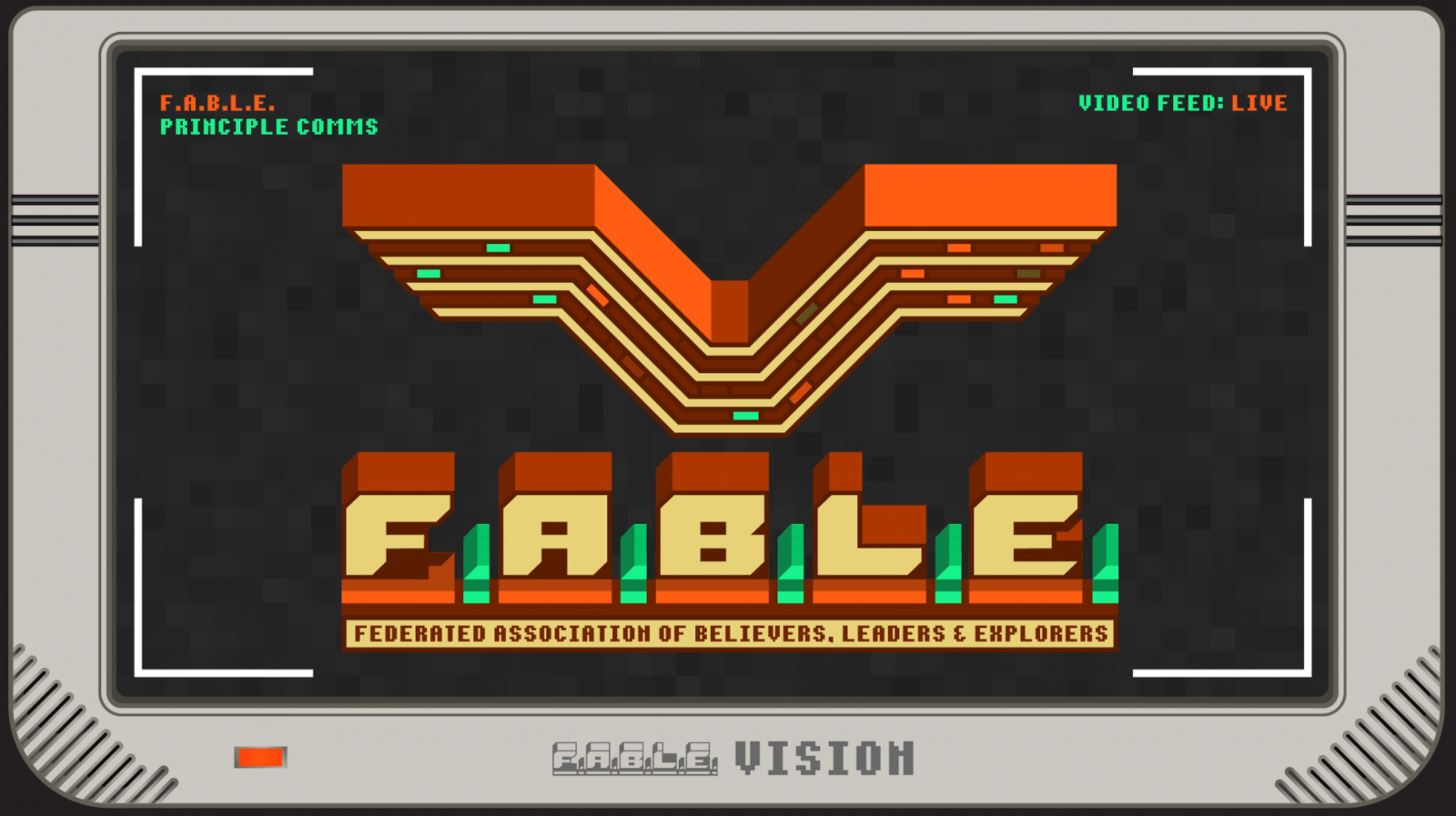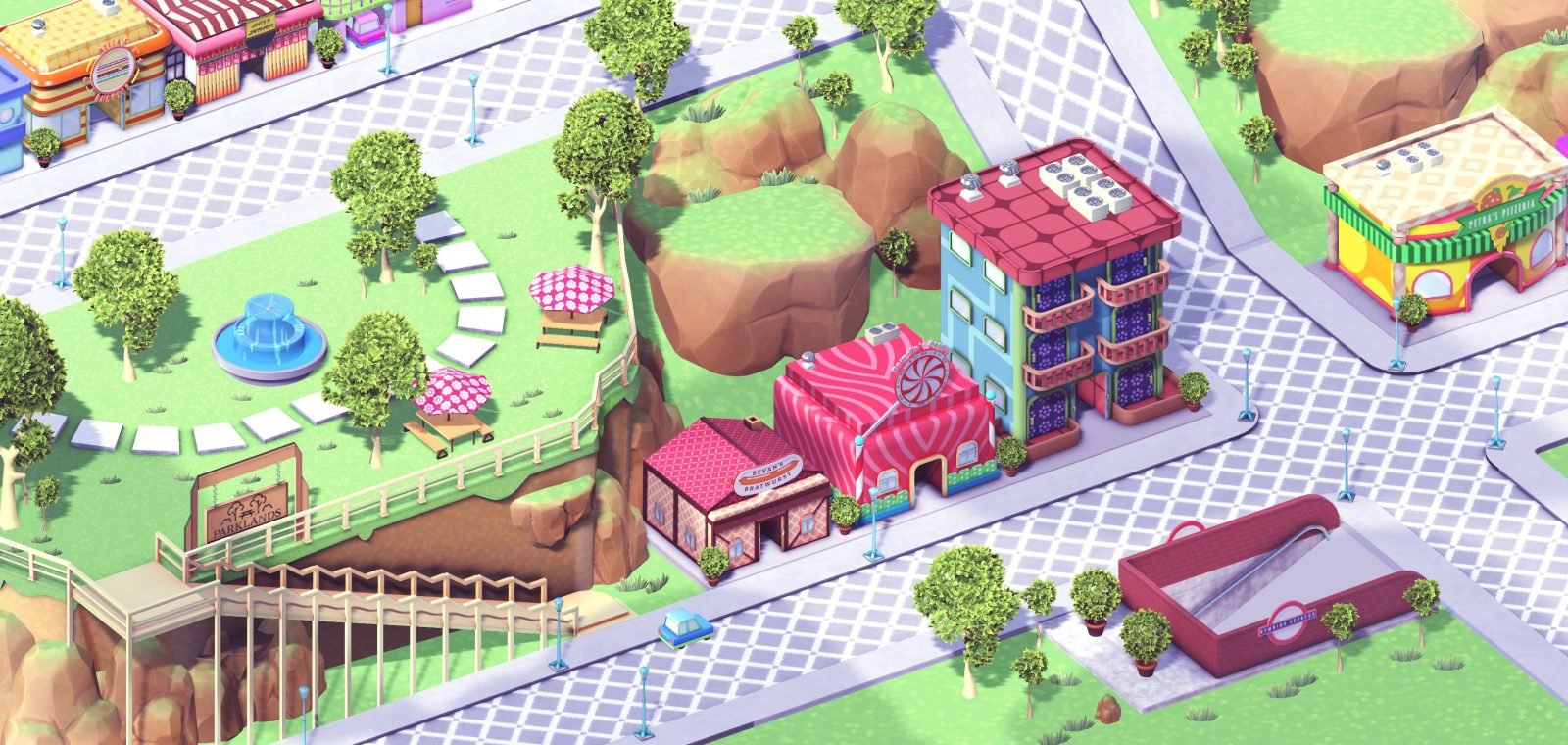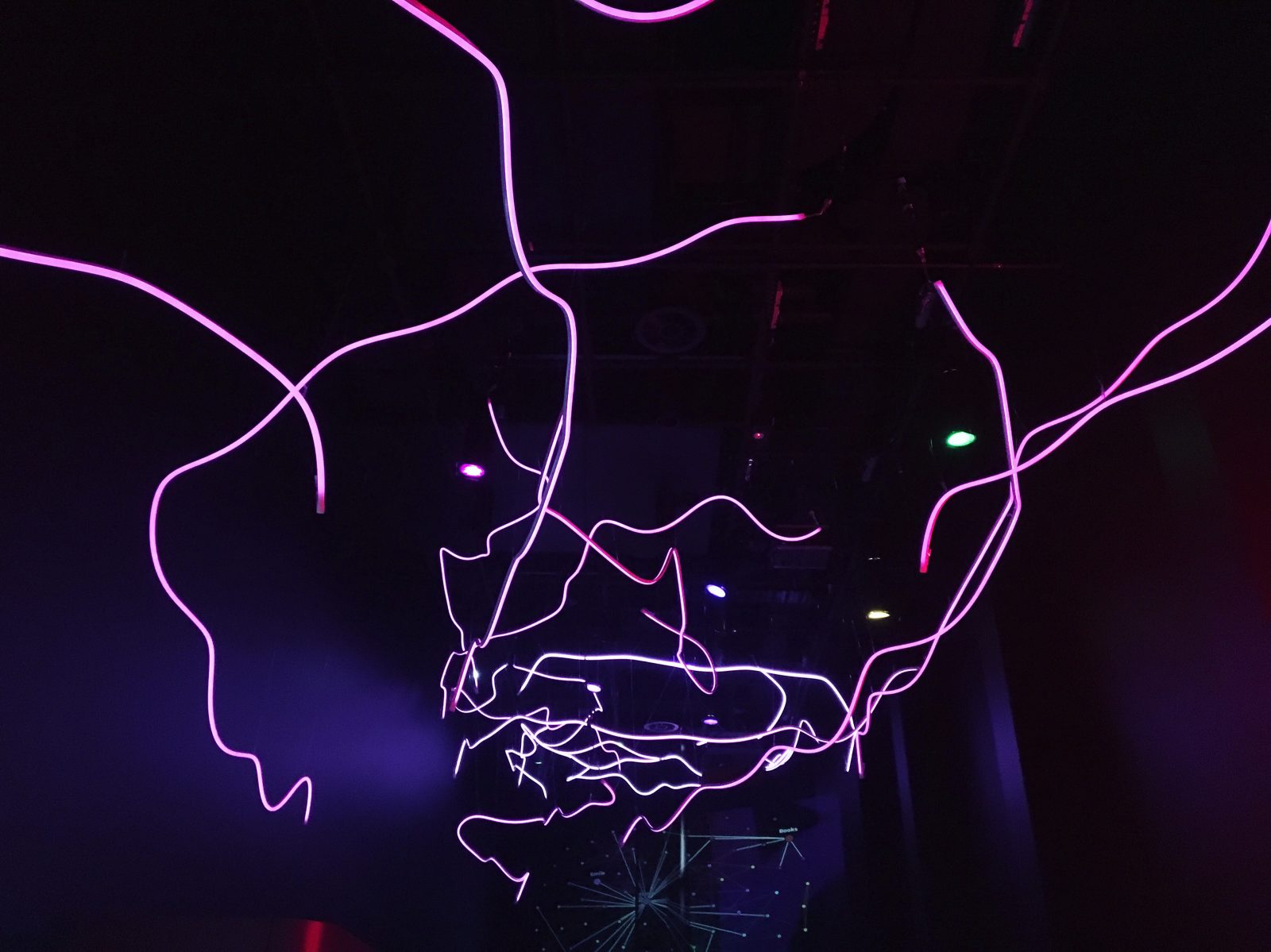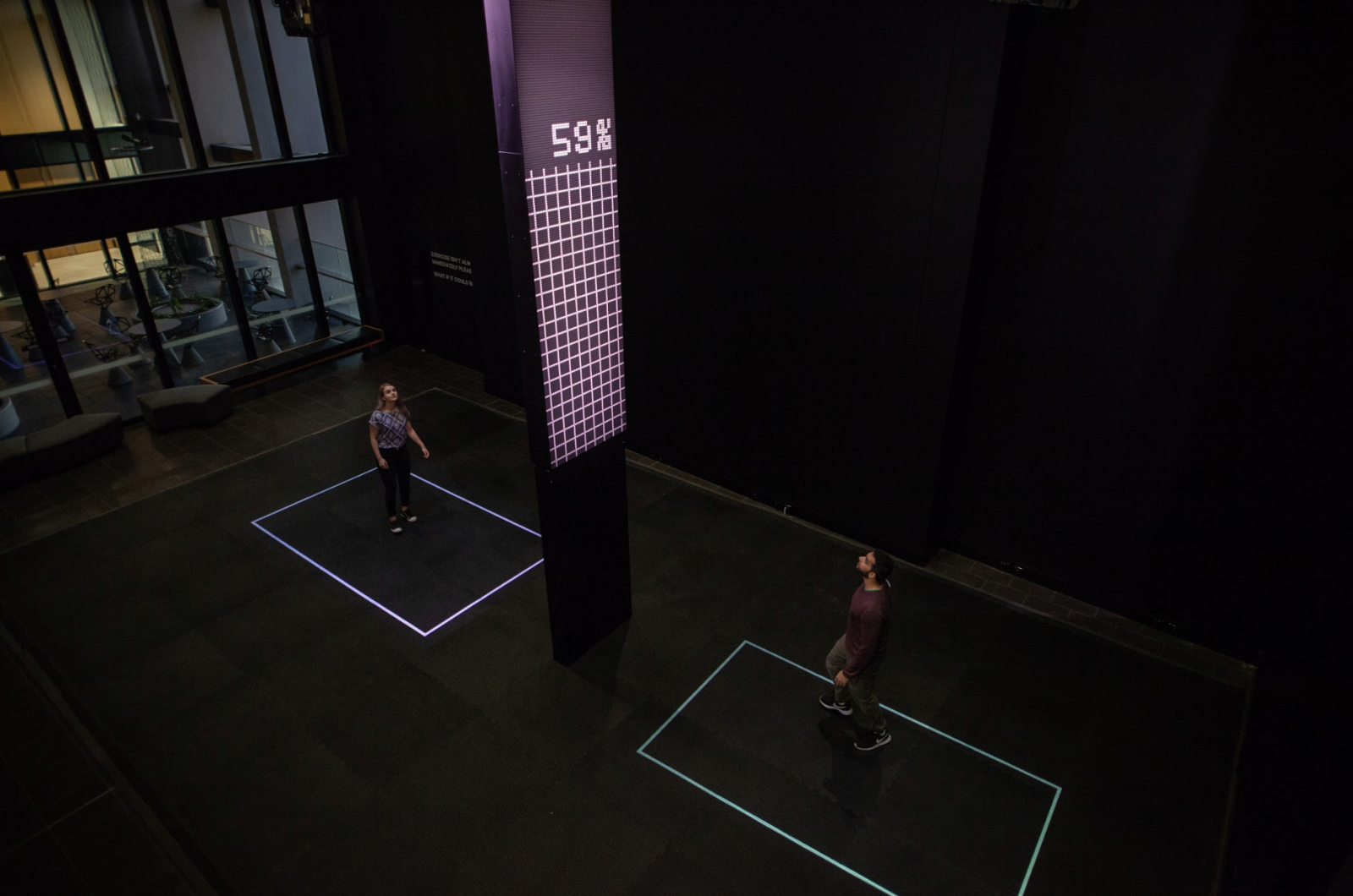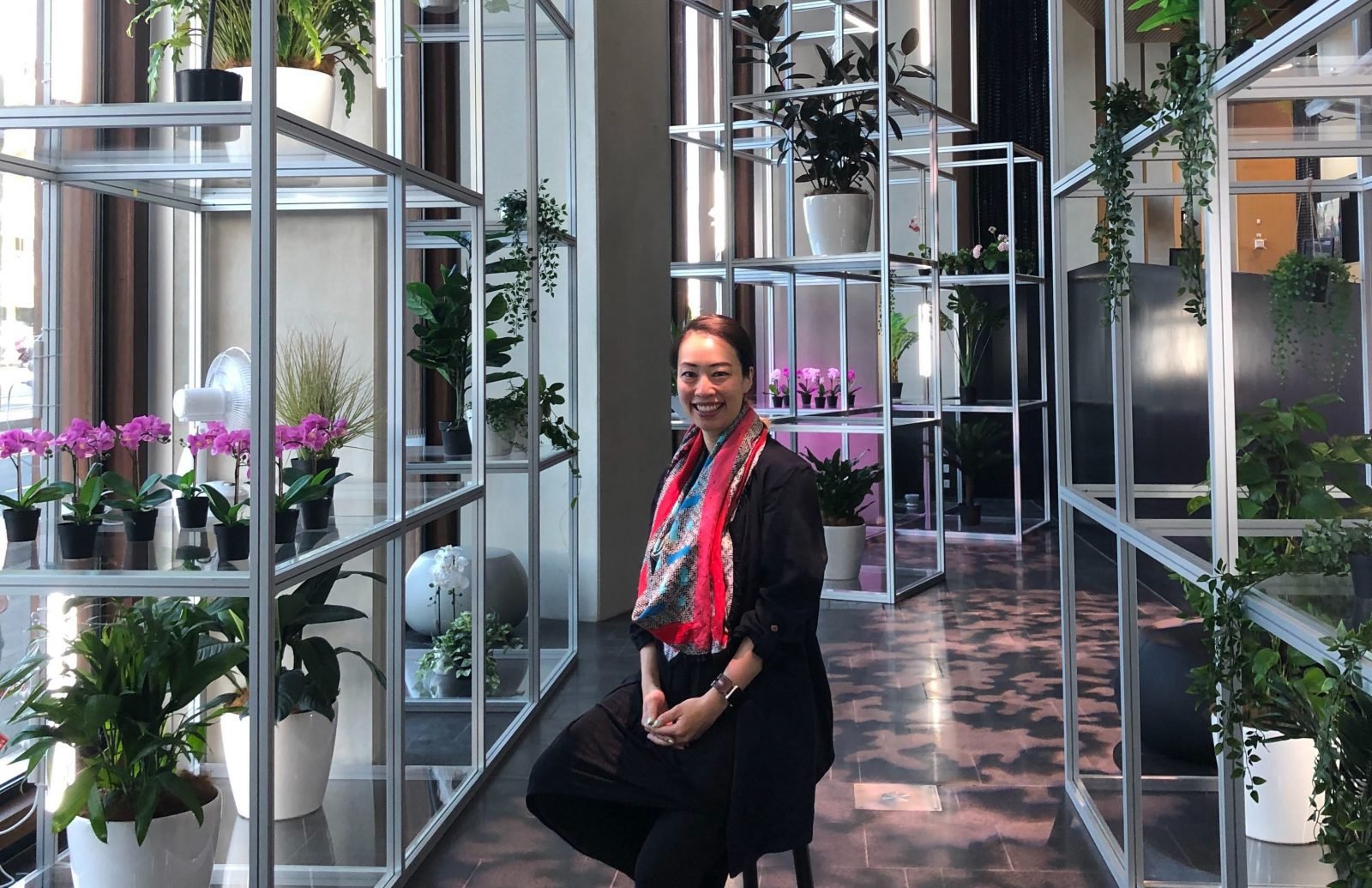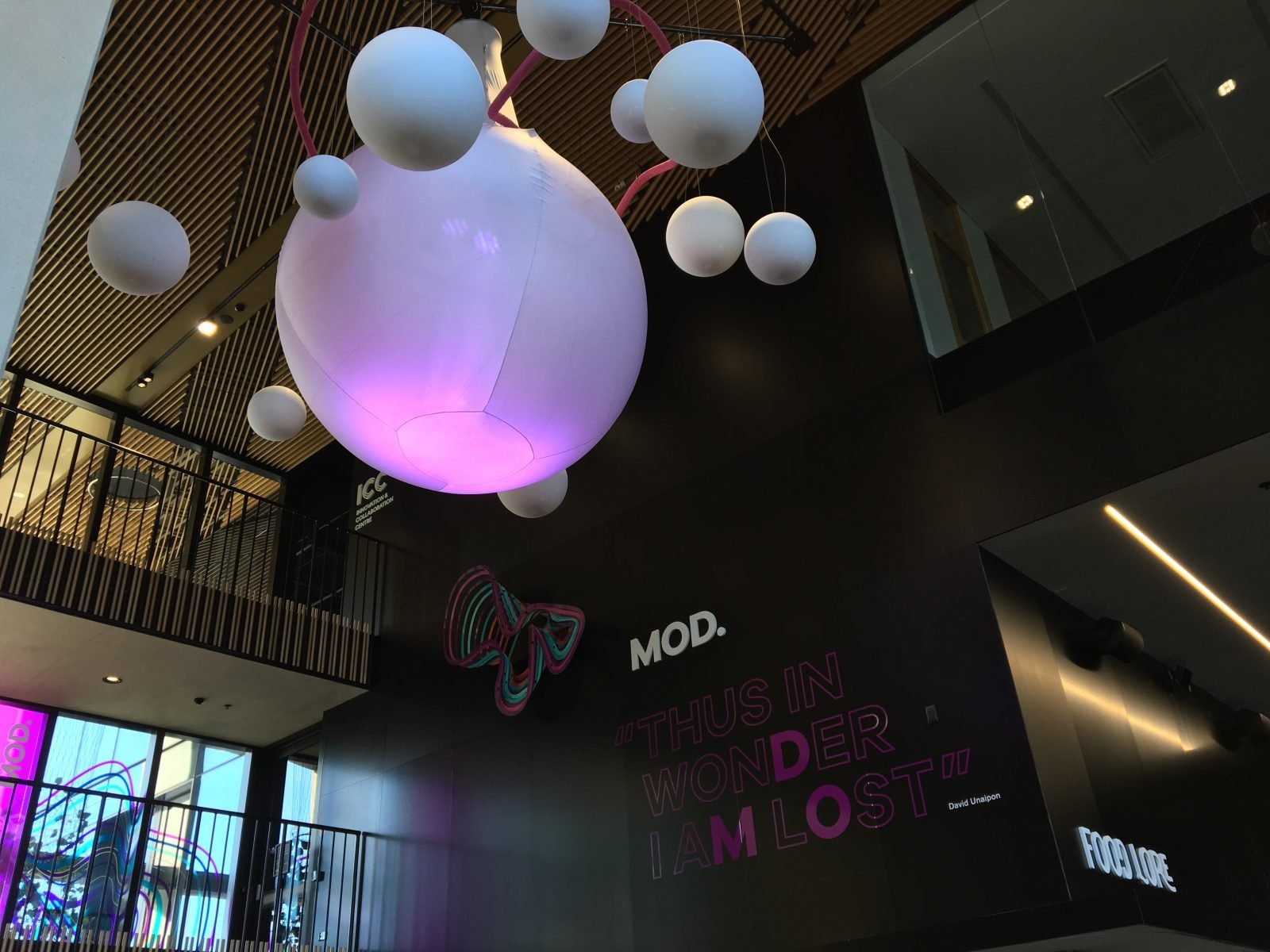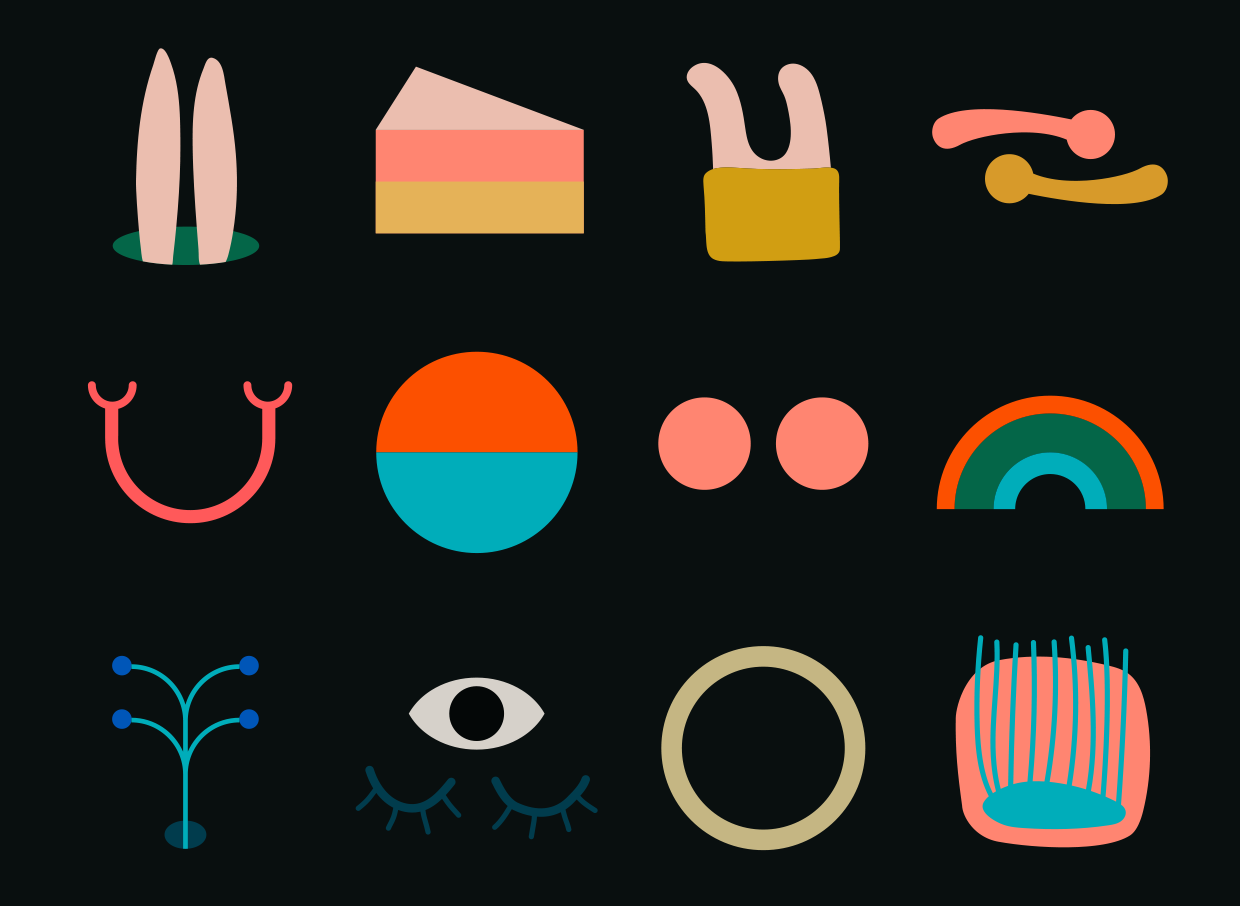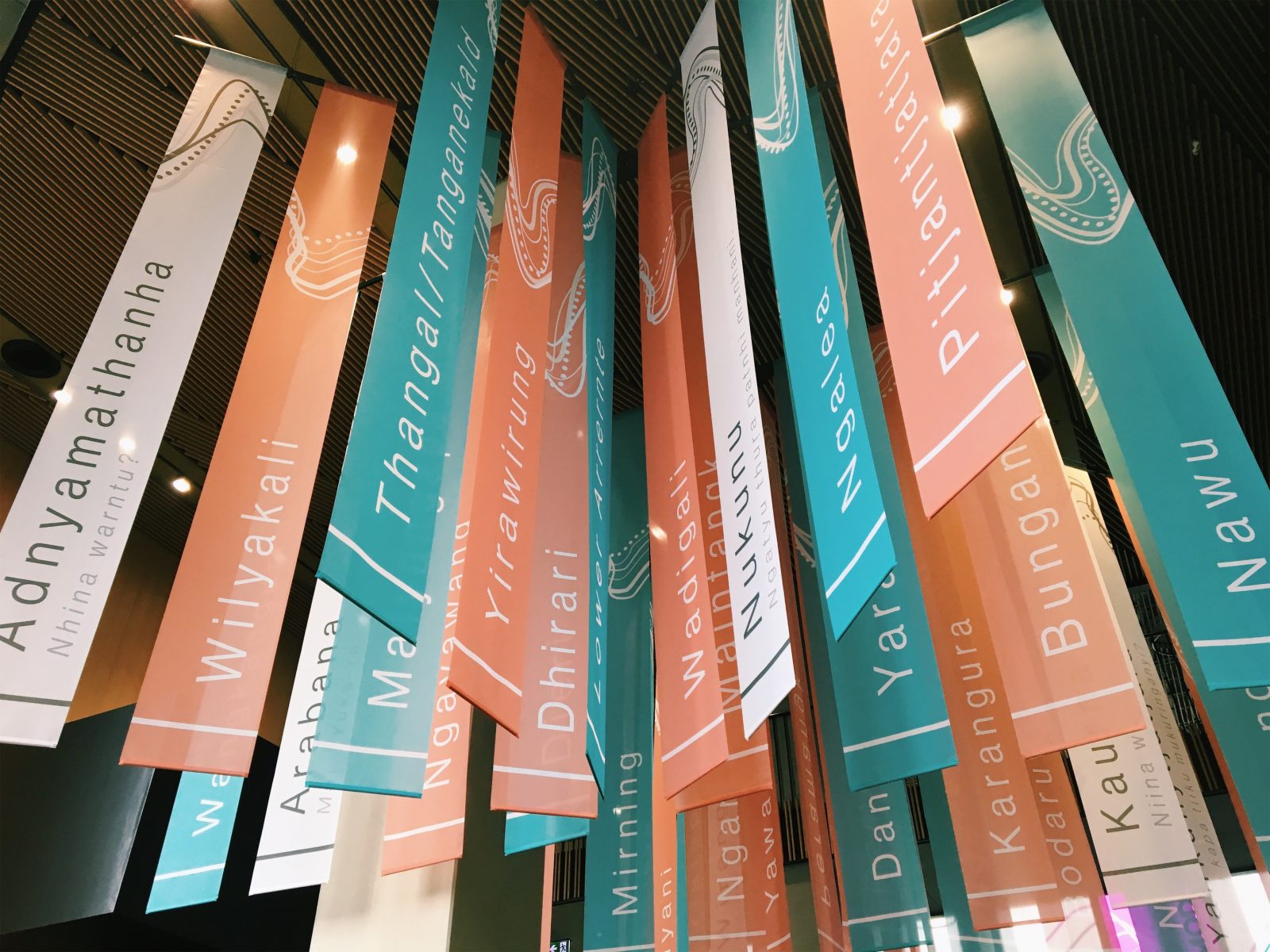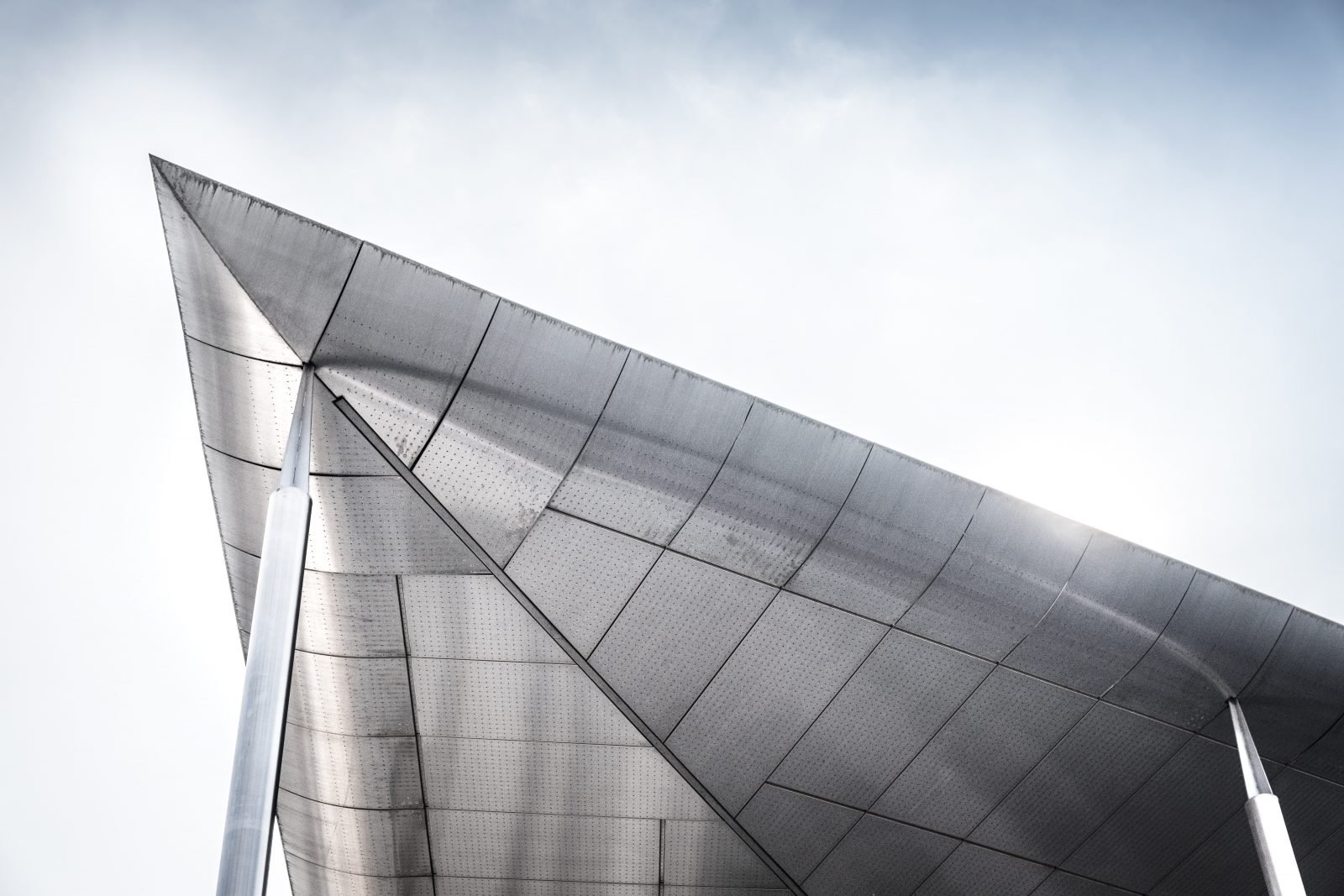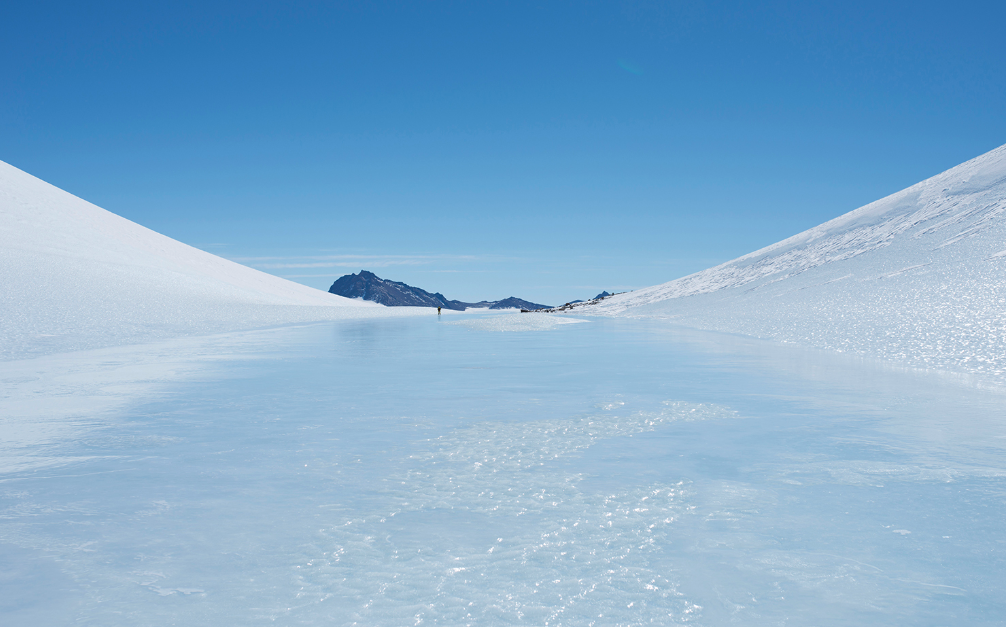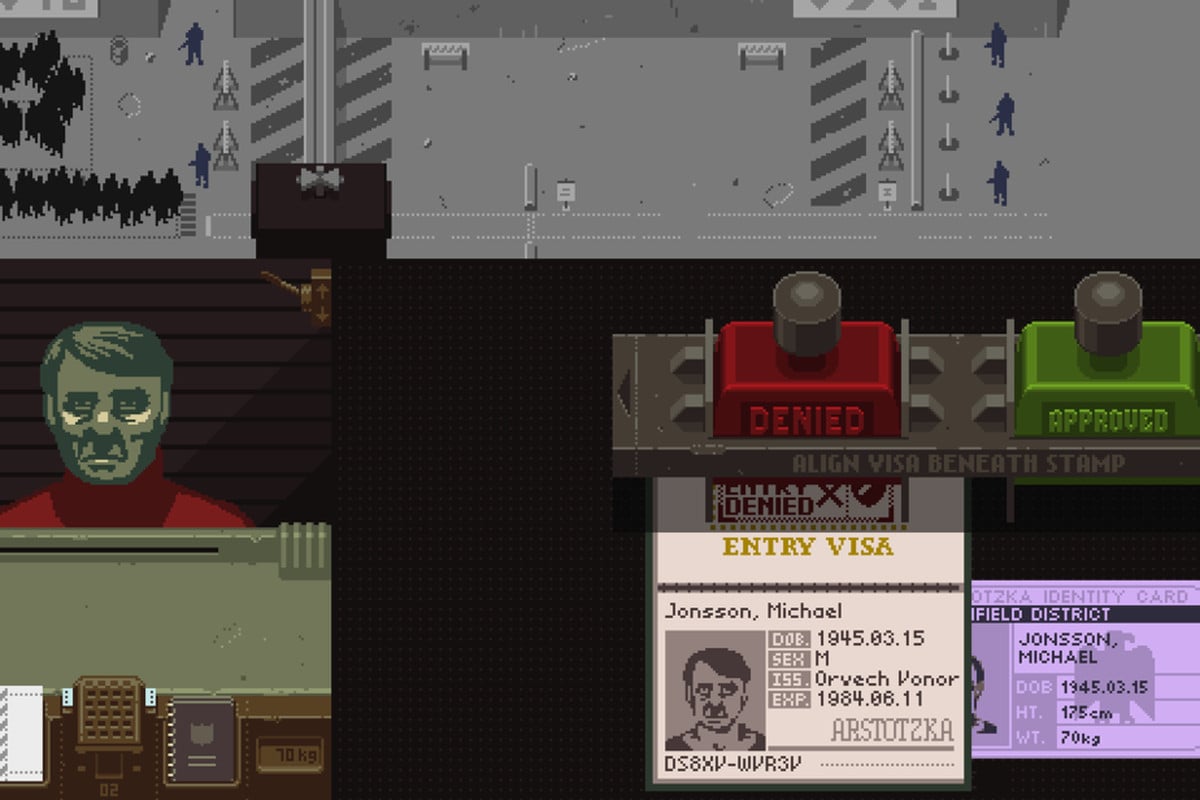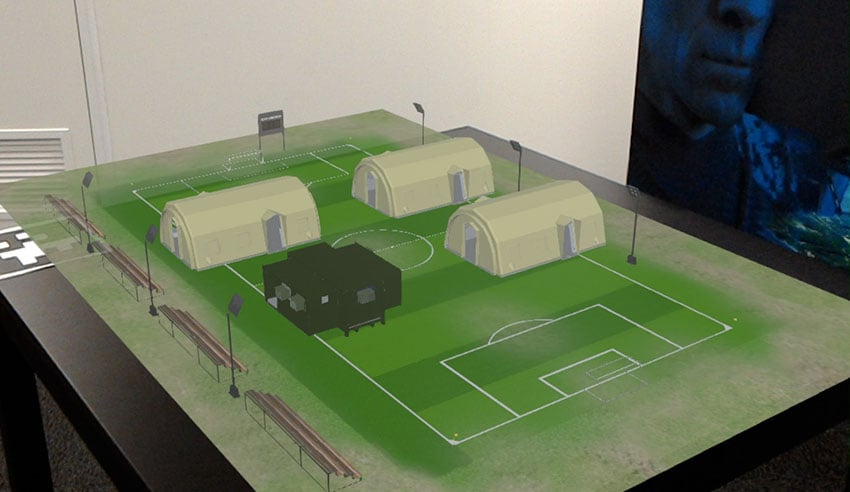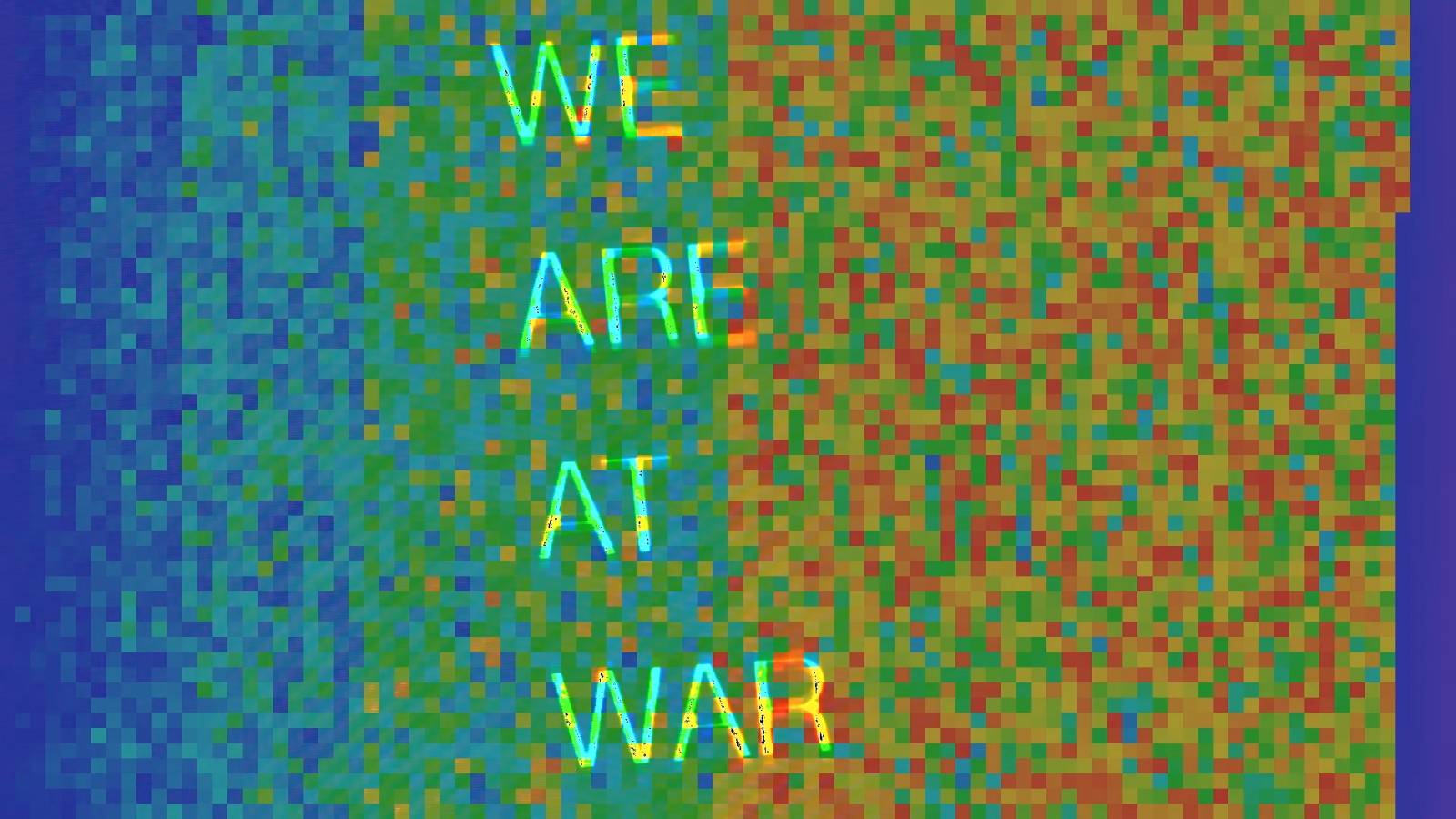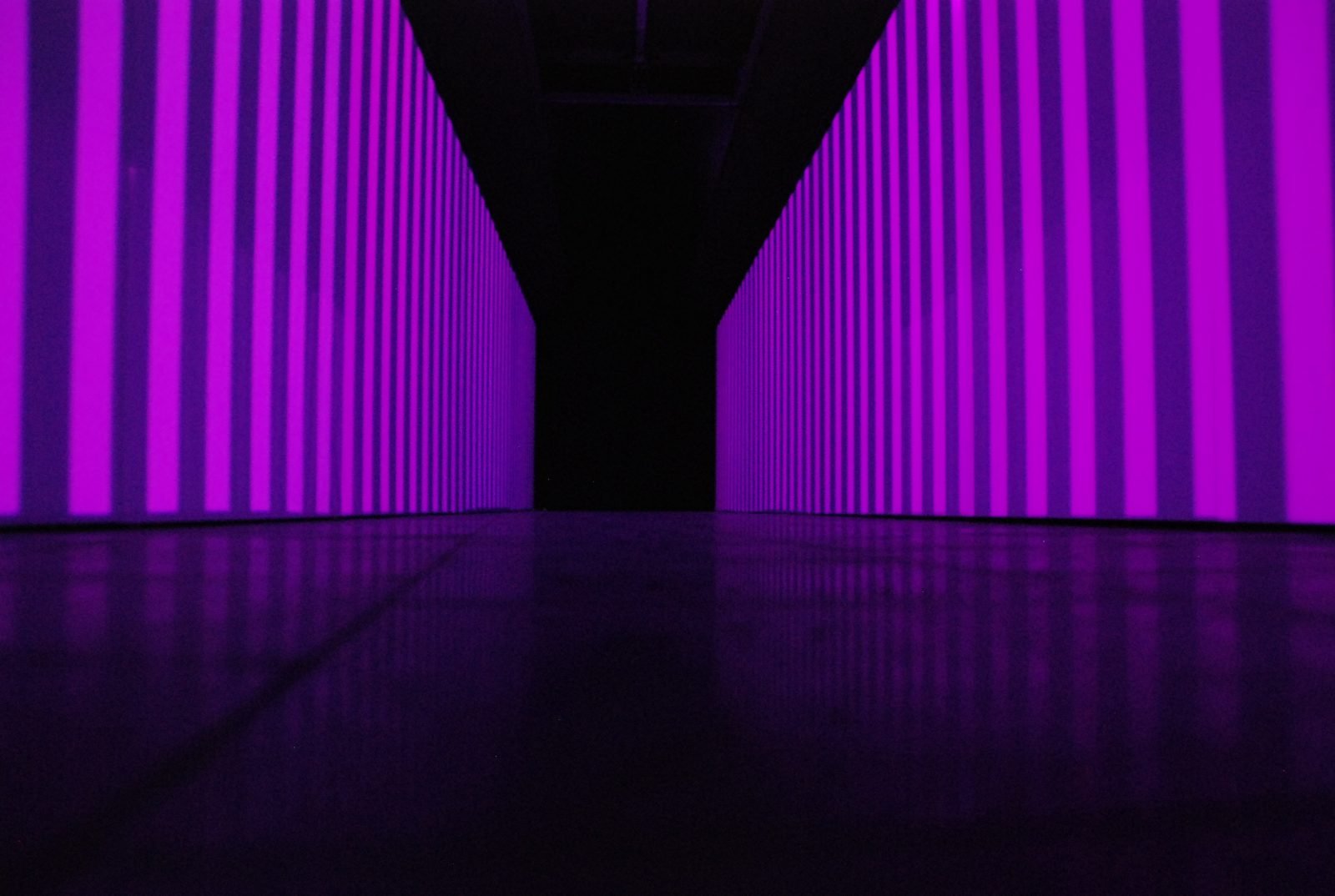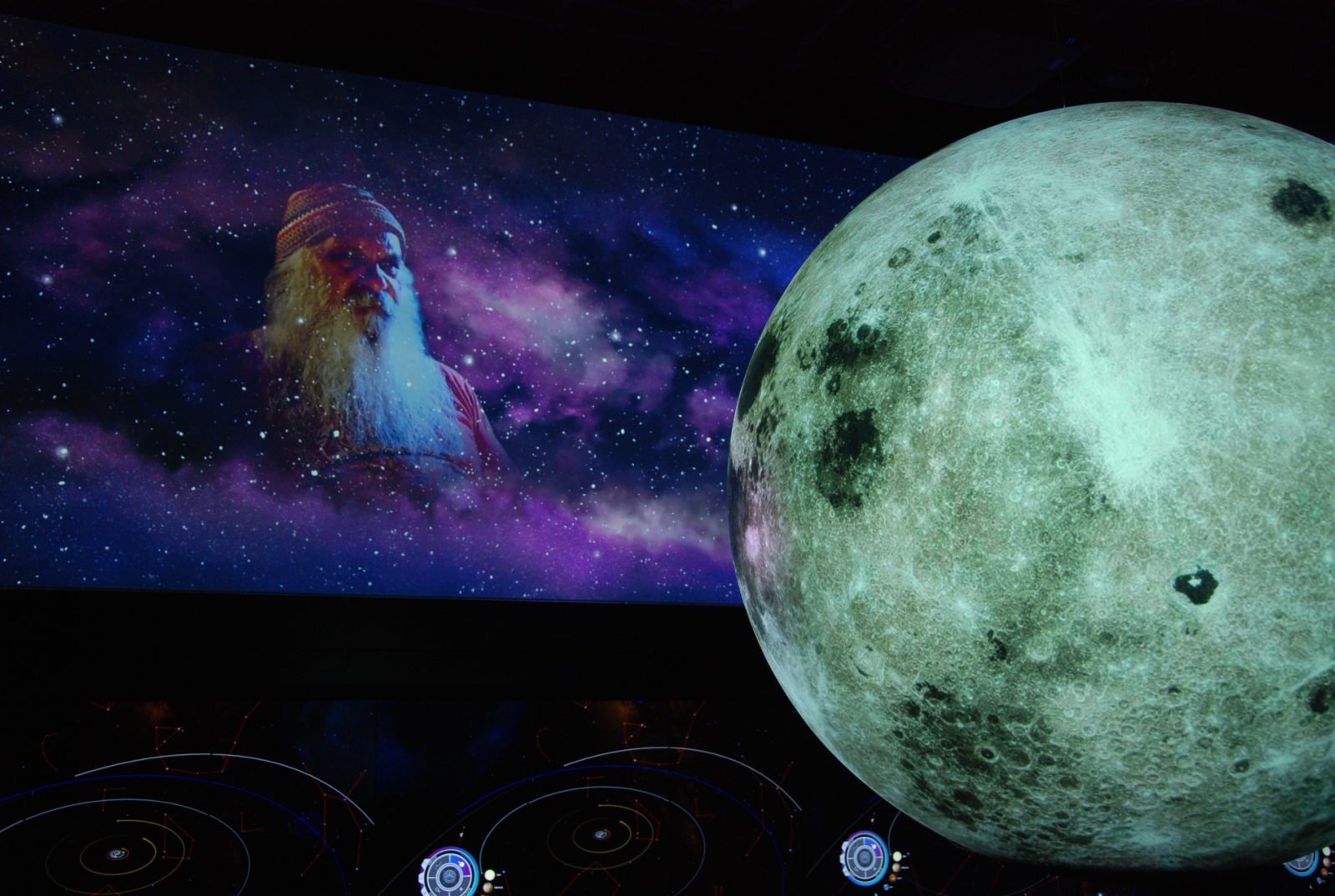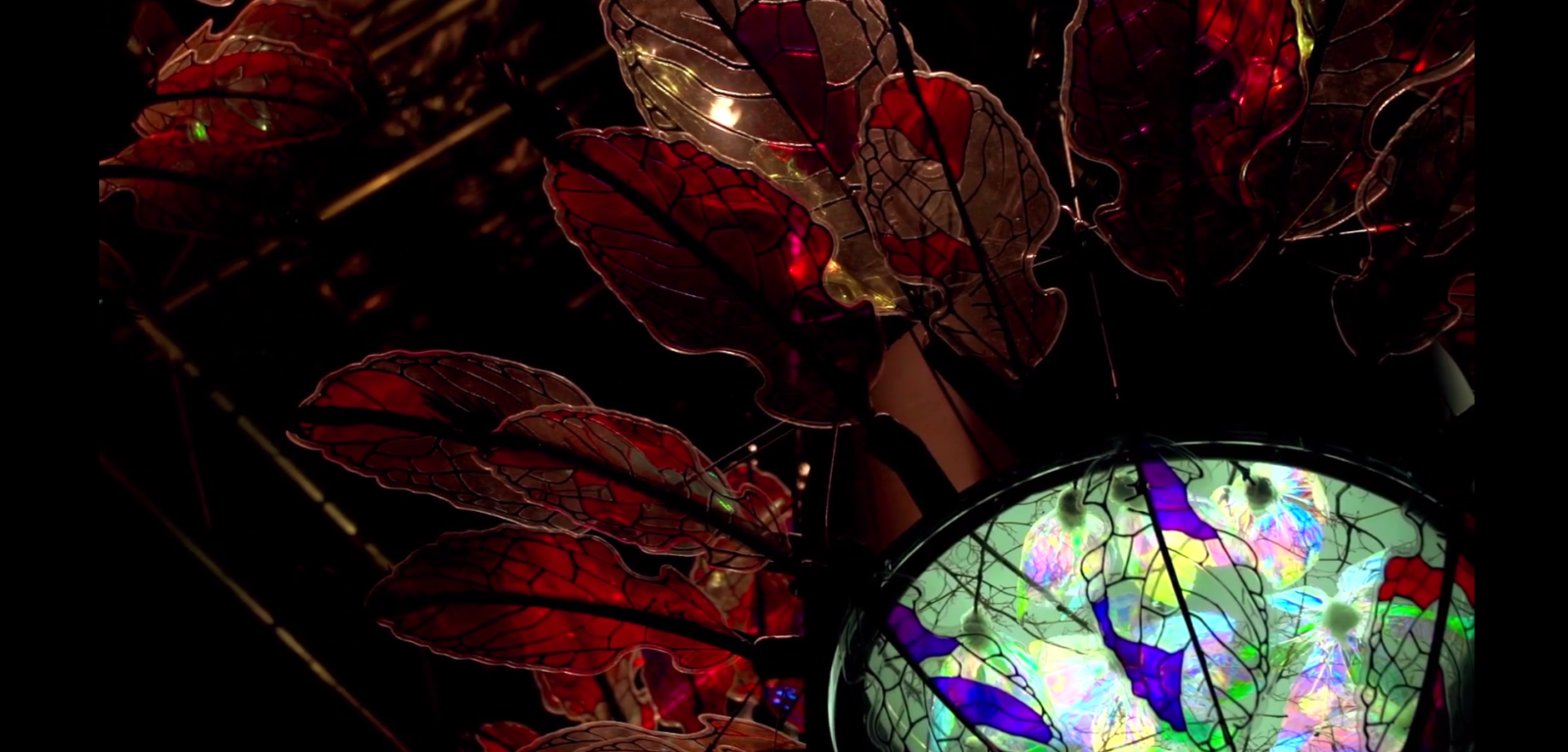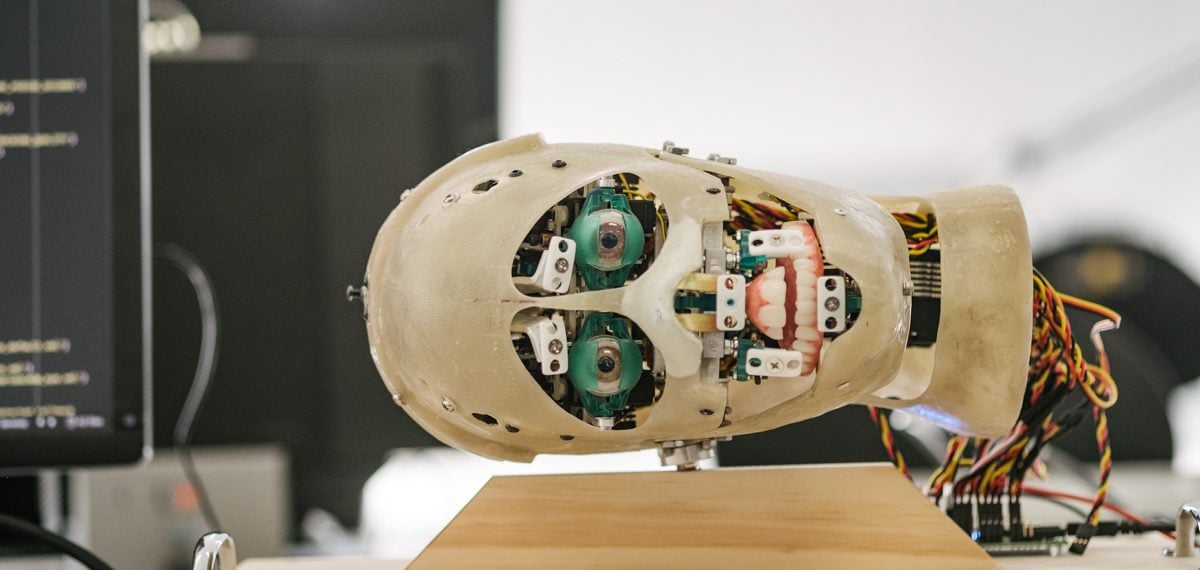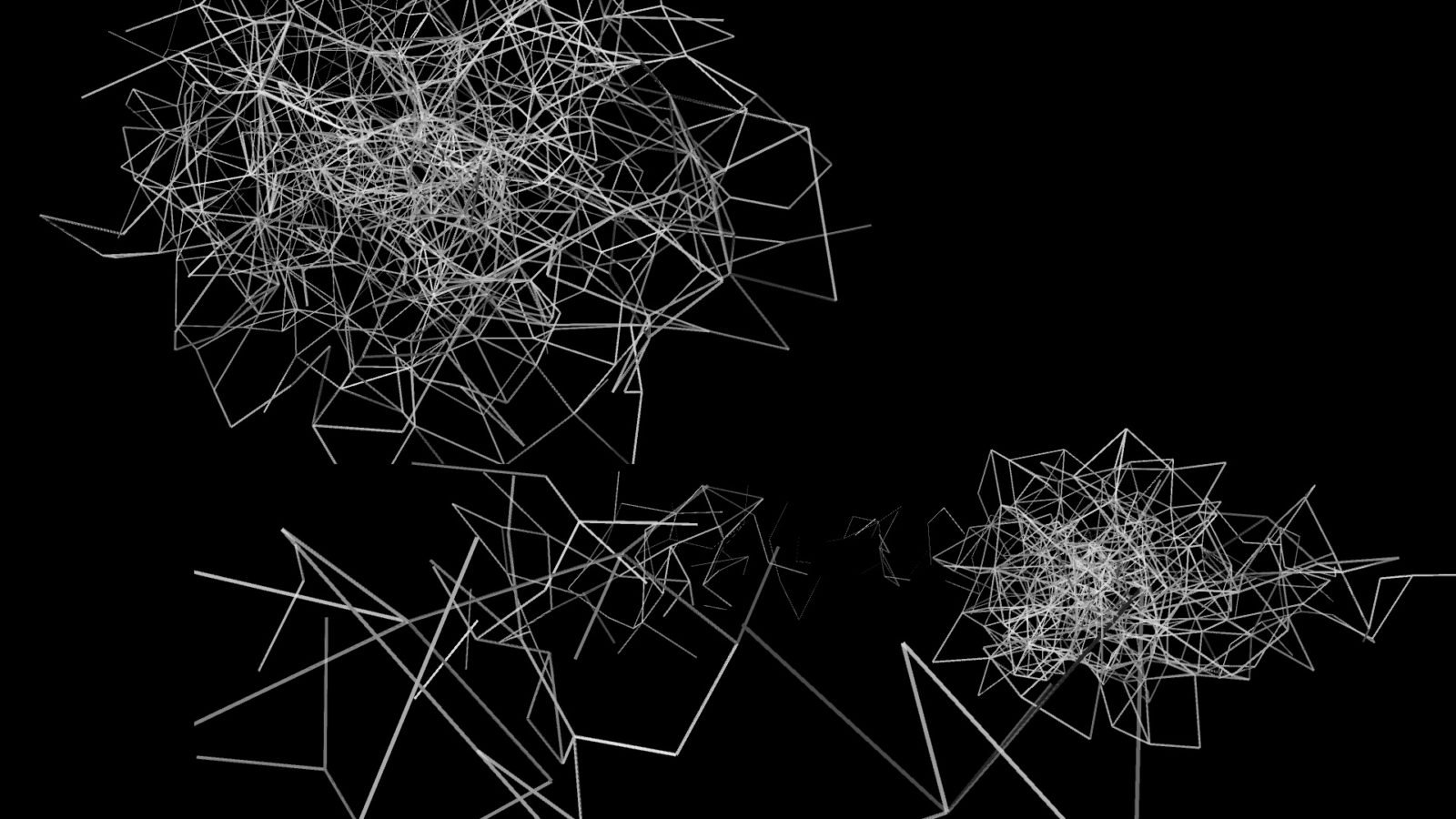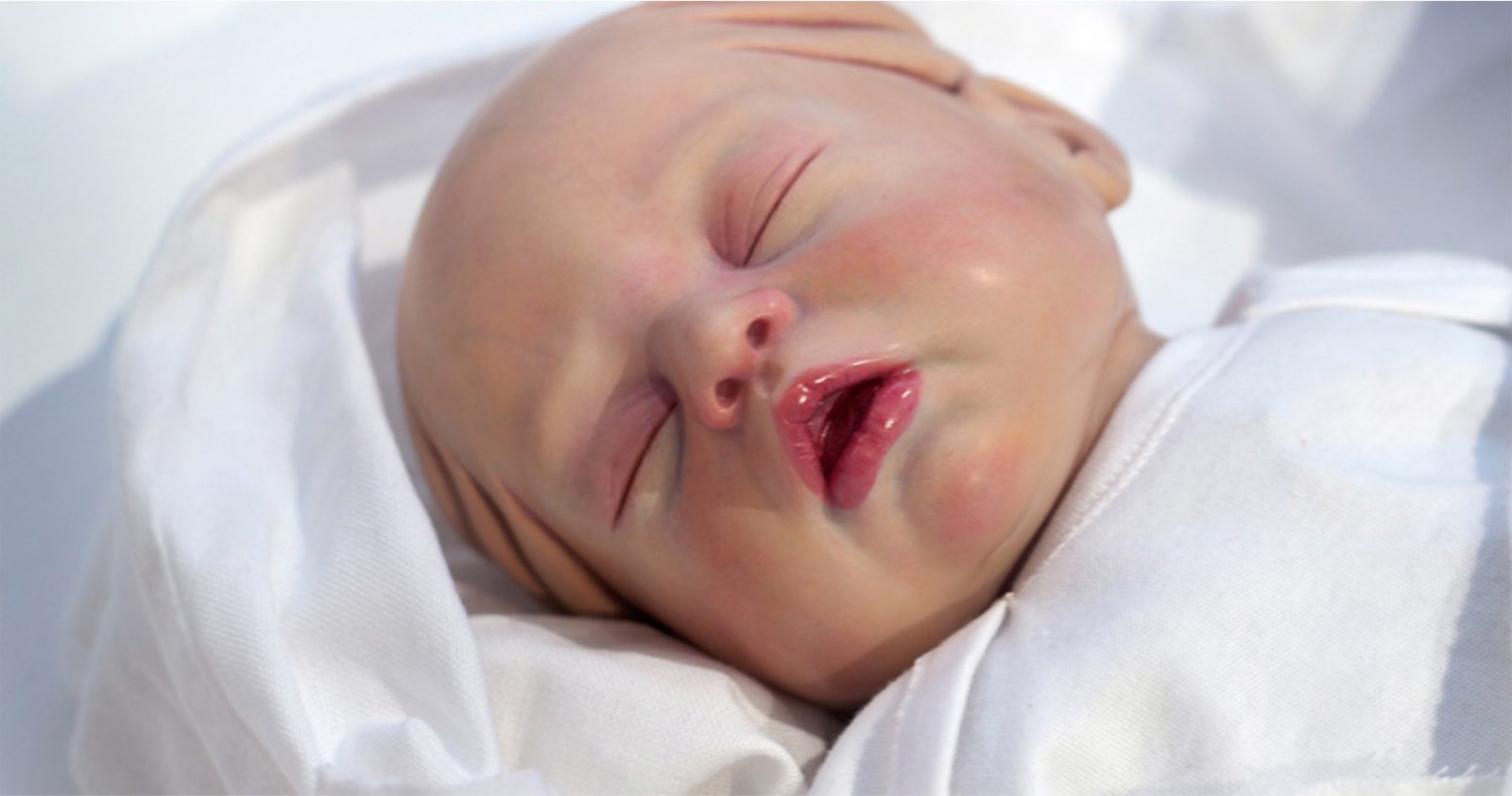Sea-habilitation Transcripts
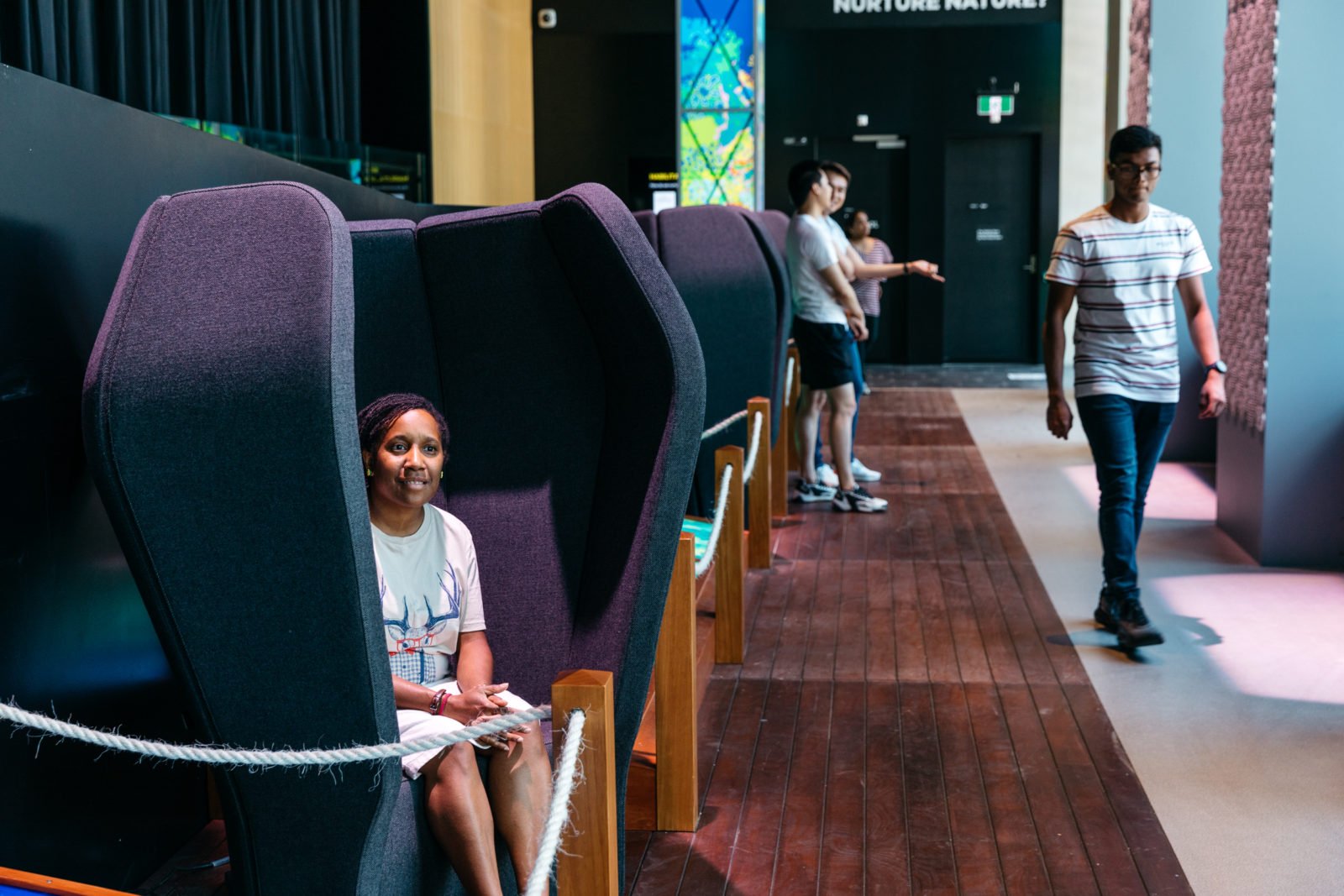
Exhibit Details
- Oil and Gas Platforms
- Living Sea Walls Project
- Oyster Reef Restoration
I always had a passion for the oceans, it always seemed a magical place to me. Summers by the sea, fishing, snorkelling… And then I thought one day I could do this for a living. I think to the disappointment of my school career counsellor, who said, “Peter, we often start life wanting to be astronauts or movie stars or marine biologists. But are these real jobs?” But for me it wasn’t a job, it was a calling. So I’ve stayed in marine science ever since and been looking for how I could make a big difference in terms of how the world works. And for me, this issue of decommissioning oil and gas structures is one of those issues that I think is really a place where I can have some impact.
David Booth, a Professor at UTS, showed me a picture of one of these structures out of the water when I first finished my PhD. It’s big, as big as the Eiffel Tower, bigger. It’s called Bullwinkle. He said, “Do you think these thing should be removed from the oceans when they become obsolete?” And for me, I thought, “What kind of a question is that? It’s a no brainer, of course you can’t leave these things in the ocean.” And then he showed me footage of fish on these structures, fish communities that had been there for decades, that had built up really large numbers and he got me really re-thinking this question of whether or not these structures should stay or go. And the more I got into it, the more I started to realise that in some instances, it might be in the best interest of the oceans to leave them in place.
These structures have the highest instances of fish production in the world — higher than coral reefs, higher than seagrass meadows. They’re a bit like high-rise buildings for fish. It was by accident that these structures became home to fish, they never put them in with that intention. They were there for oil and gas and they were not designed to be habitat for the fish. But for some reason, they just work out quite well for the fish. This is probably a new opportunity we have as we start to put things in the ocean to think about how we design them to maximise their habitat value.
When you do that, you start to realise just how much we as humans have altered our marine ecosystems through commercial fishing. I snorkelled around a marine park up in Lizard Island, where fish have been protected for a very long time. I saw all these species that I didn’t realise grew that big! I’ve been snorkelling all around the world and there were fish that I thought only grew this big, about 20cm, but these things were monsters! They were huge! I think for me that really brought home the power of protection.
If these oil and gas sites are attracting fish or if they’re producing more fish, then they are really important. Then there are the aesthetics. We’ve got these structures in the first place, how do we feel about that? But I think there’s a chance that there could be basic marine species on them, and maybe these structures are acting as stepping stones which could facilitate their migration.
But then there’s the risk of contaminants entering into food webs. We could see these structures also alter natural ecosystems, we’re not supporting a natural food web. You’ve got a lot of big, hungry predators as we have seen in the Golf of Mexico. There are a number of potential negative sides of the issue, but we need to start to work through those and weigh up the positives and negatives and see where we stand on this.
I really love it when our decisions are based on transparent, robust science. I think it’s a timely moment to consider the environmental risks and benefits. We don’t know enough to assume that’s what’s been found in some places will apply here in Australia. We need to understand our own structures here first. A lot of these rigs need to be considered in a case by case basis. There might be instances where they’re great artificial reefs, where others will be lousy.
— Peter Macreadie
At the Reef Design Lab we look at questions through a design lens, but collaborate with researchers to answer both research and design questions. Our specialty is to look at ways to use digital fabrication with traditional techniques to produce products and sculptural pieces that answer these questions.
For the Living Sea Walls project, we used traditional 3D printing and then made these digitally fabricated moulds which we then produce en masse to answer a lot of research questions.
The design process starts off with a conversation between designer and researcher so that we can workout what we are looking to construct. We start off with a lot of sketches and we quickly move into the computer and use CAD to design the structure. We 3D print smaller units for testing to make sure we can mould it. Once we have finalised the design, we will 3D print it and use that to create a flexible mould that we can hand over to a pre-caster who can mass produce them.
We have created these different structures like ridges, the researchers looked at the specific size between ridges that will get colonisation.
We also looked at swim through structure, which you naturally would get on shore lines, which is what we have done with swim through panels. I think the honeycomb design again is a clear structure that you would see on the natural sandstone shorelines.
The water retaining in the rock pool panel is a great example again of what you would naturally find on these sandstone natural shorelines. As you get a lot of erosion, you get a lot of these small rock pools that form. These ones have also been the most interesting from a biological perspective. They retain water, so it helps to cool down the wall as well. Aesthetically, we are looking at this project like a green building and how can we take that concept and use it on sea walls. That’s where the rock pool panel displays that best.
— Alex Goad
I’m a Researcher Associate at the Sydney Institute of Marine Science (SIMS). The Living Sea Walls program is a flagfish research initiative. It’s a collaborative project with SIMS, Macquarie Uni, and UNSW. It builds on decades of research done in Sydney Harbour about ways to improve the ecological value of marine infrastructure, specifically sea walls which we have a lot of. Early projects were looking at smaller, more experimental ways to enhance biodiversity on seawalls and now we have built on that knowledge to scale up eco-engineering of sea walls to larger and more meaningful scales. That’s what we have done in this new collaboration with reef design lab and the sea walls program.
Eco-engineering is using ecological principles to try to enhance the structure or value of a built structure to the environment. You might see this on land with green buildings or grooves, but the same concept can be applied to marine structures as well. It’s actually very important we don’t forget about these structures just because we can’t see them as easy. Having a flat wall or surface can be really detrimental to native biodiversity, so we can use those same concepts to eco-engineer these structures to provide more valuable ecological habitats.
The Living Sea Walls habitat panels have been designed using ecological principles. We have gone out to survey shorelines and look at the features we see there. The closest natural analogue to a sea wall is a sandstone rocky shore, which have have across much of Australia. The different designs of the habitat panels mimic habitats features you will observe in nature. For example, when sandstone is weathered you will get natural pits that form that mimic the honeycomb panel, or form crevices or ridges for those two design. We know rock pools are really important supporting biodiversity because they retain water and create a cool habitat, especially in intertidal. The swim through panel is more abstract, but if you think of the nooks and crannies of natural habitats, so these mimic the 3D structure that fish can swim between and go behind. They all have a fine micro-texture on them as many invertebrates prefer settling on this spot of surface.
There are 25 panels at Port Adelaide that are attached on different frames. They have a variety of habitat designs. The major benefit of Living Sea Walls is you’ll see there’s not a lot of growth on the adjacent sea walls. We’re hoping that by having habitats panels it will be more beneficial to the native environment as the complexity will help to attract invertebrates, sea weed, oysters and mussels, and mobile species, like snails and crabs.
In other sites, after 6 months there was already greater species richness on the tiles compared to regular sea walls without the panels. They enhanced the space very quickly. Additionally, after 12 months we began to see that these panels were becoming more similar to rocky natural shores than sea walls without panels attached.
— Maria Vozzo
Over the past decade remarkable progress has been made in the uptake and success of shellfish restoration efforts globally. This is the core focus of my work in South Australia. Globally, around 85% of shellfish reefs have been lost from coastal areas, with a loss of 99% of shellfish reefs from Australia’s coastal waters.
These reefs are the most threatened marine habitat on Earth. Pre-European settlement, oysters covered coastline from Queensland all the way down the southern coast and through to Perth. We know Aboriginal people ate oysters and the discovery of ancient shelves are often found today, dating back 10,000s of years. There are also many first settler accounts that document the expanses of oyster reefs. Oysters were a cheap, accessible food source for early settlers. The settlers used rakes and chains to scrape the living layer of oysters off the top of the reefs. Once this living layer was removed, they’d move to the next location leaving the reef devoid of life. It didn’t take long for this impact to be noticed. In South Australia for example, just 17 year after settlement the first piece of legislation was drawn up protecting oyster reef destruction. By the 1940s wild oyster ecosystems had collapsed.
In the gallery you can see oysters which are filter feeding. These shellfish are excellent filter feeders, what they do is draw particles such as algae from the water and deposit that they have digested onto the reef. Oysters have an incredible filter feeding capacity, one oyster can filter about a bathtub of water every day. If you can imagine billions of these oysters placed into our Gulfs and estuaries what an incredible ecosystem service they can provide. One hectare of restored reef can filter 27 billion litres of water. So that’s just an incredible benefit going back off our coastlines.
In addition to the filtering, oysters also support the growth of important fish species, like snapper and King George whiting. But they also improve water quality, reduce coastal erosion, and increase biodiversity. The good news is that these reefs recover and the Nature Conservancy has been working with project partners around the globe for the last 20 years. to build and restore these reefs and their natural functions.
The restoration projects in South Australia are part of the Nature Conservancy’s reef building projects that aims to rebuild 60 reefs in six years across Australia. If successful, this would make Australia the first nation to recover a critically endangered marine ecosystem.
Restoration involves firstly constructing a reef base made from various sizes of limestone boulders. Typically anywhere from a football size up to a really large boulder get placed onto the sea floor. This provides elevation and a hard surface for oysters to attach onto. This mimics natural shell hash that is formed by generations of oysters rooting onto themselves. The oysters create a 3D reef and micro-habitat for fish, crabs, and worms, as well as macro-algae and sponges. We seed the base with oysters until we meet a target density through either a combination of natural recruitment — that’s oysters that come from wild populations — or reared oysters. Our target density is 50 oysters per metre squared.
This sits in contrast to artificial reefs which are made from concrete and metal, resources which are put back into the environment. The difference is we know that natural ecosystems when built increase fish production, and rather than artificial structures which simply aggregate fish. Over the long term building natural ecosystems has a better benefit for marine environments.
Our new shellfish restoration project is happening off the coast of Glenelg at around 7m depth. This is the second restoration project in South Australia and will be composed of 14 different reefs across an area the size of Adelaide Oval. These will vary in sizes, ranging from 10m up to 35m. They’re 10m wide and about half a metre off the sea floor. These will be built with limestone boulders and seeded with over 1 million juvenile native oysters that have been raised at SARDI at West Beach.
— Anita Nedoskyo


